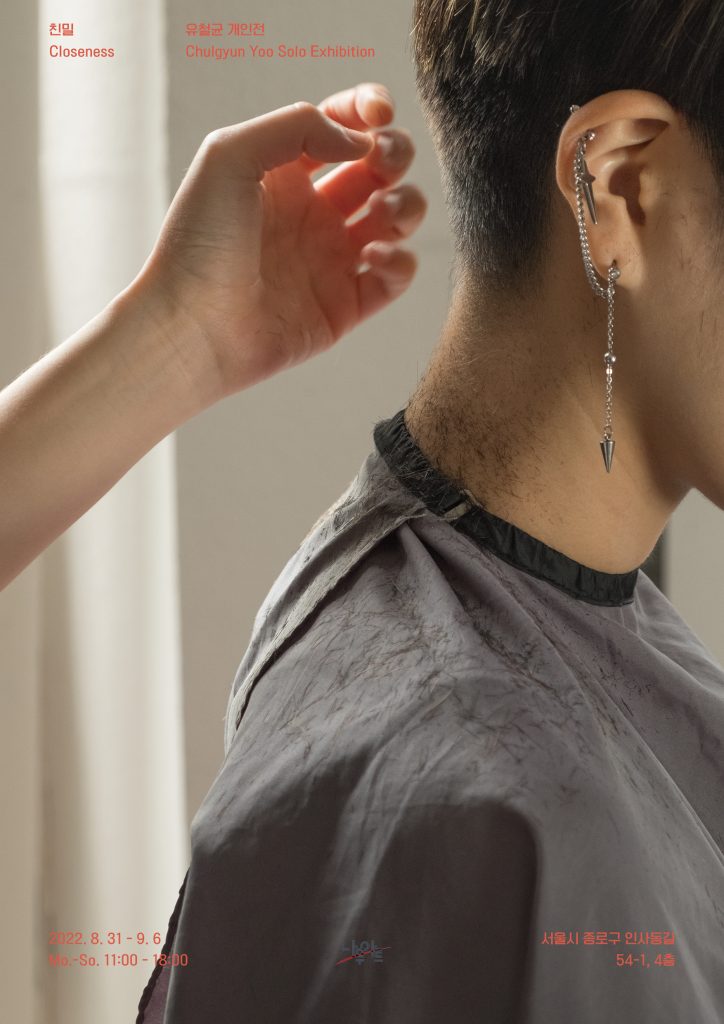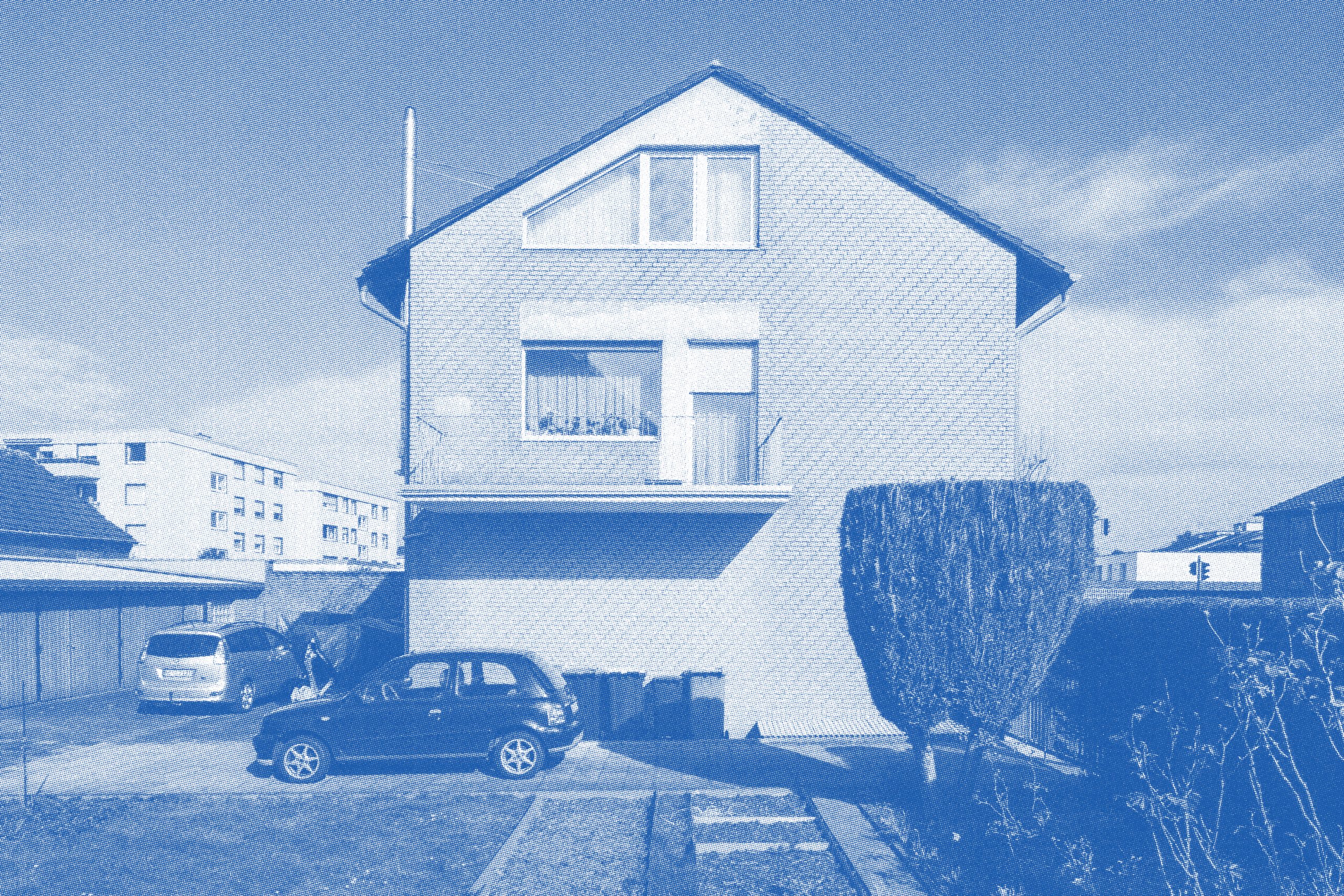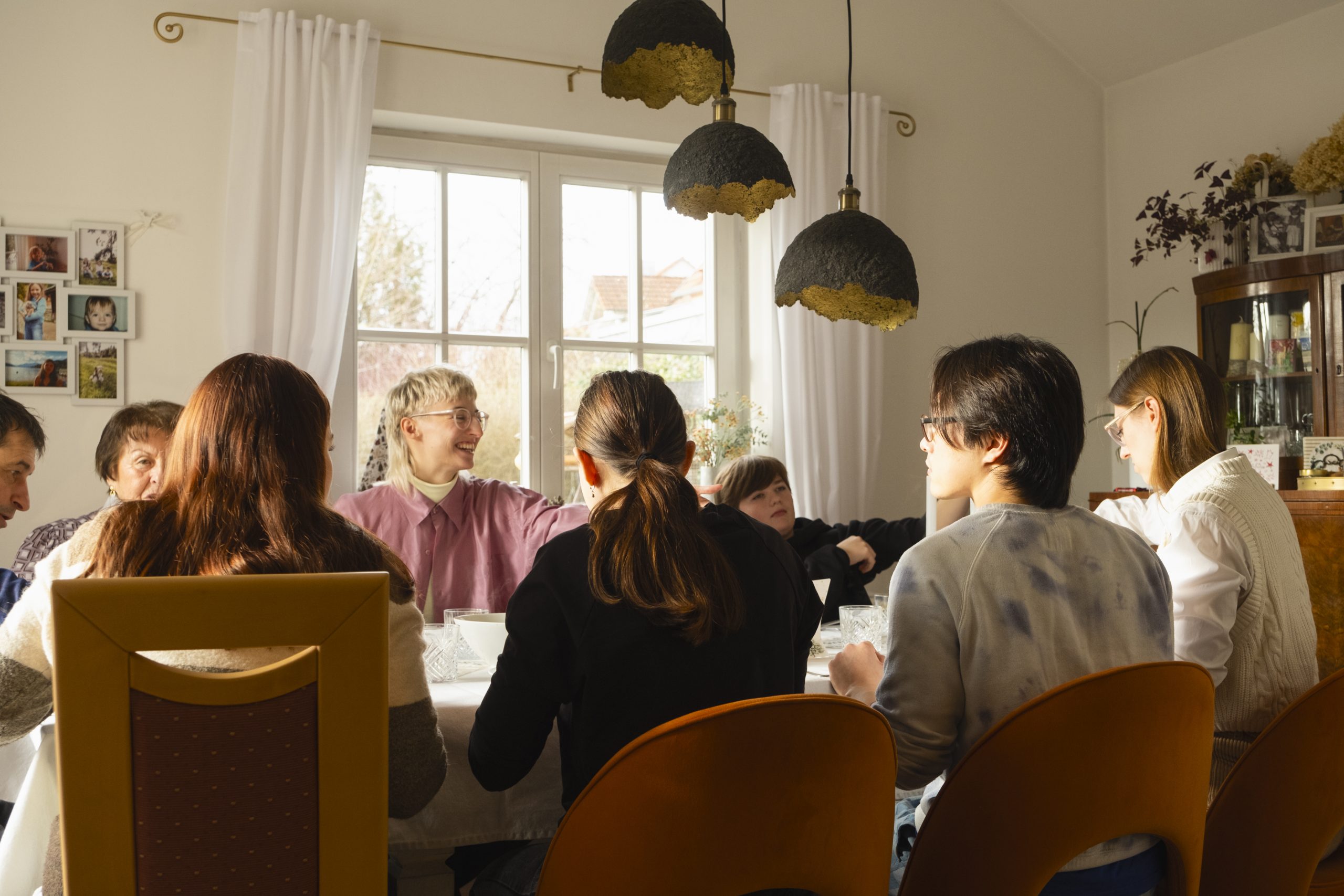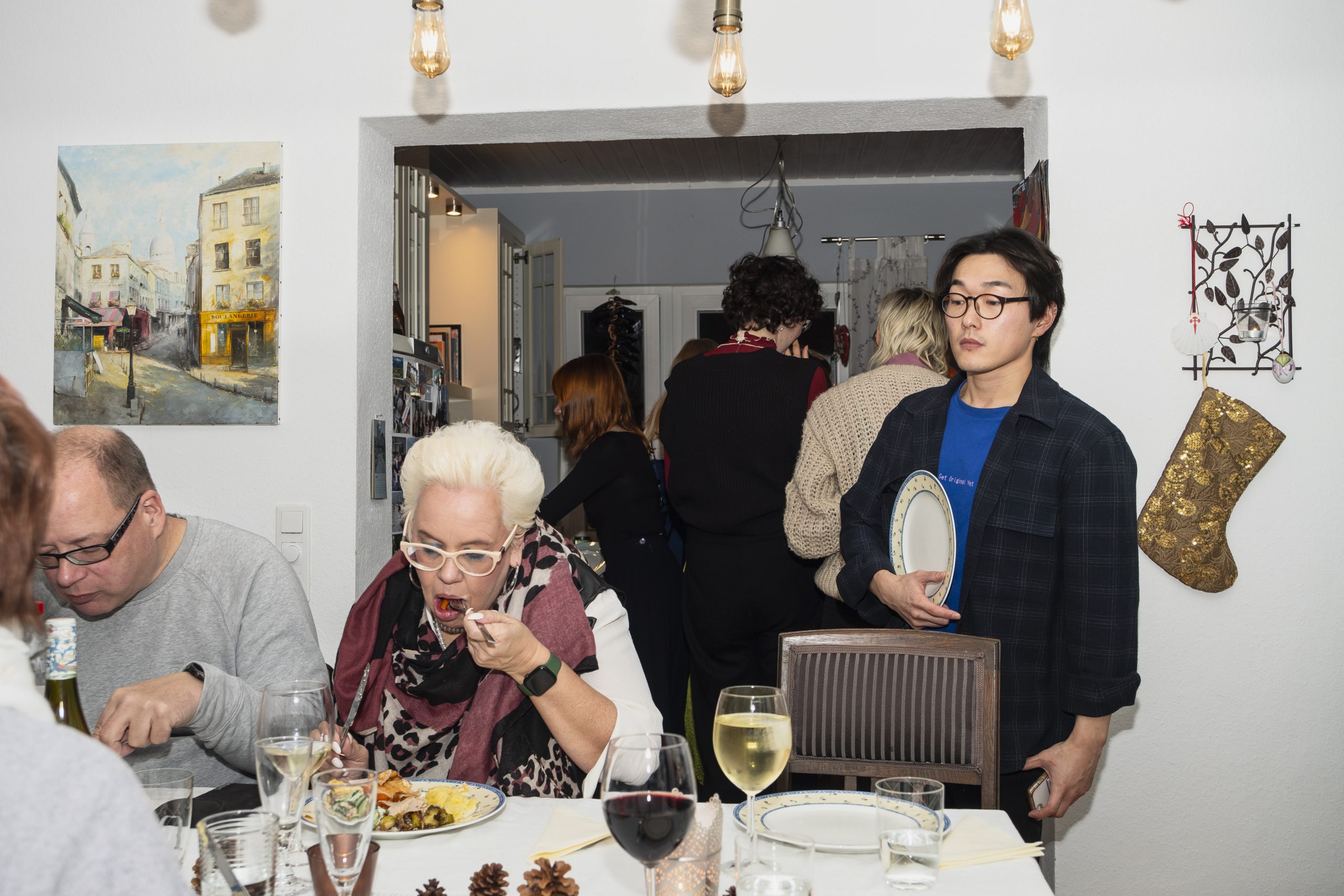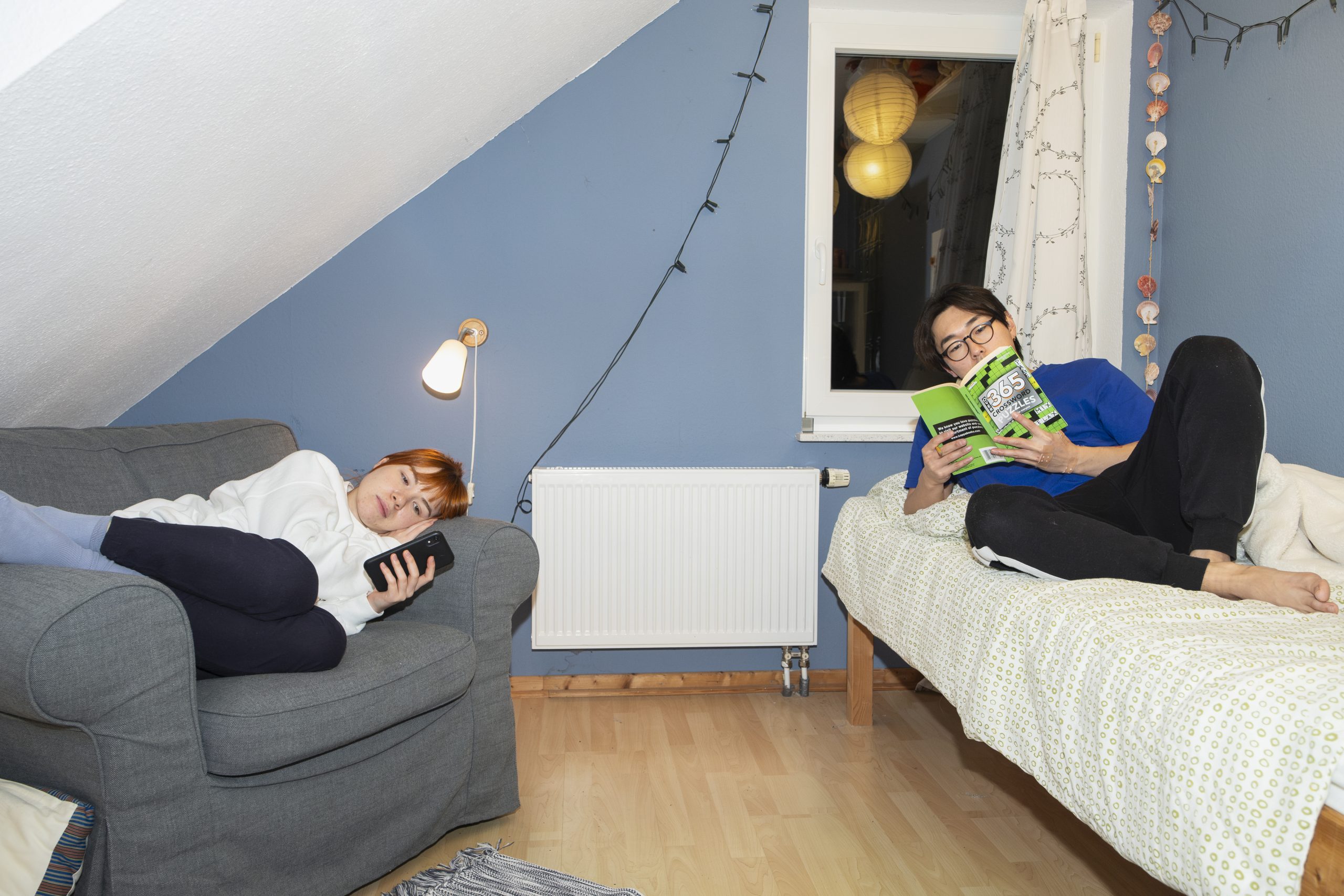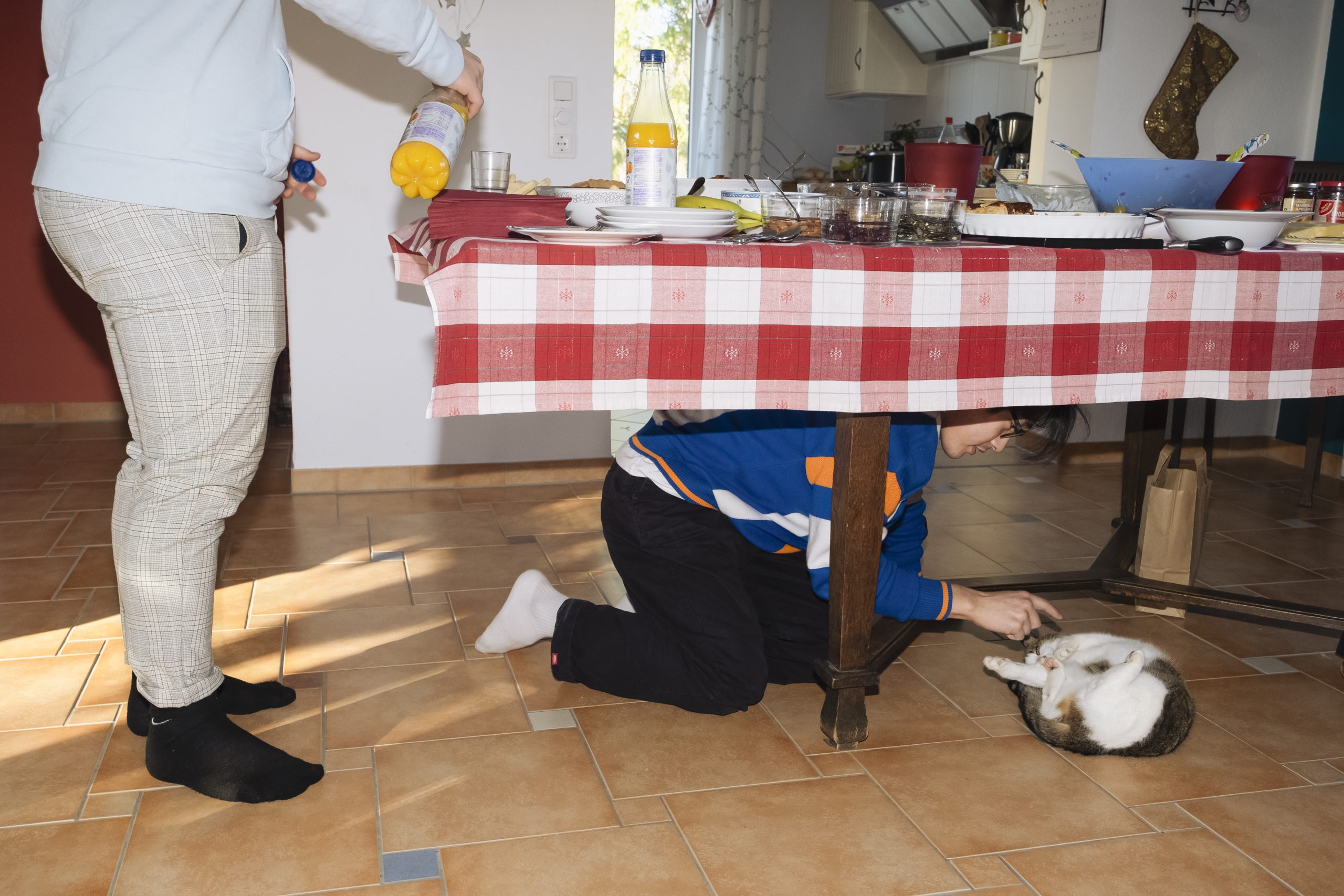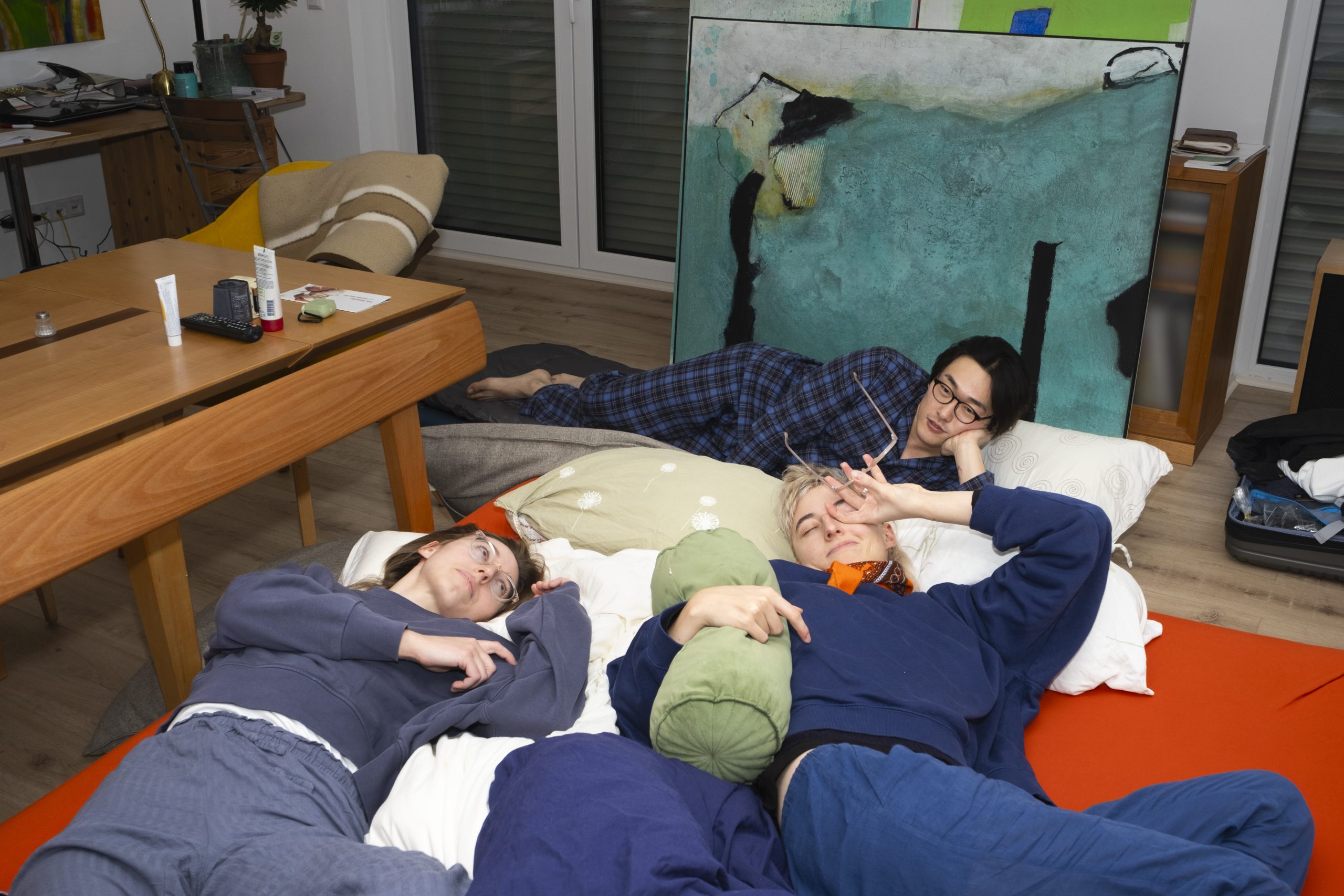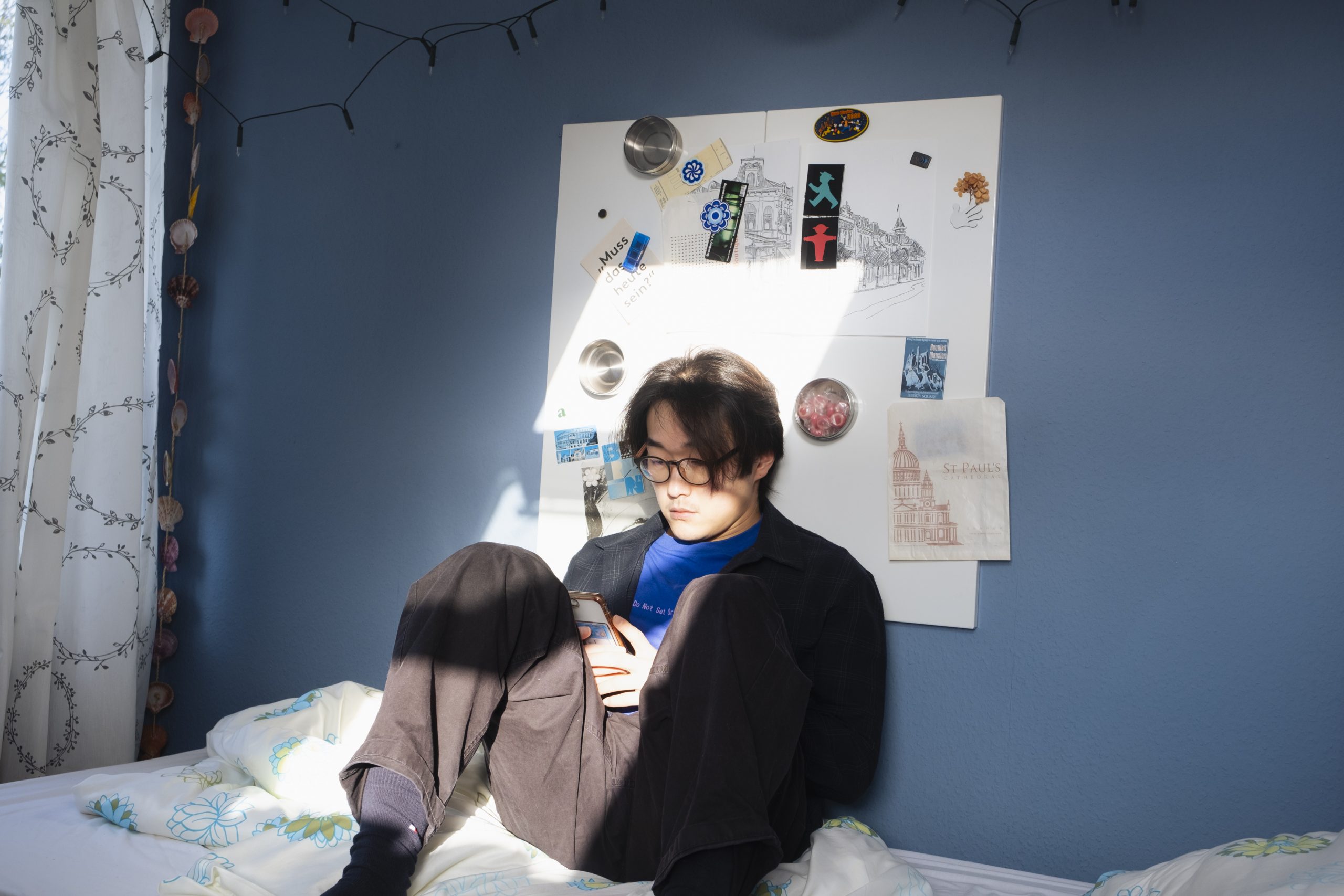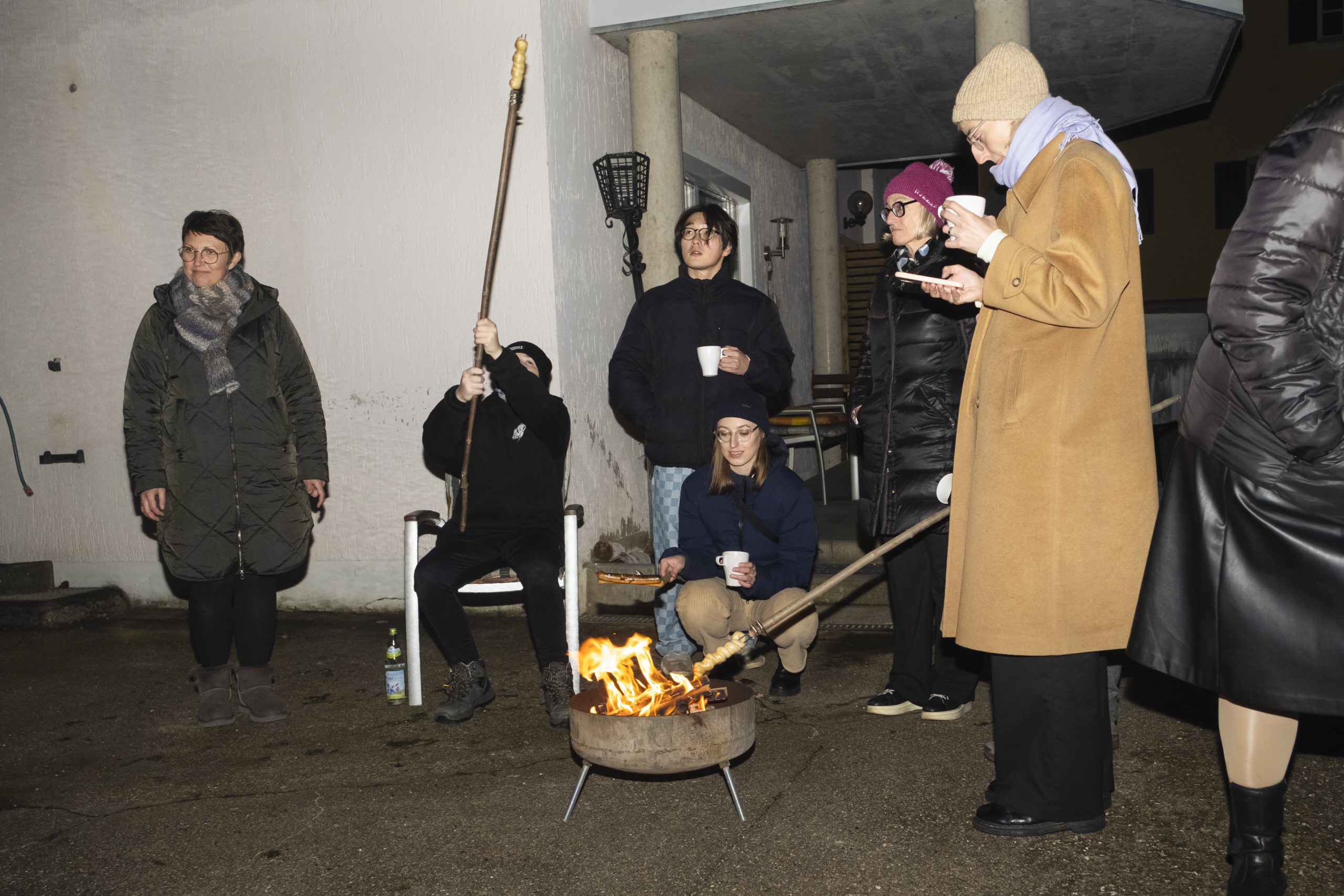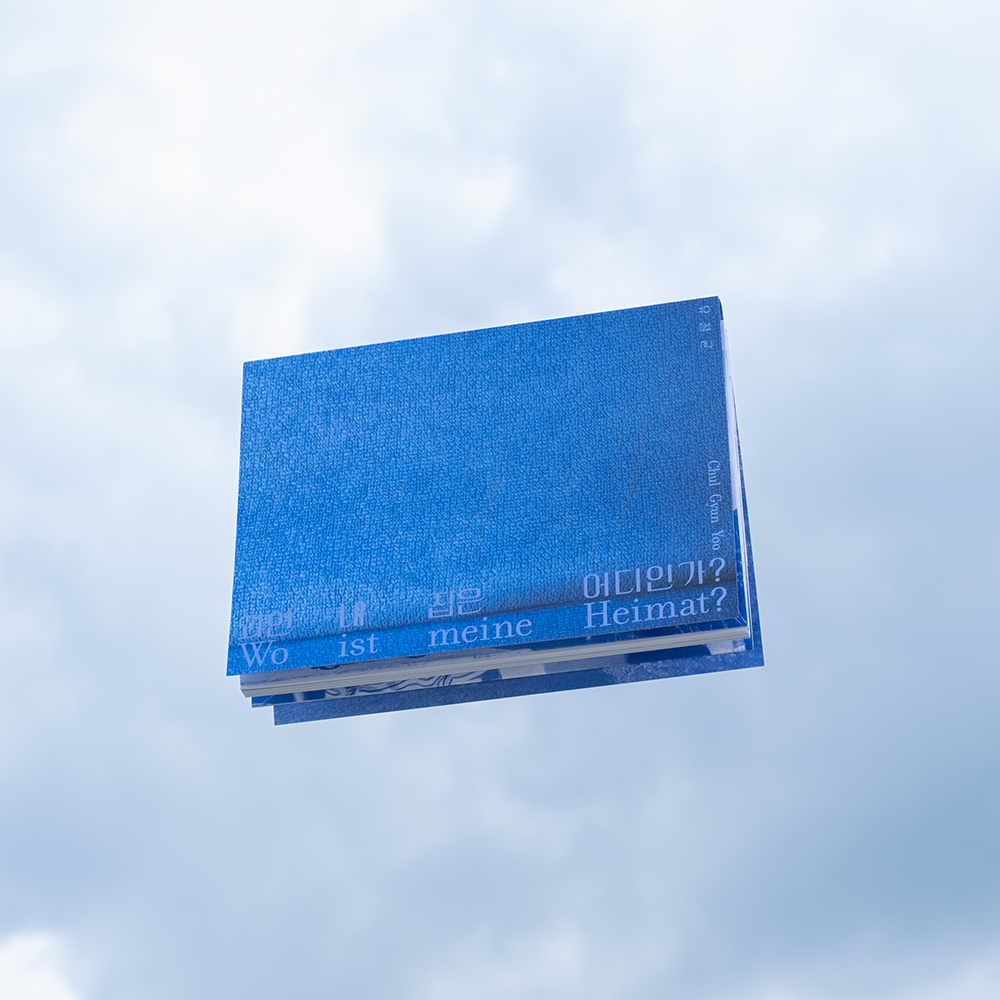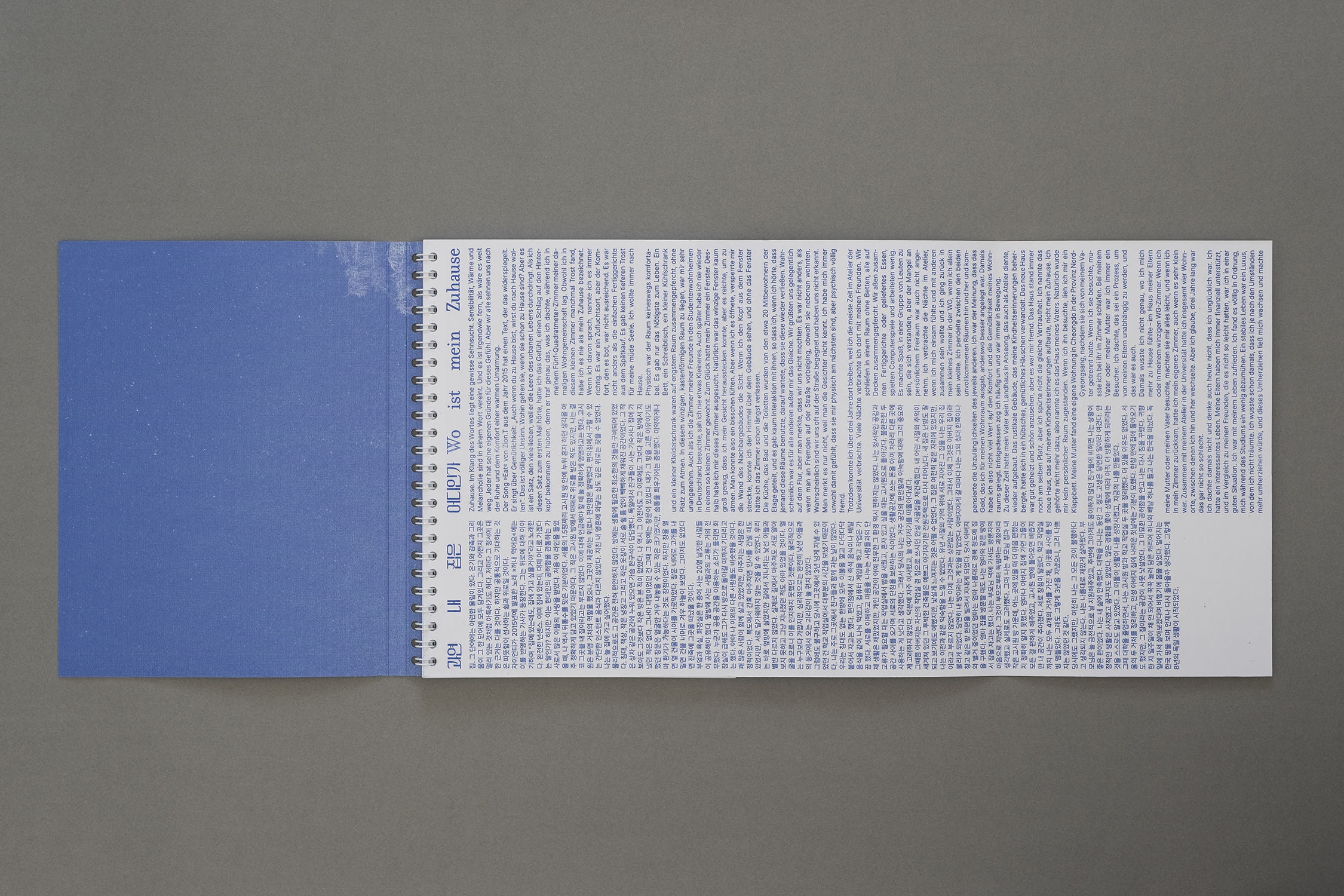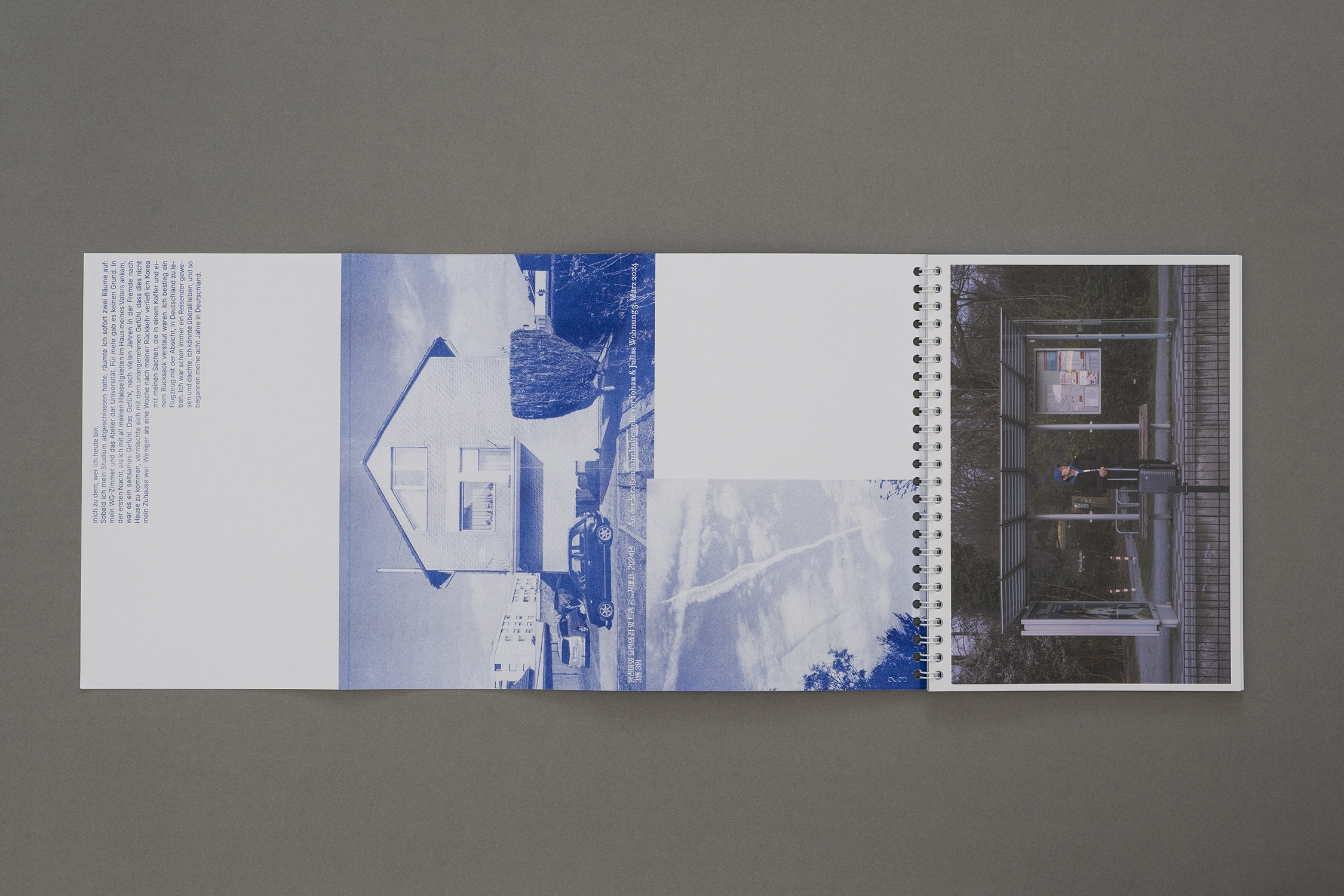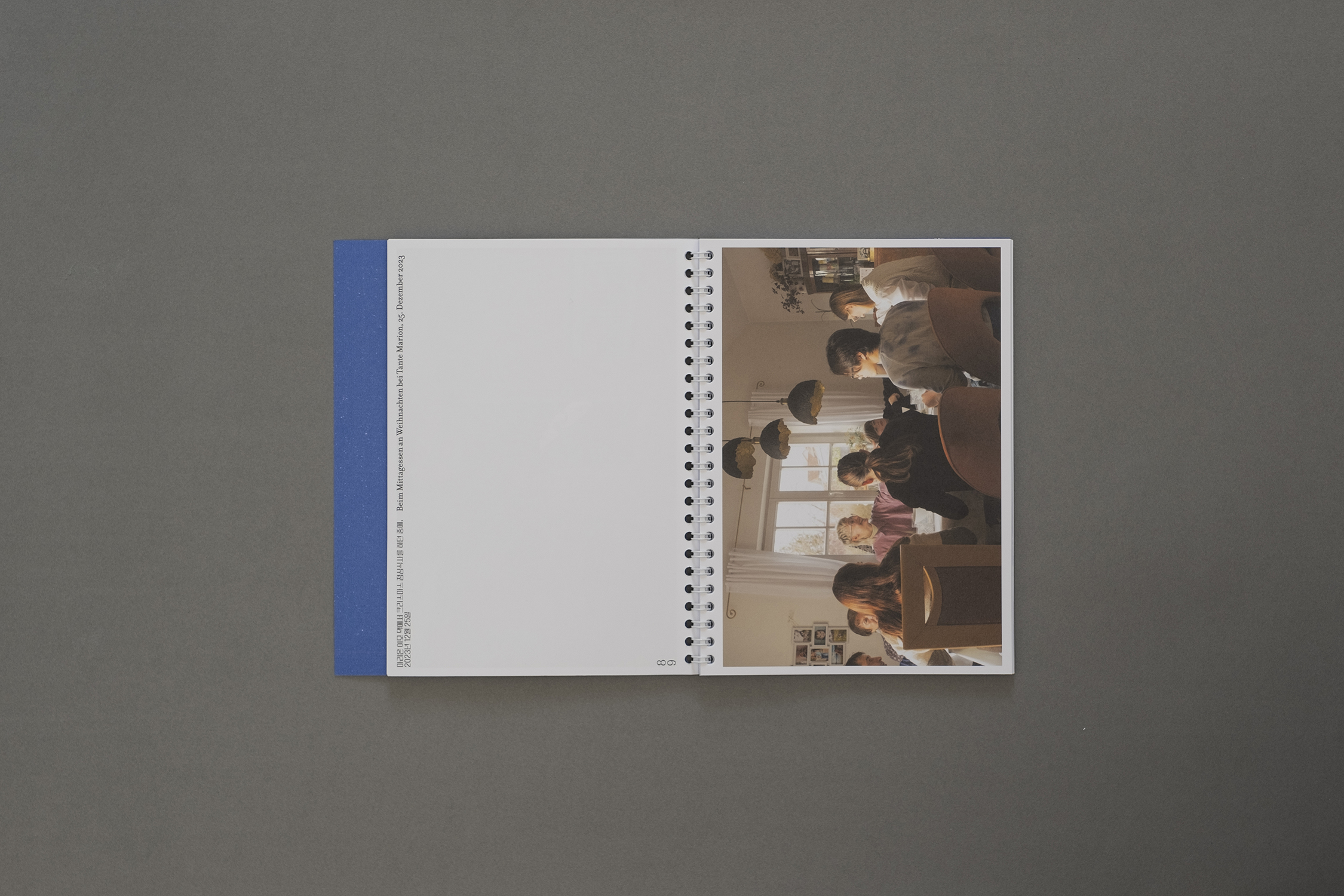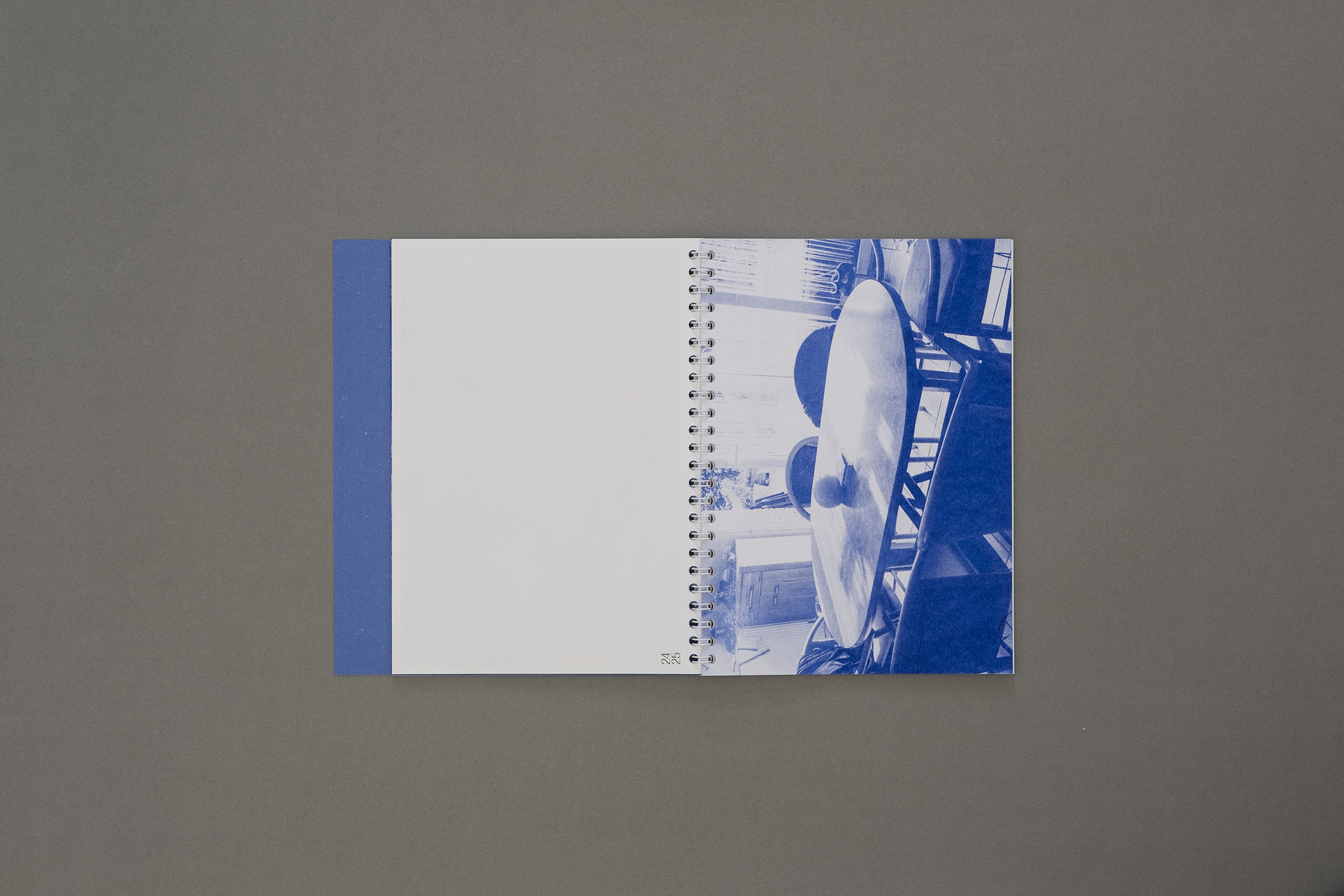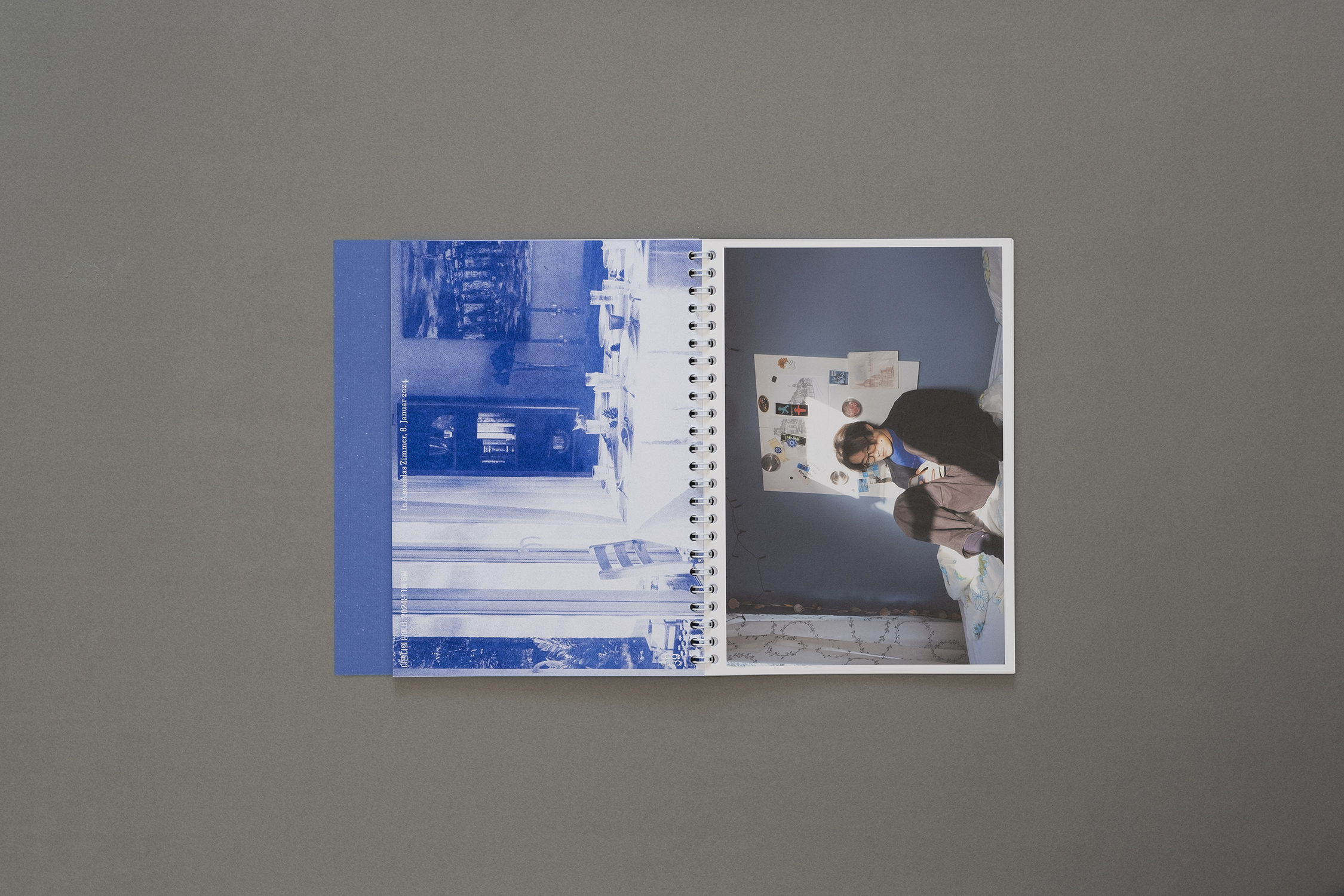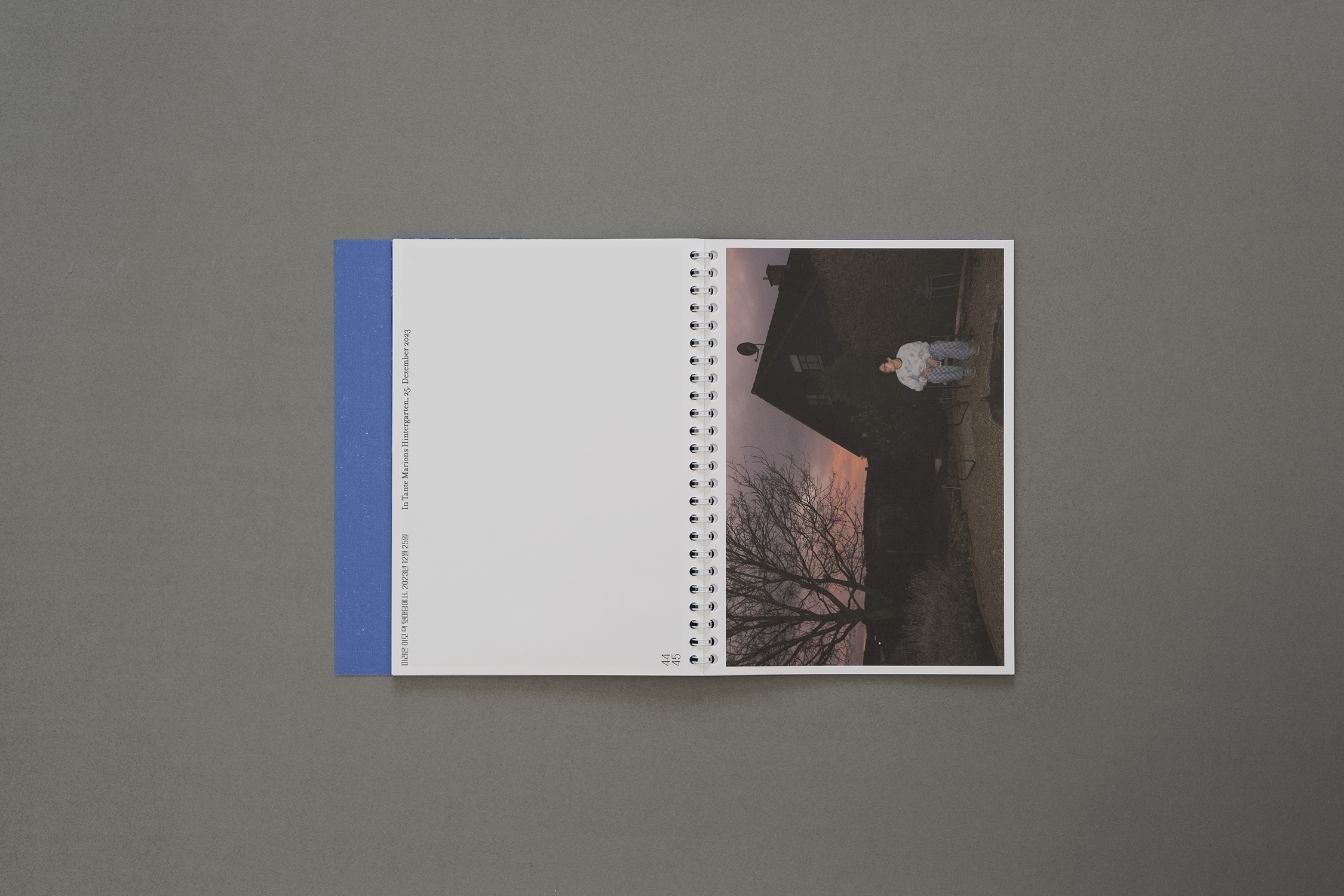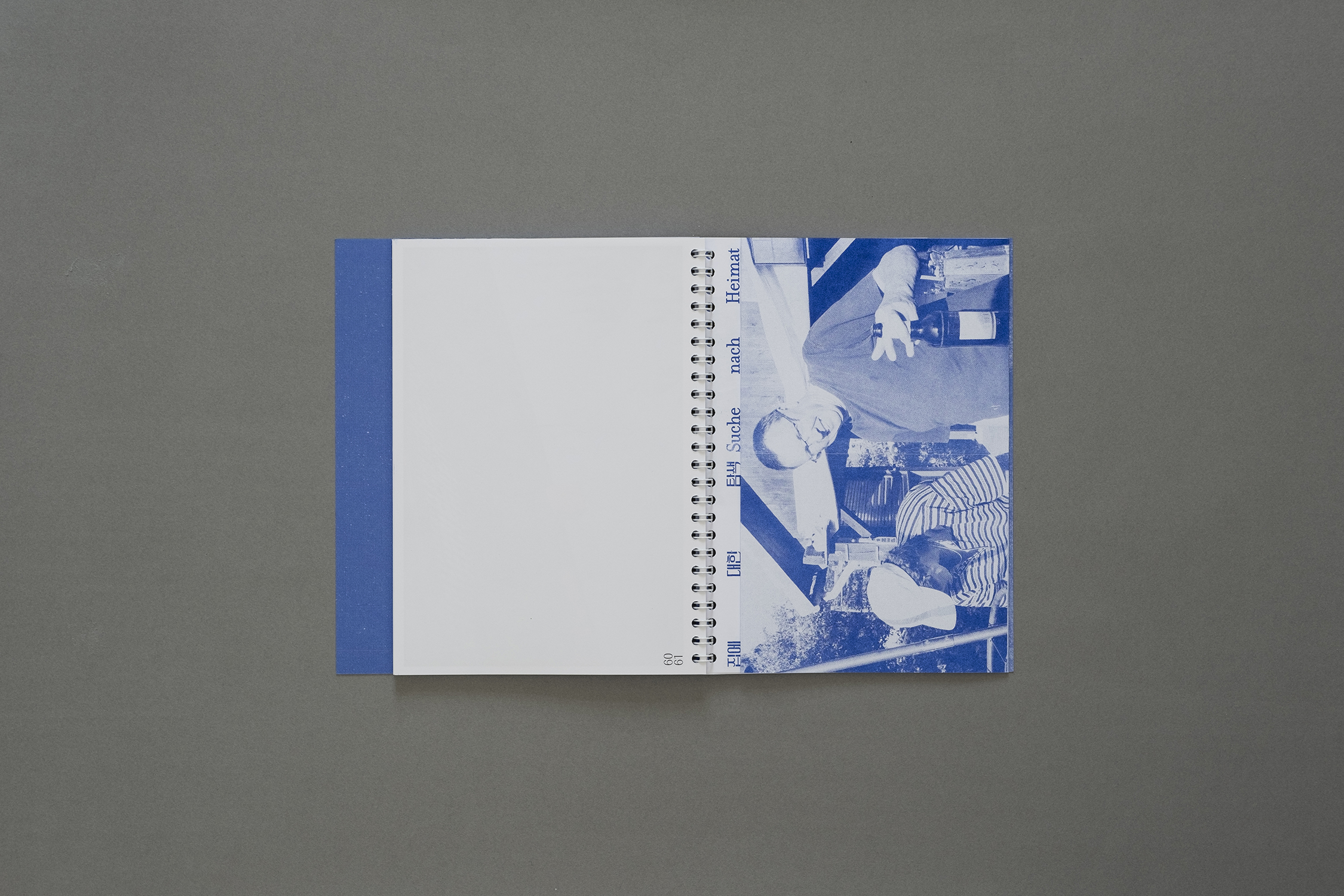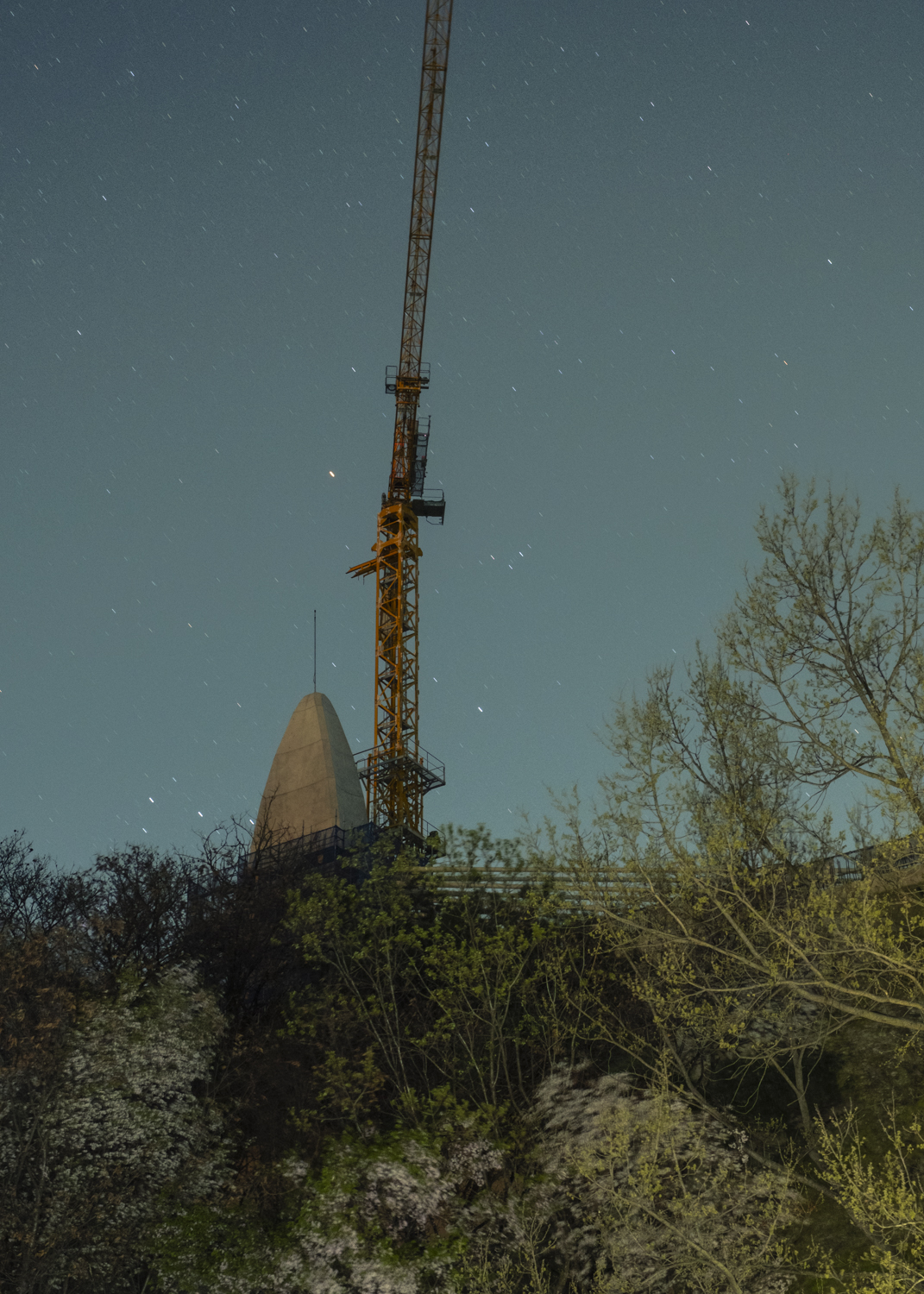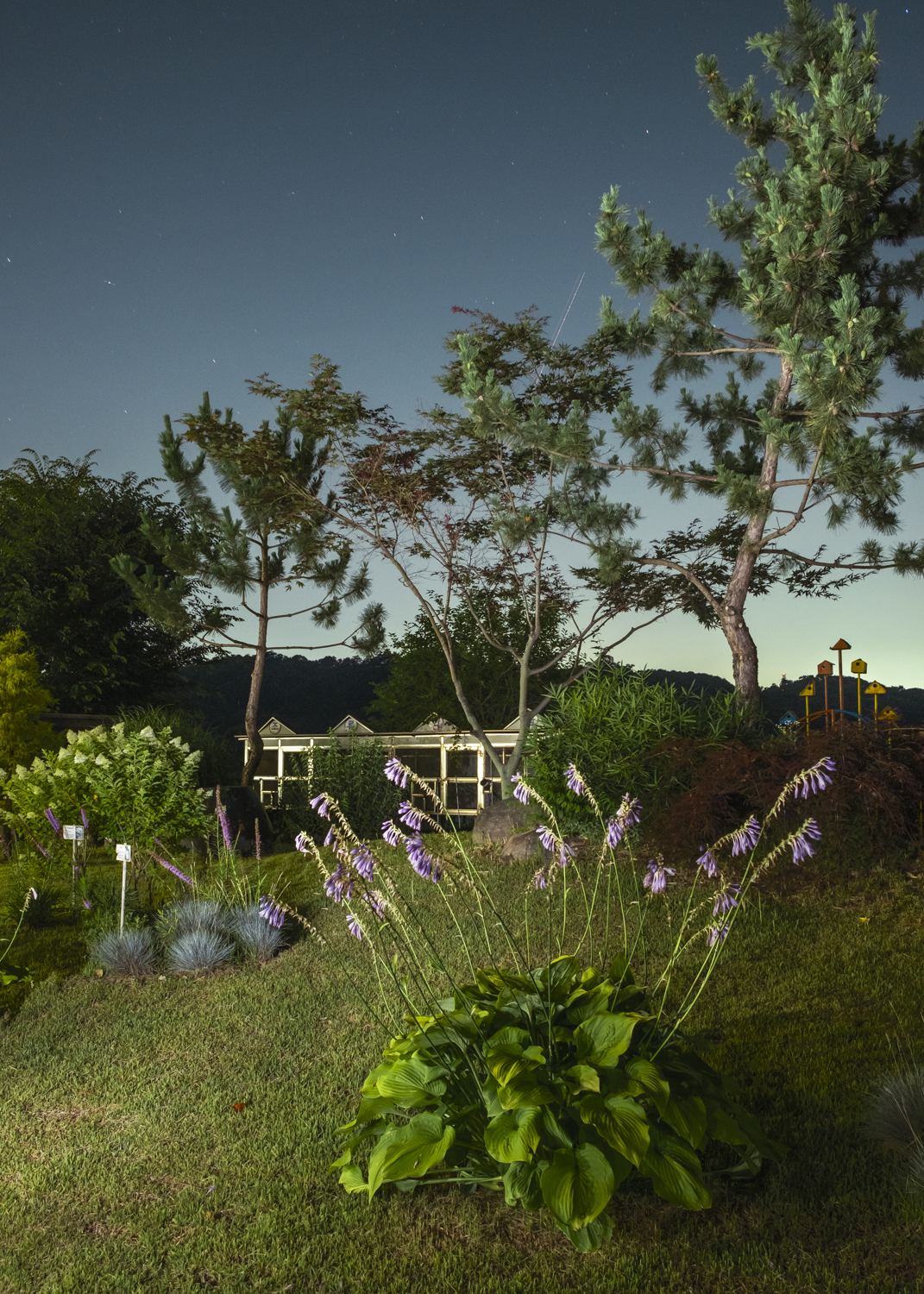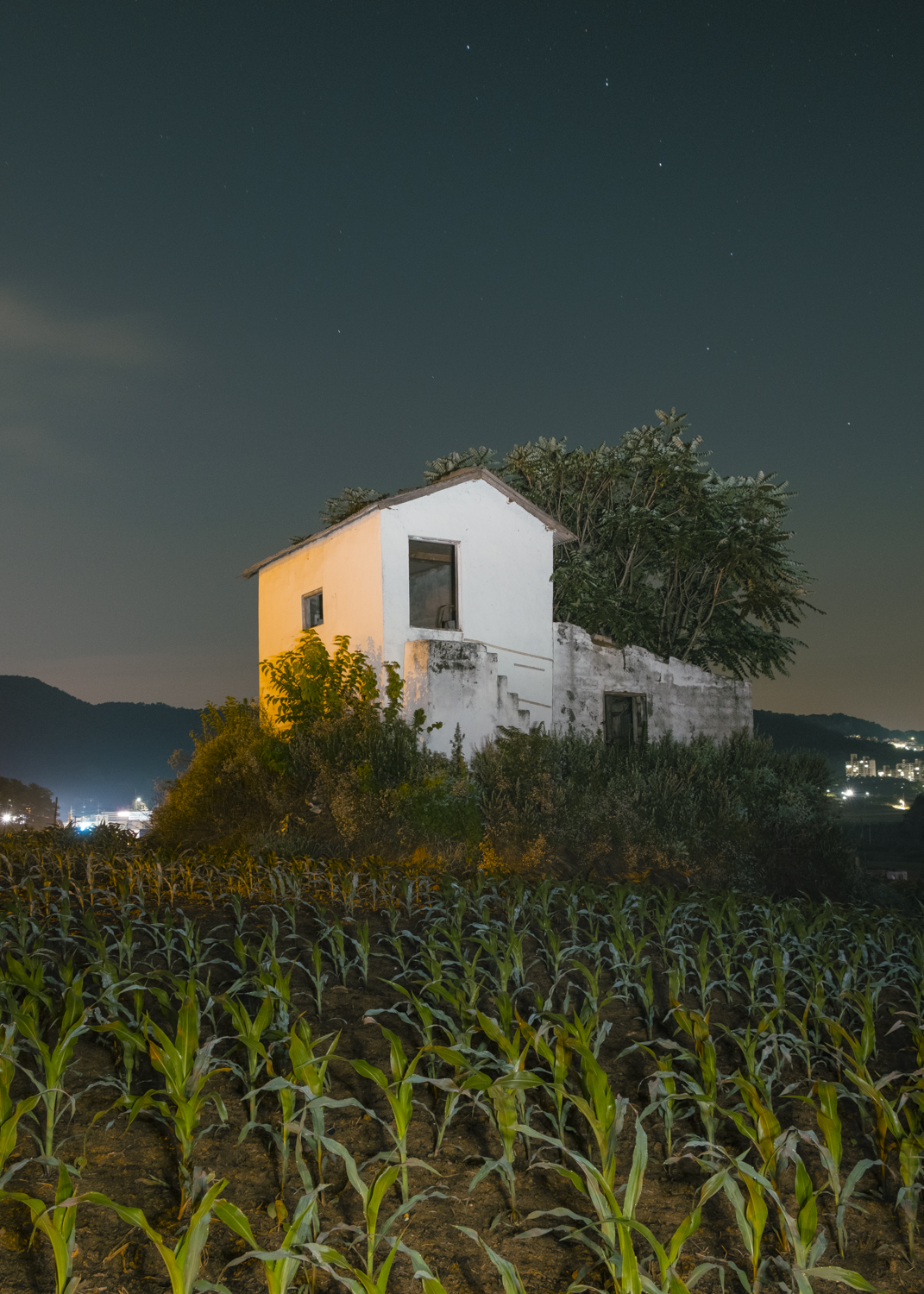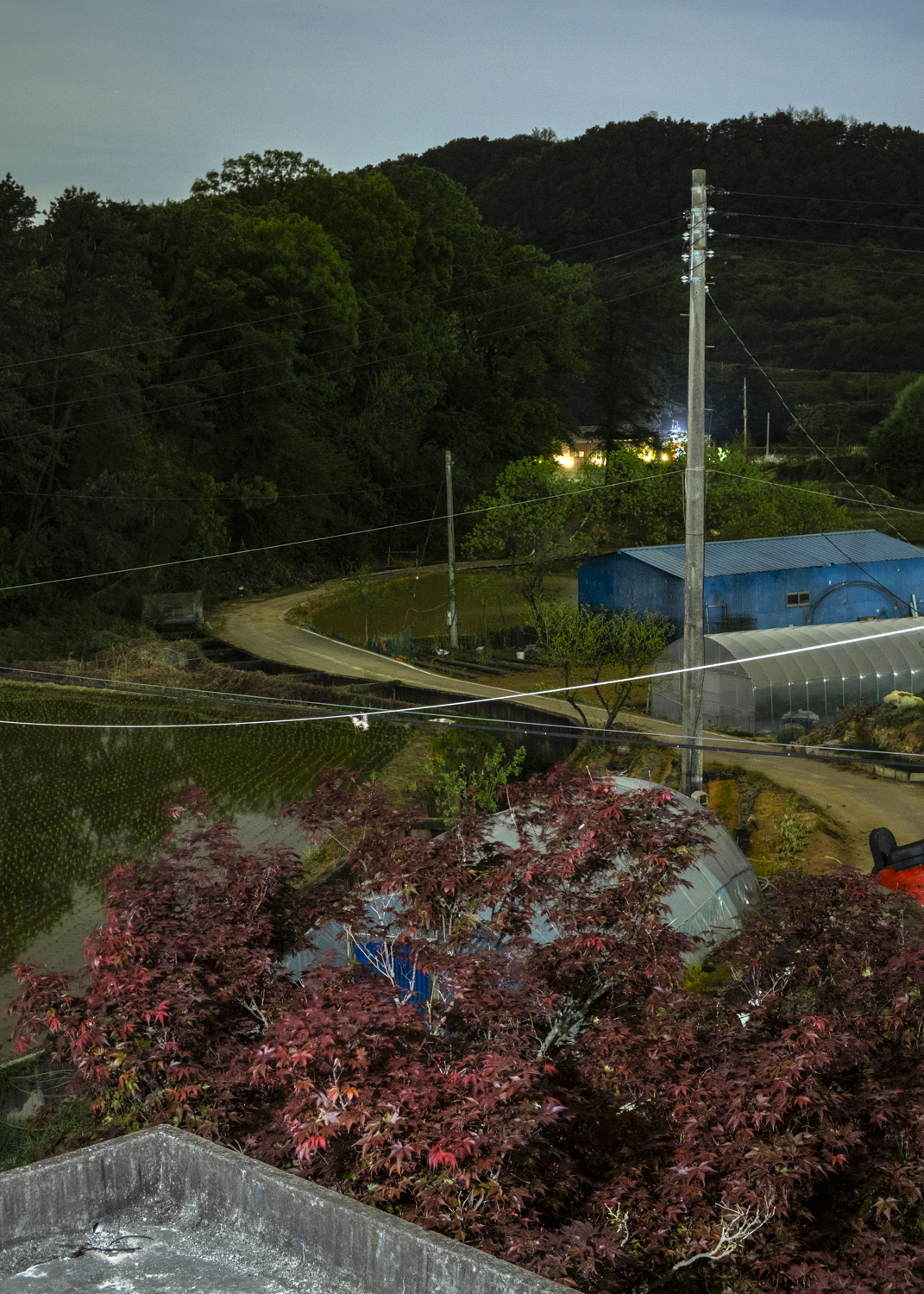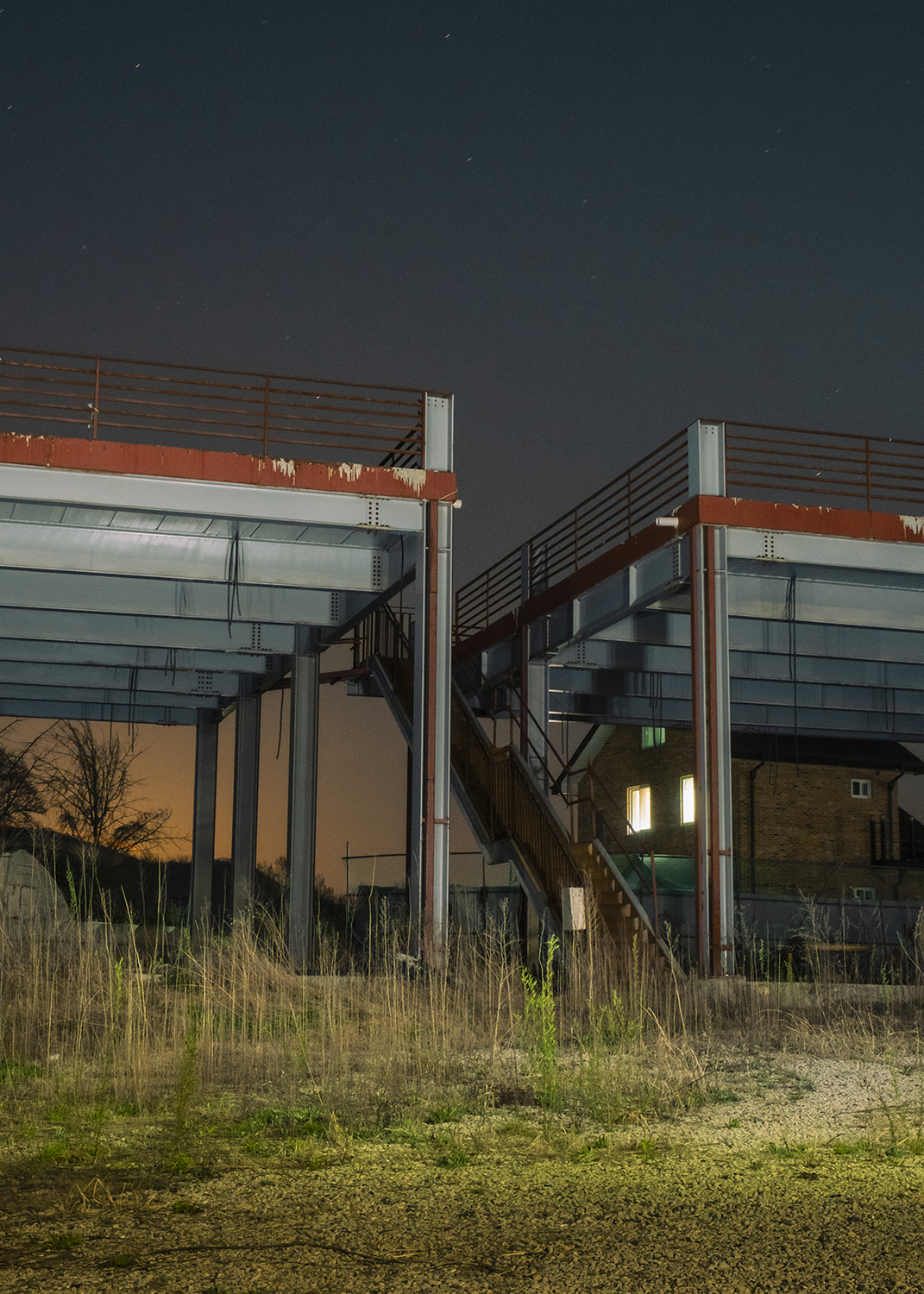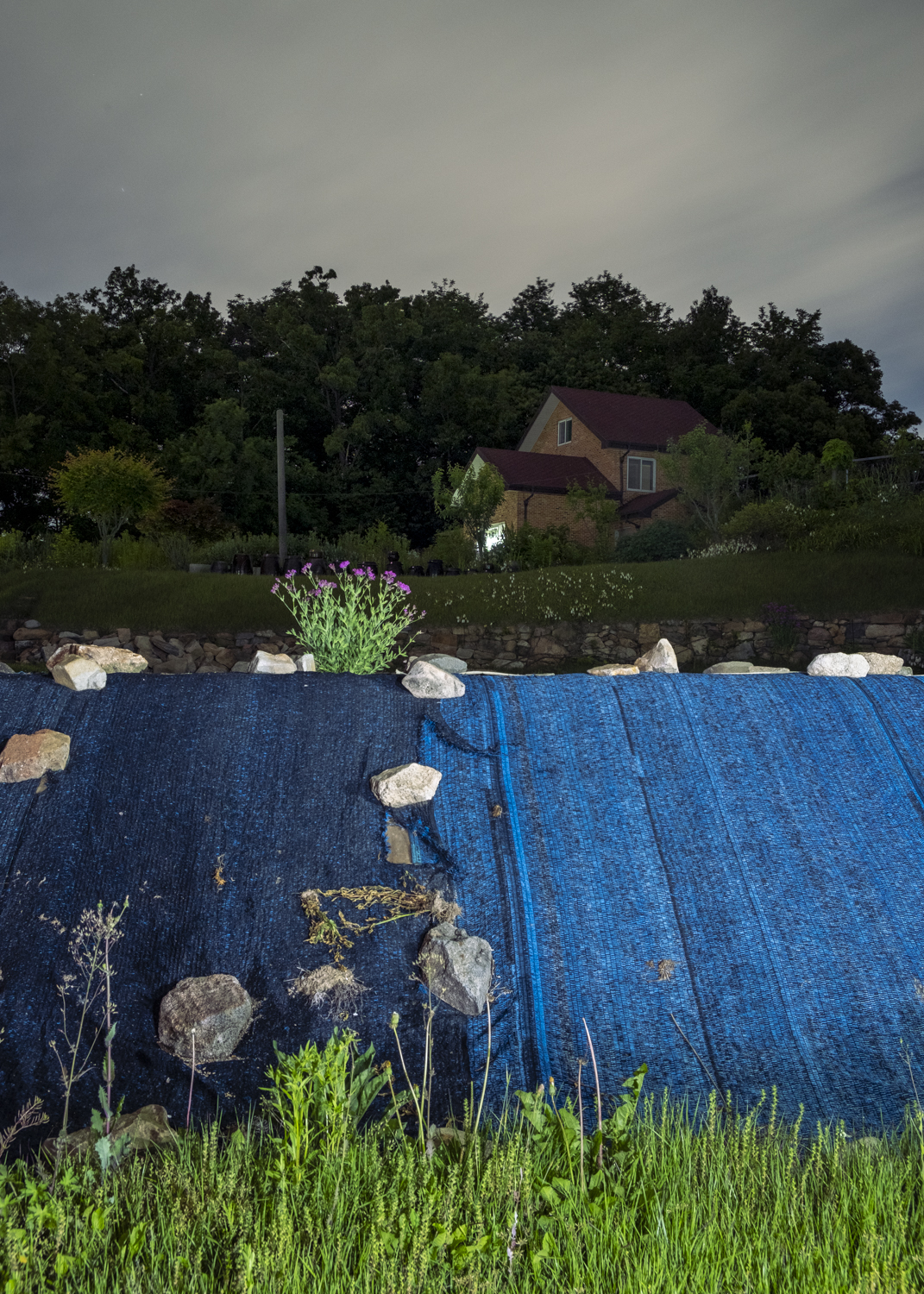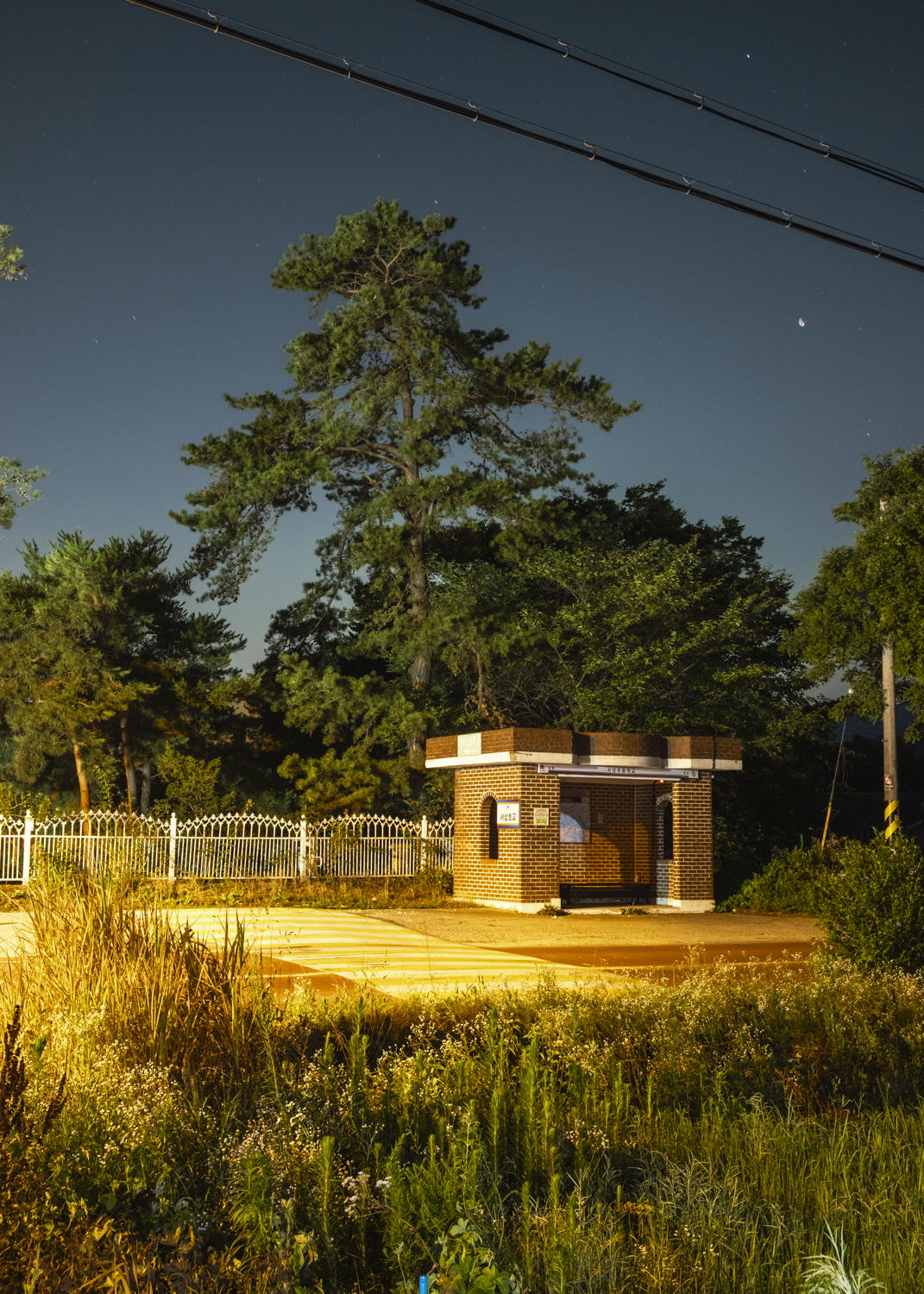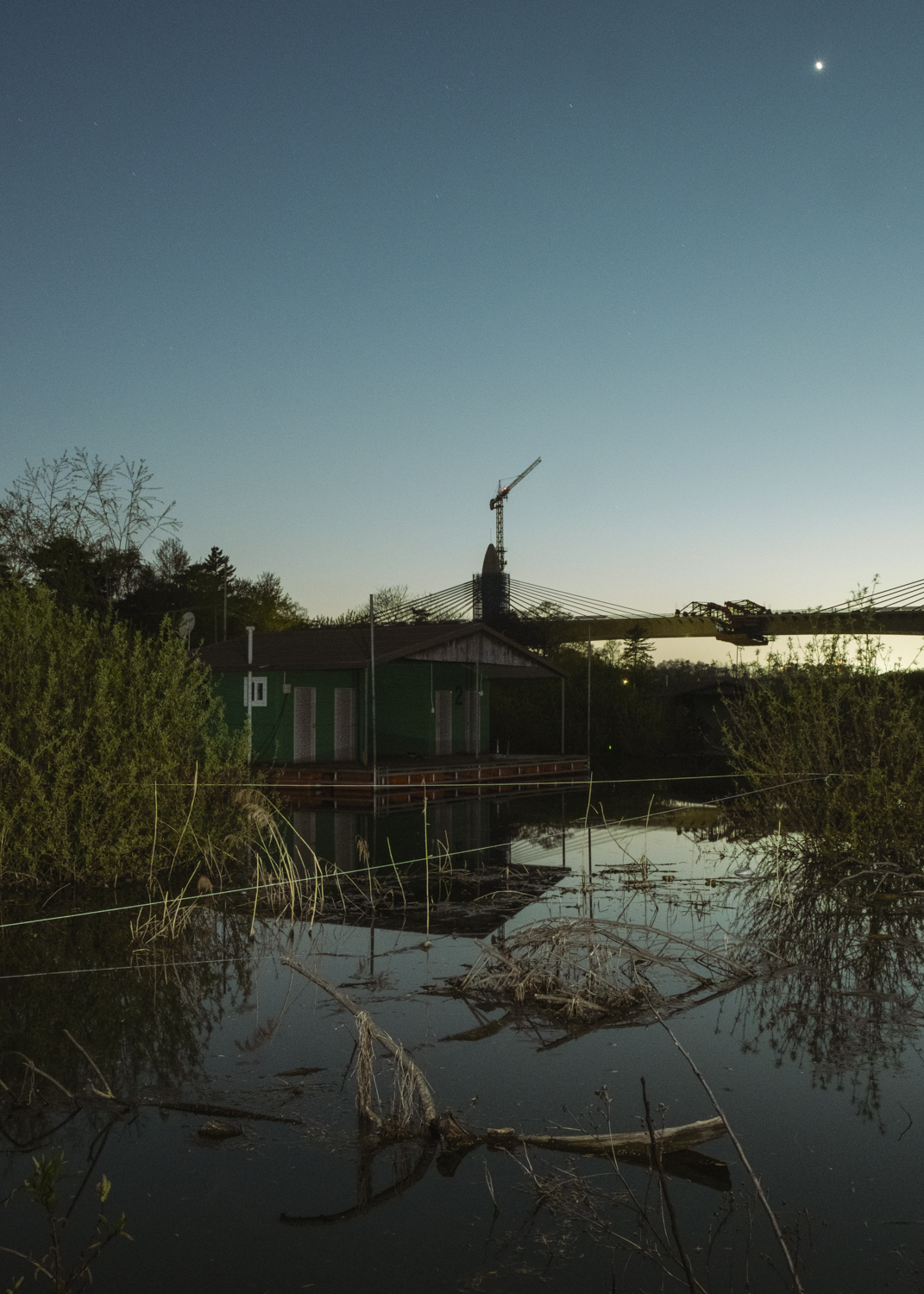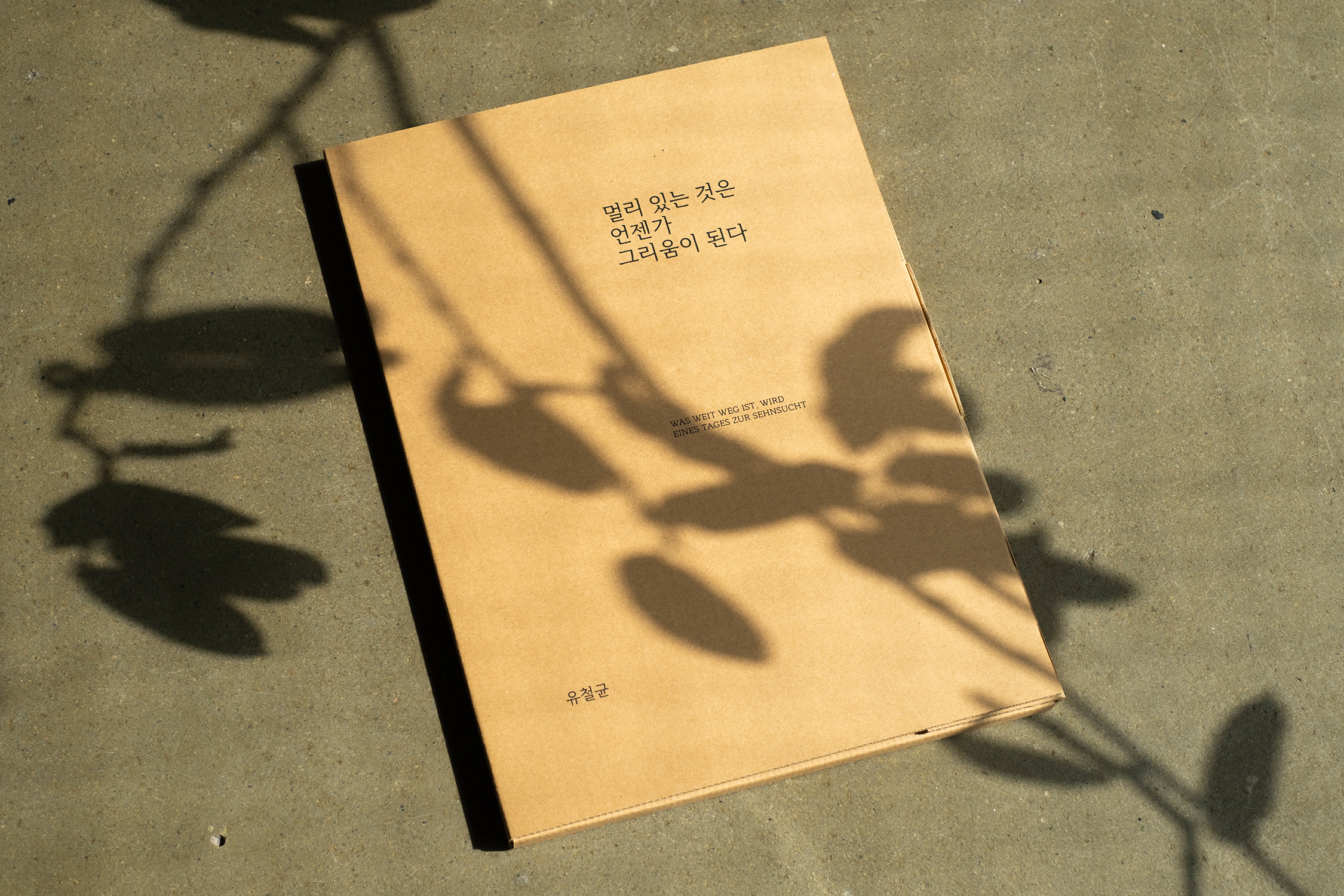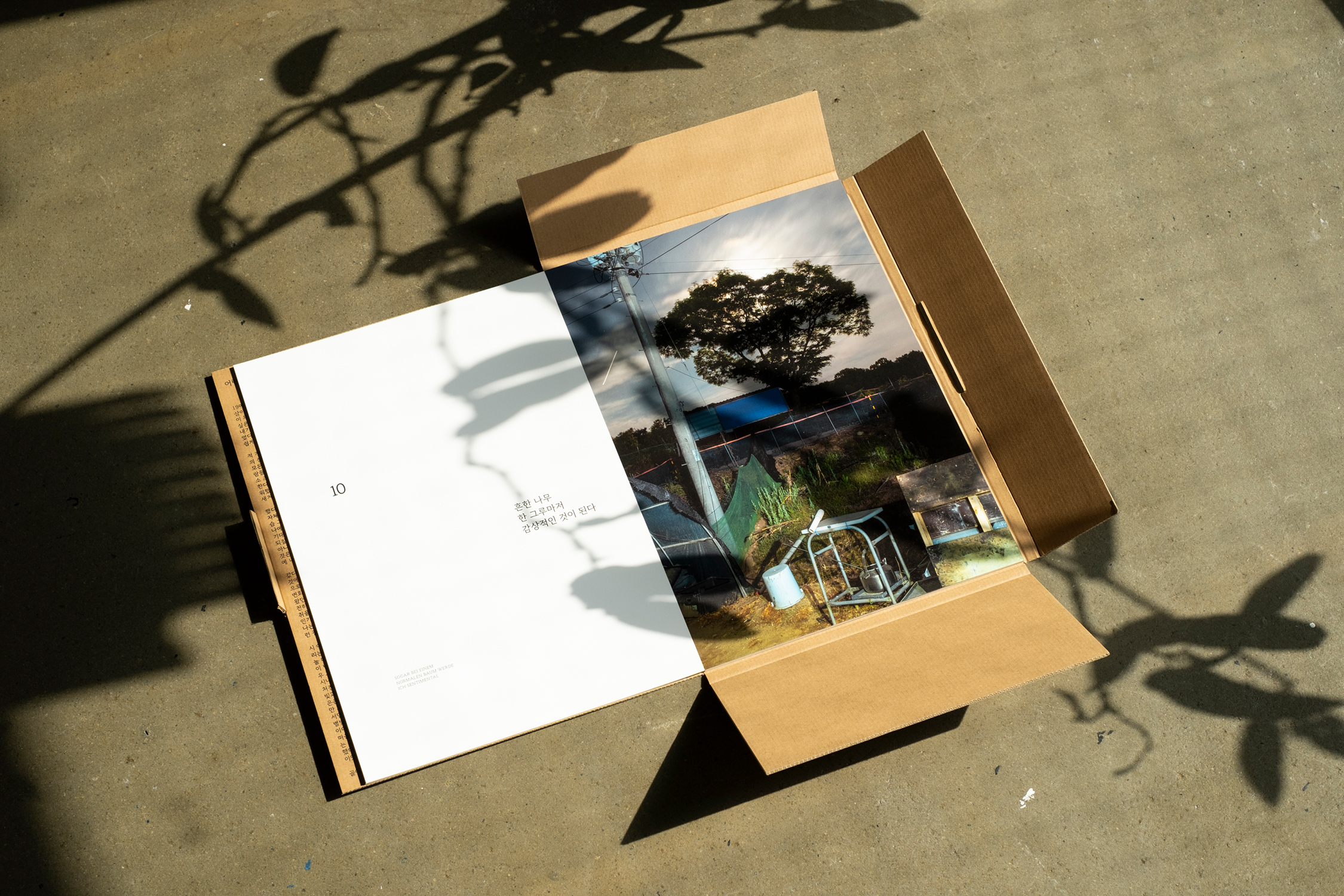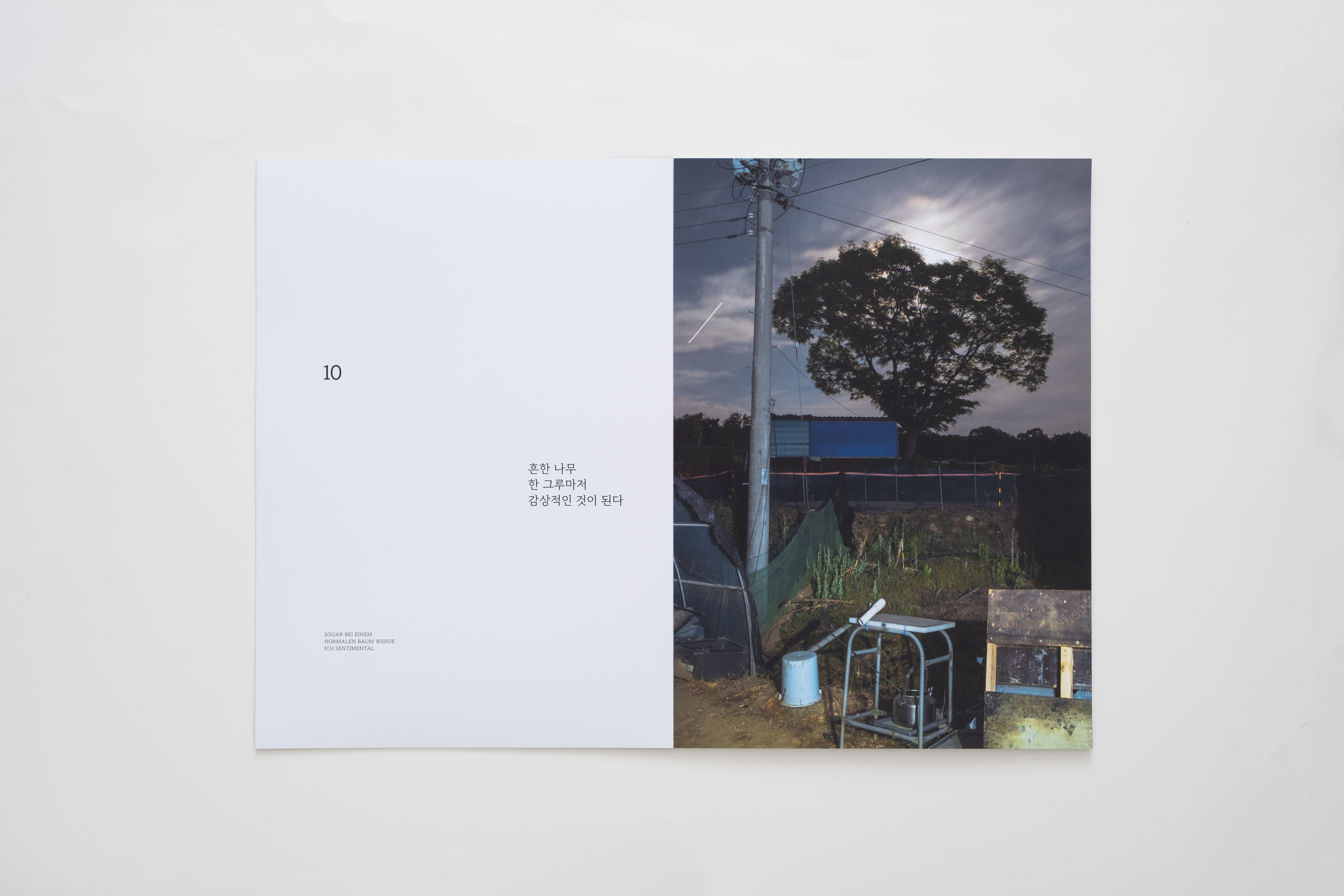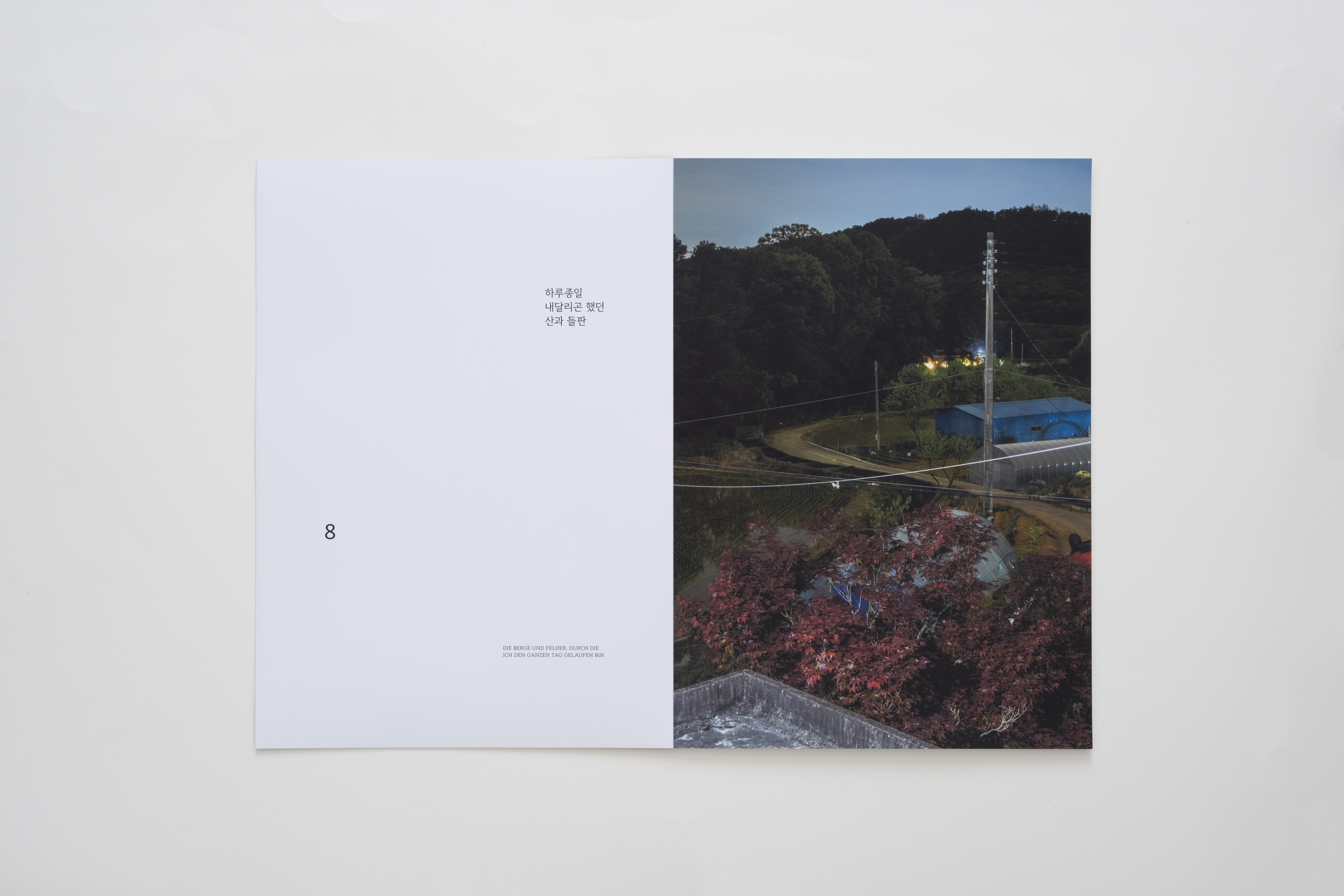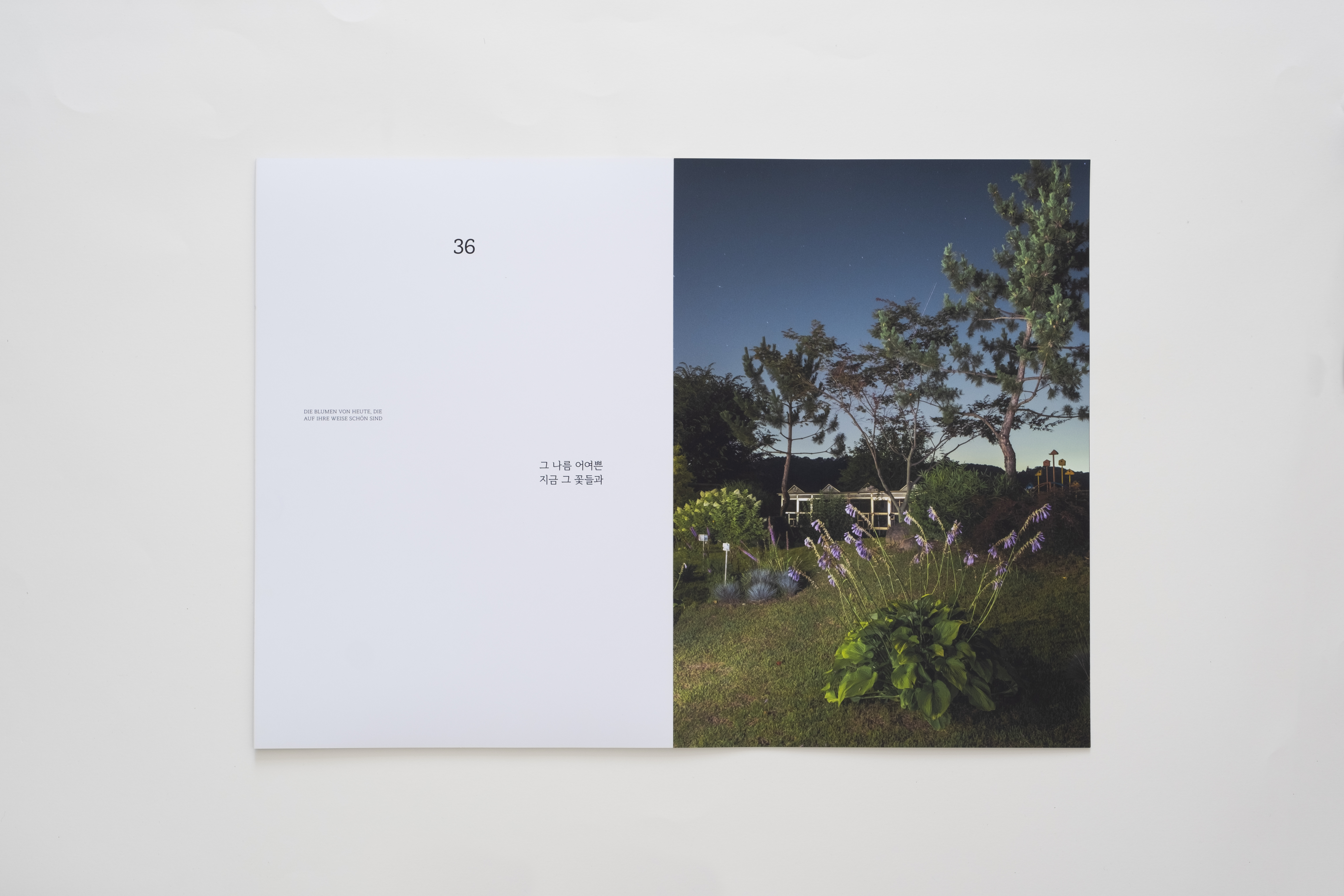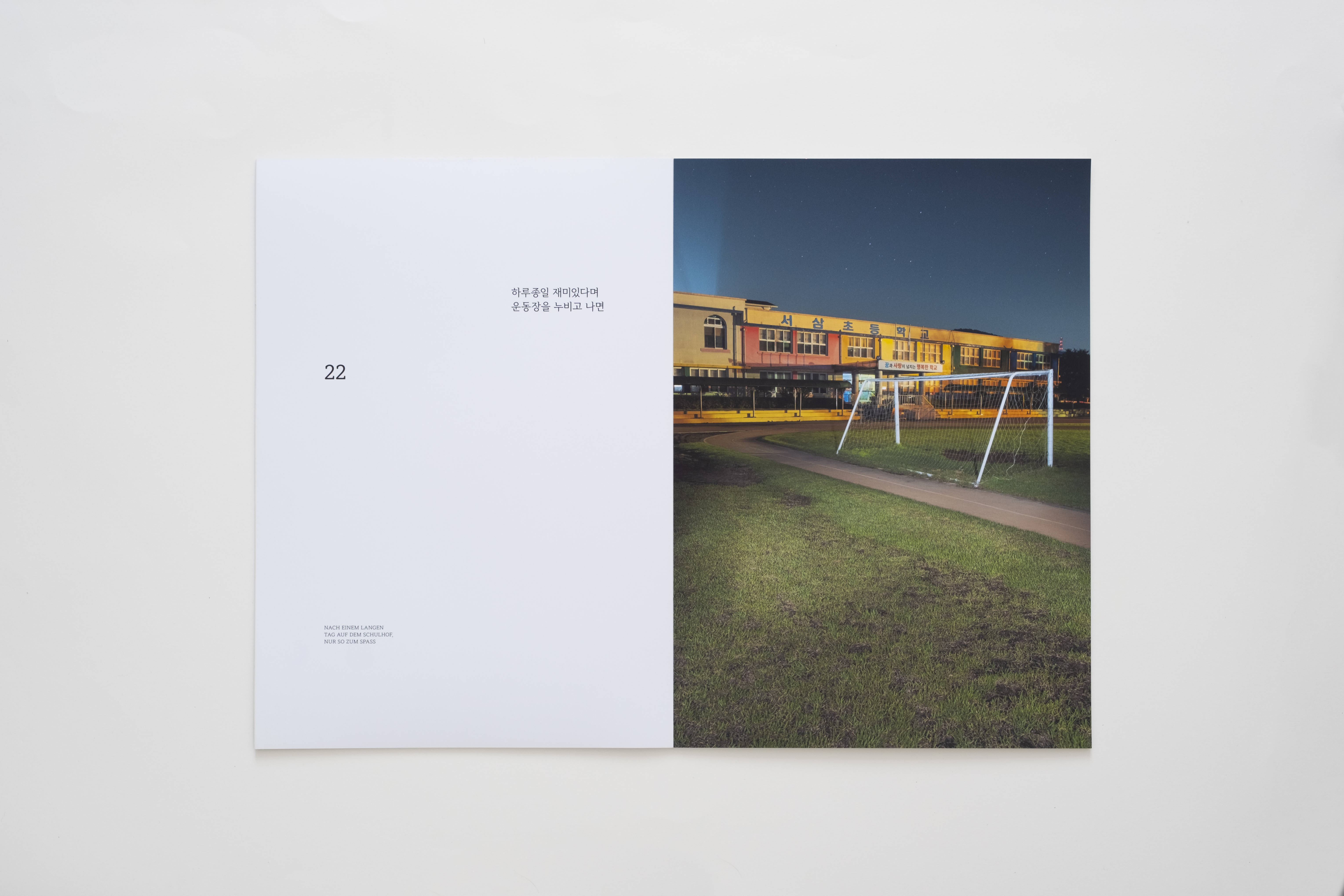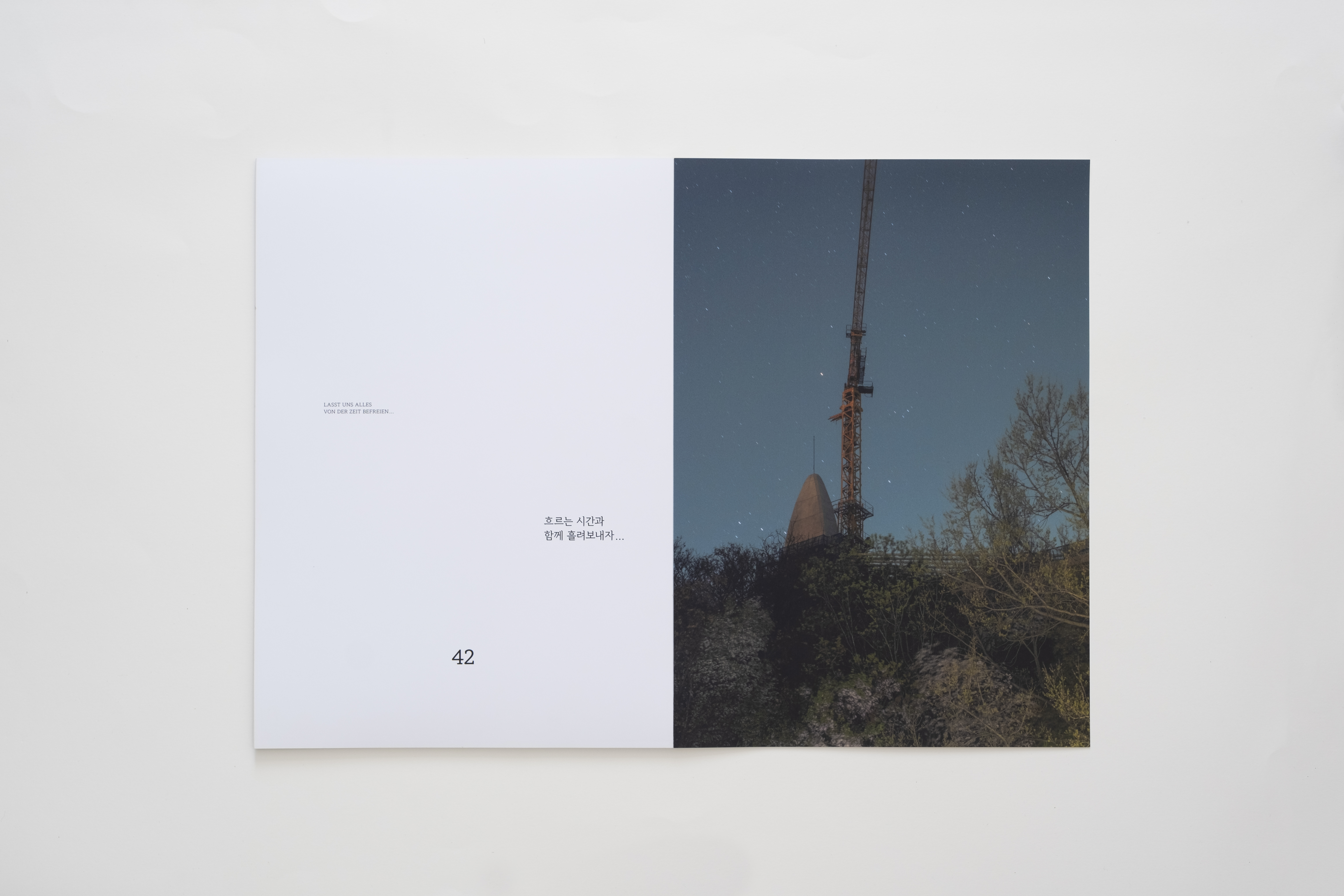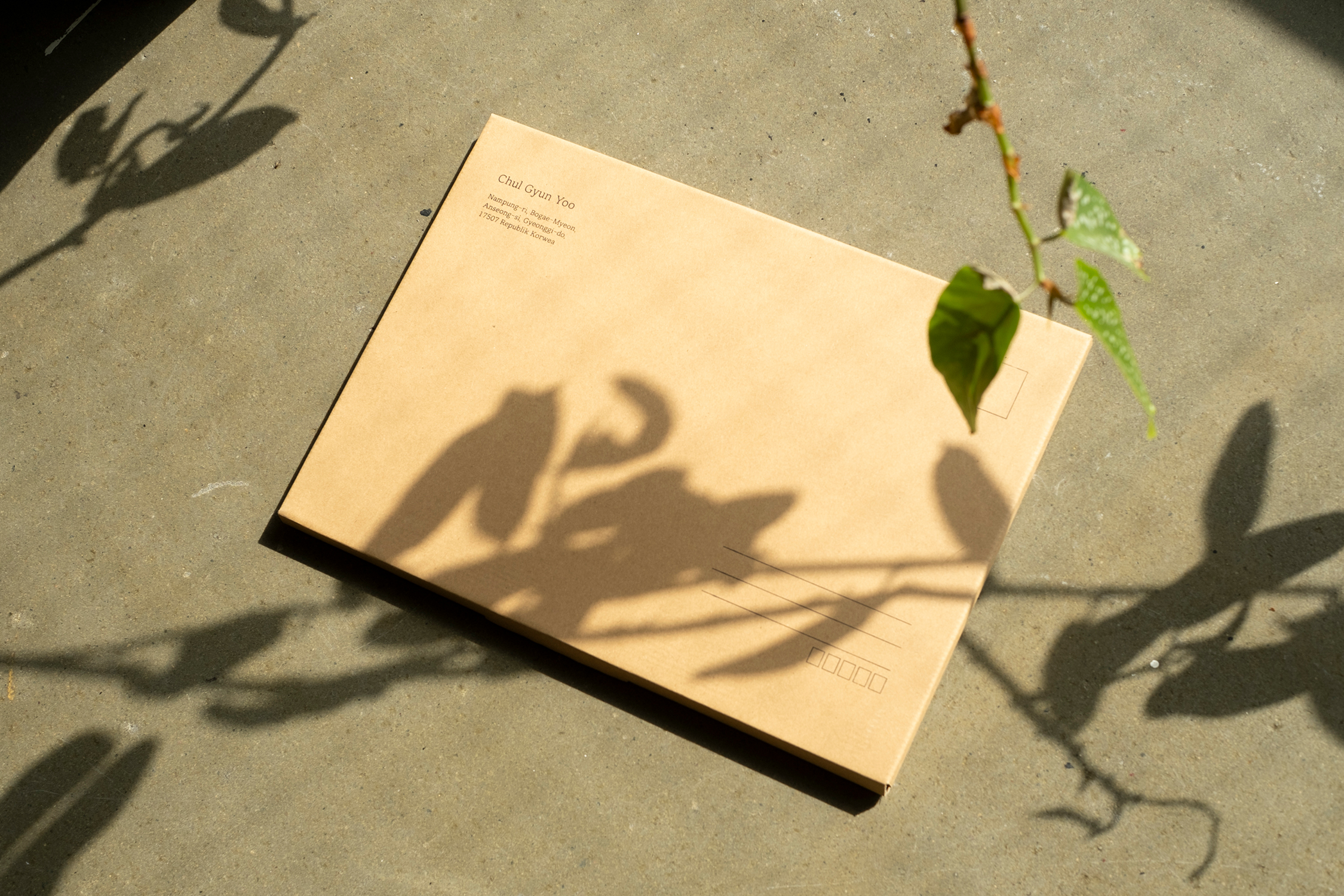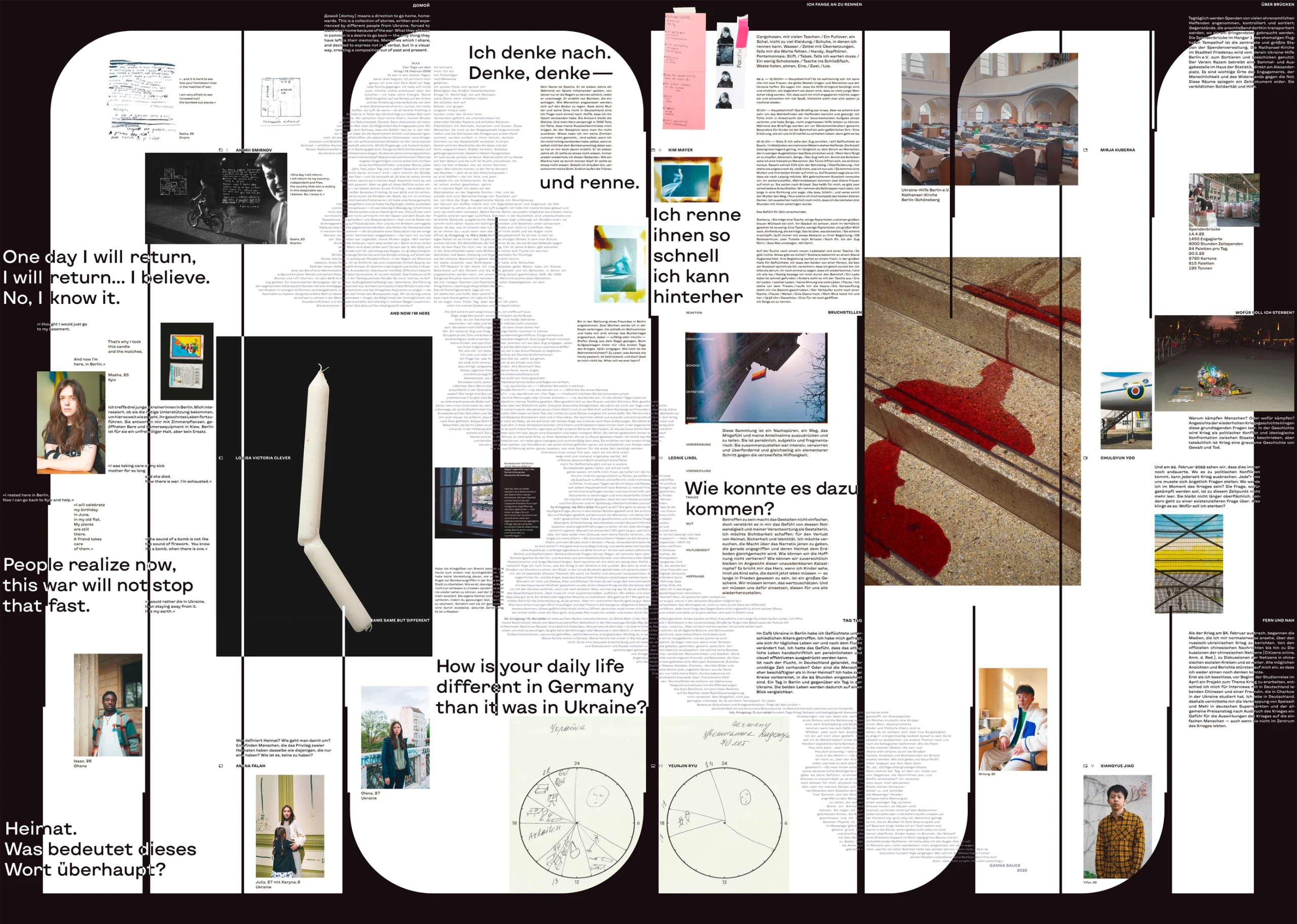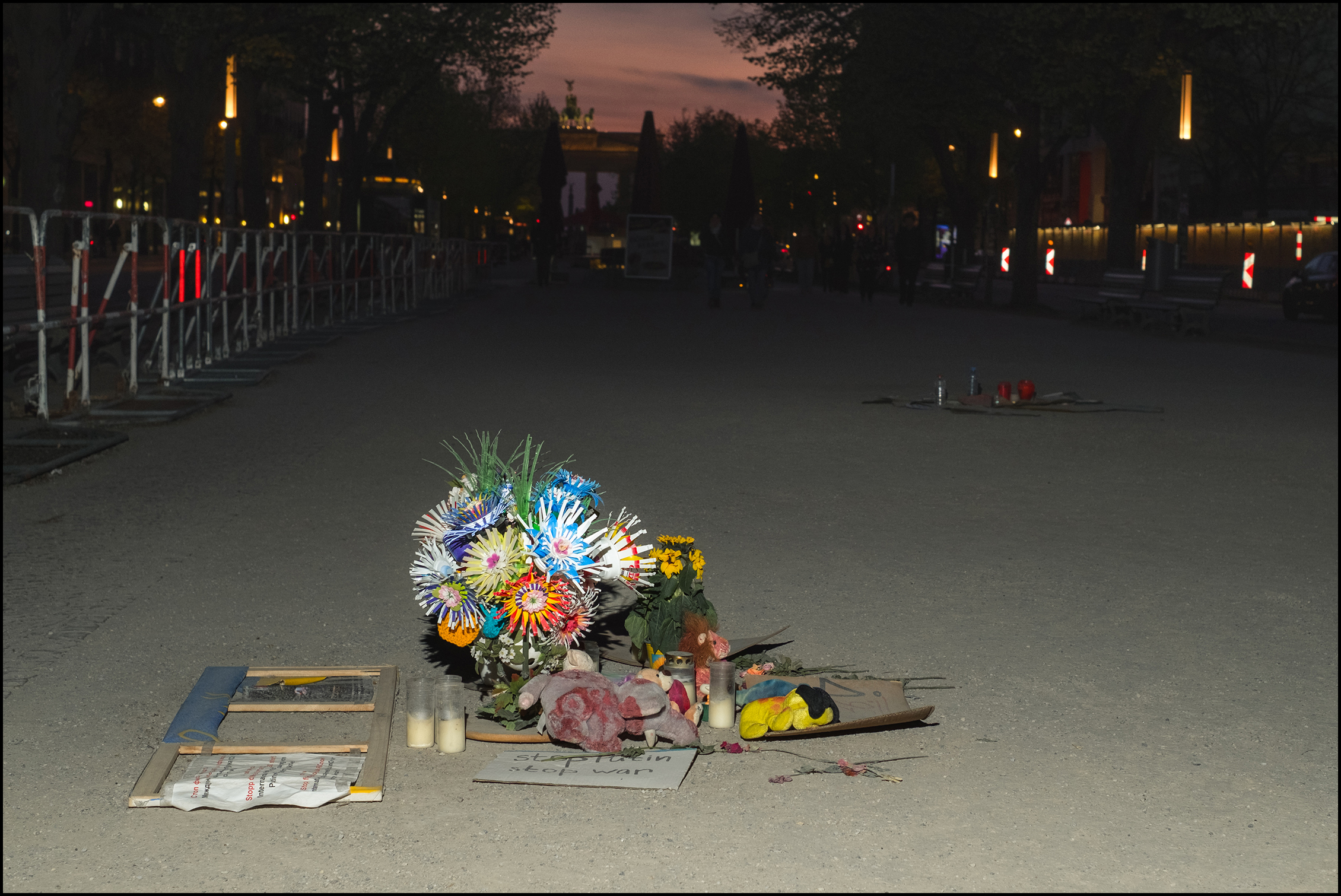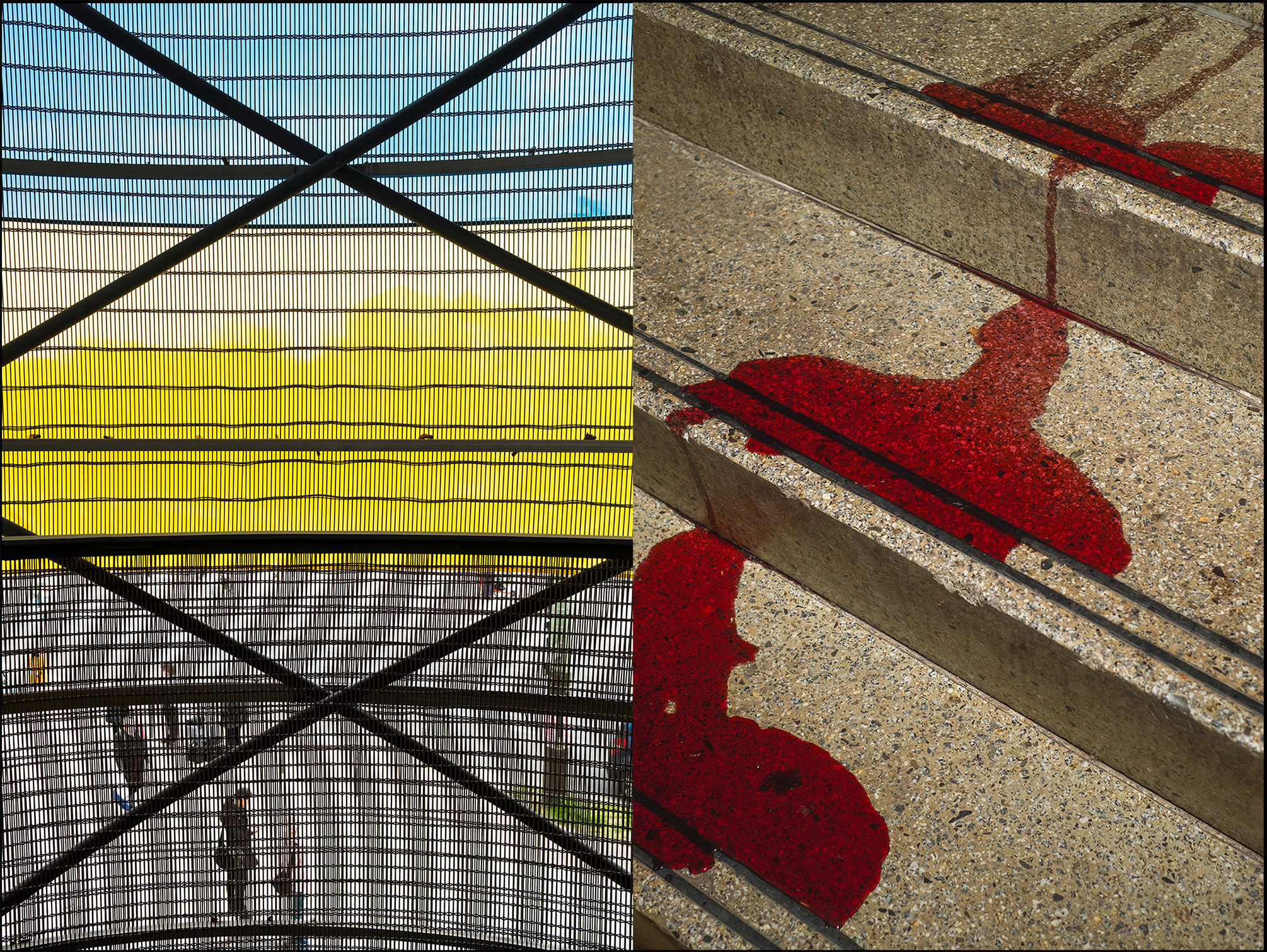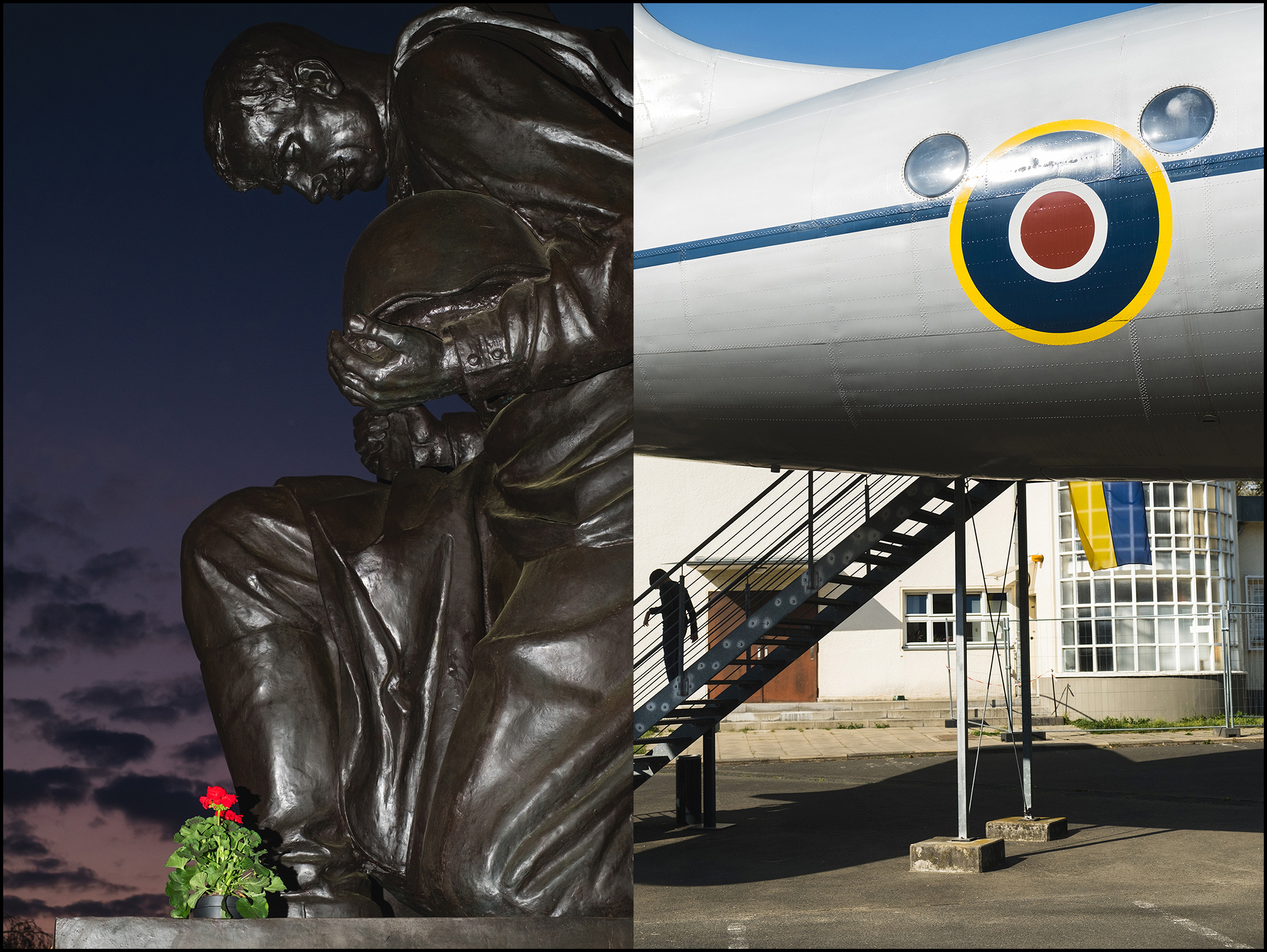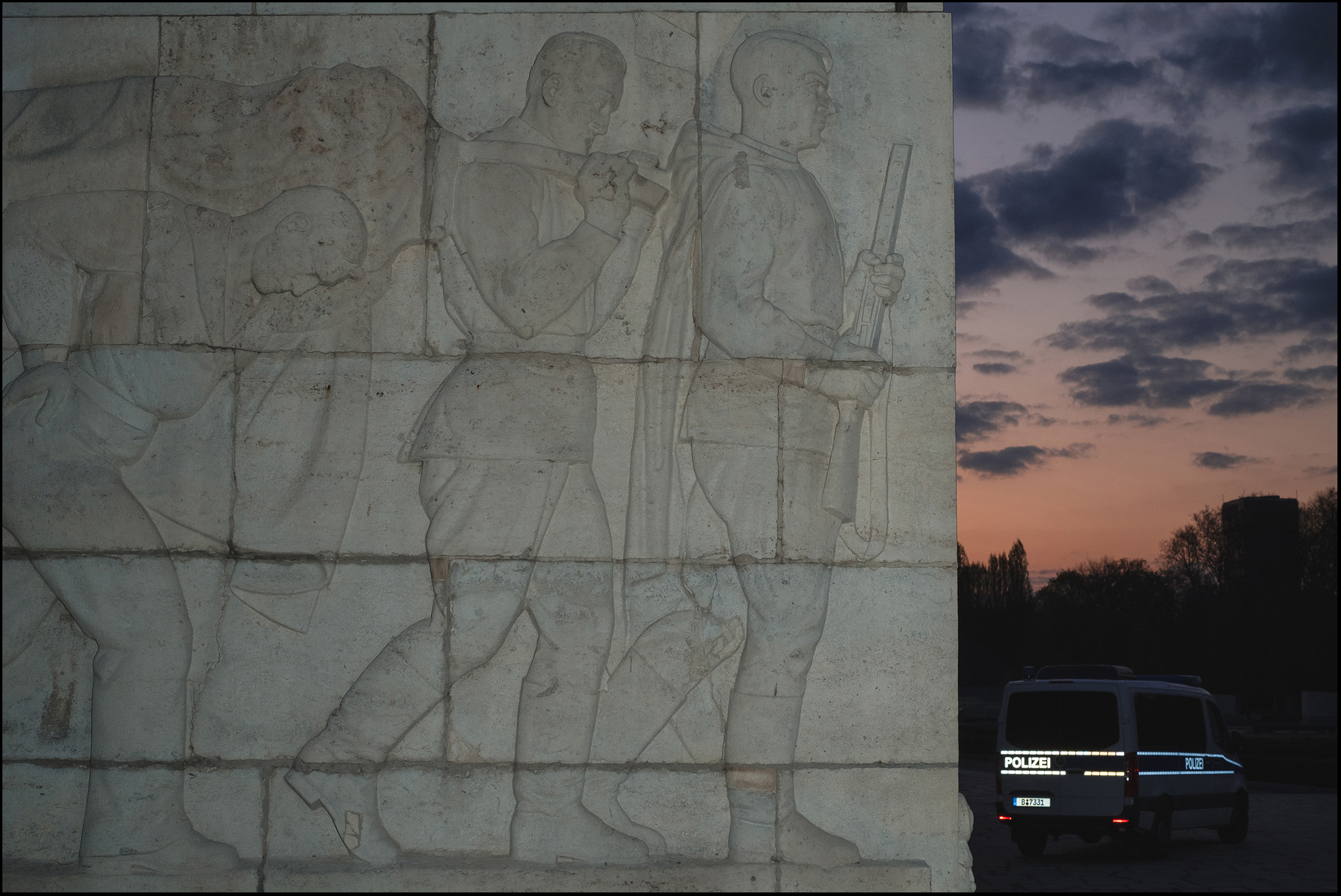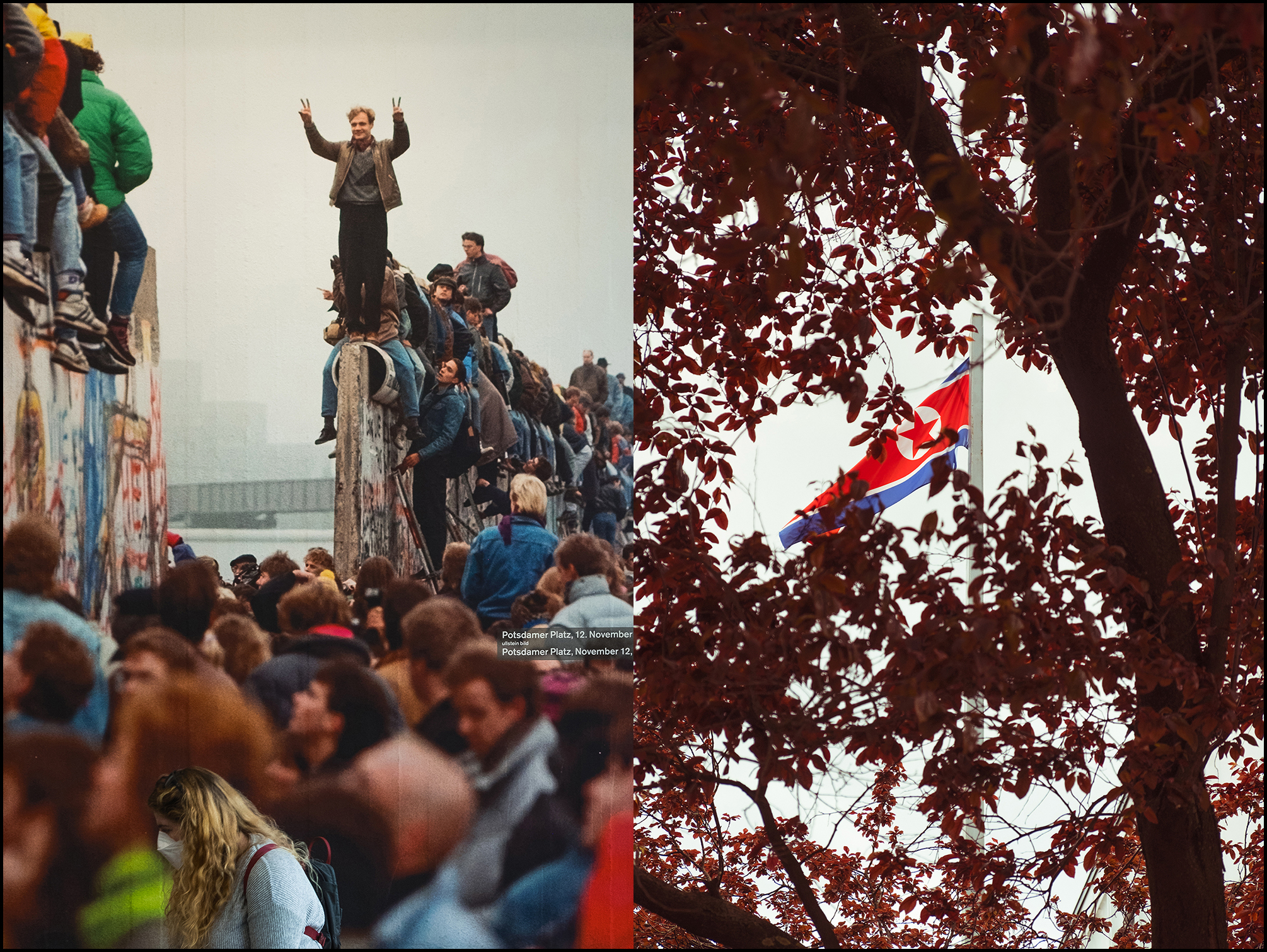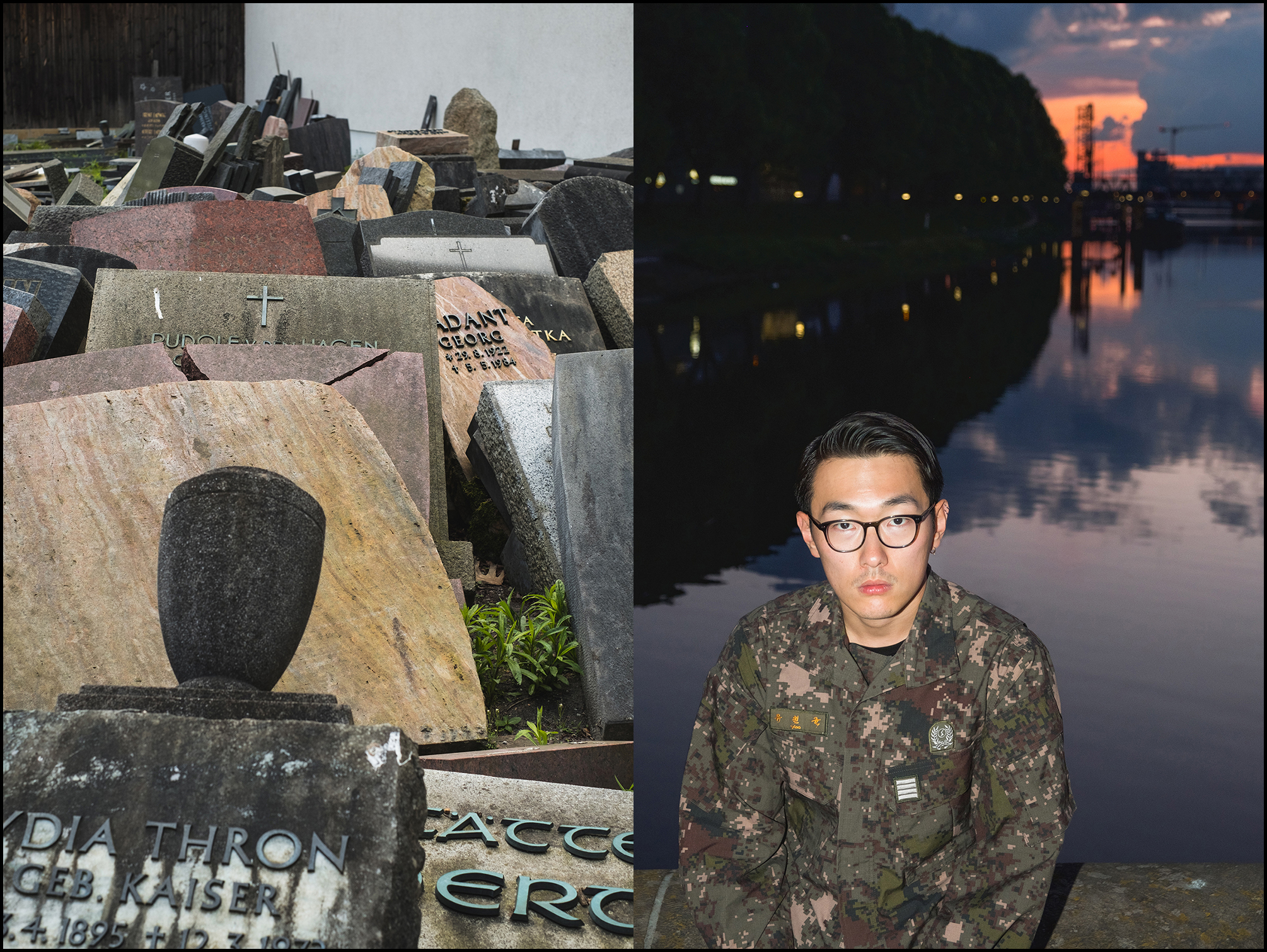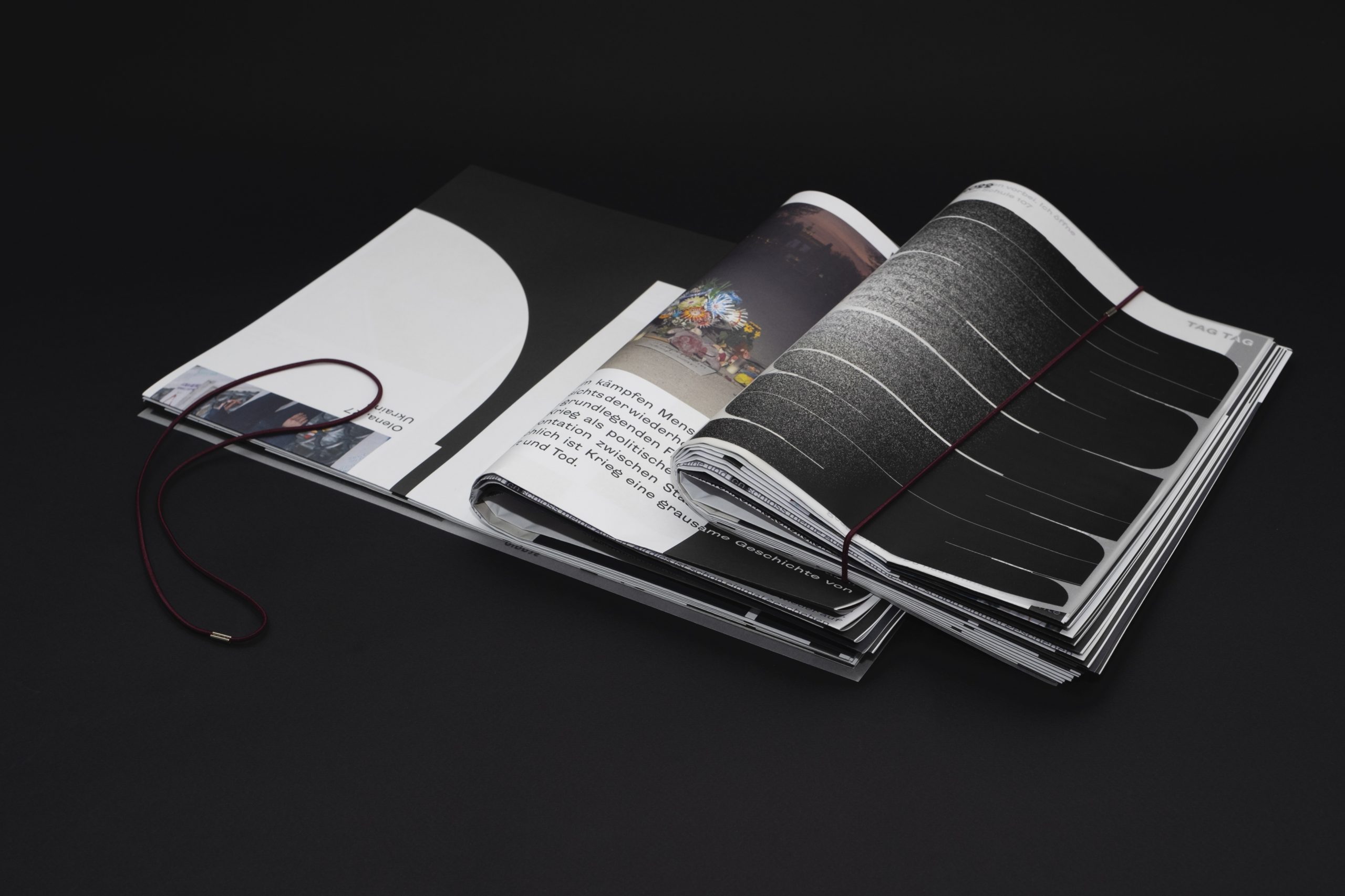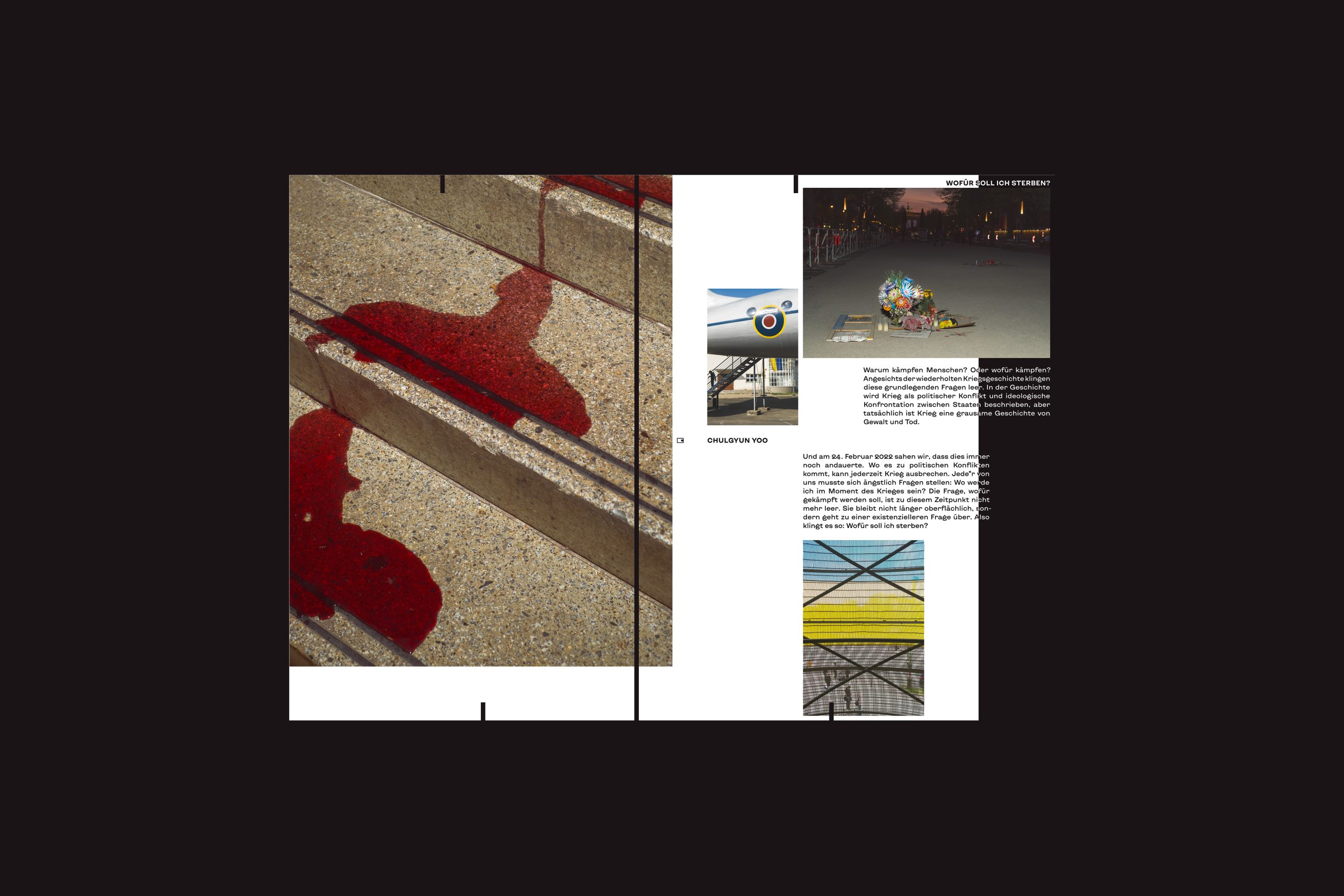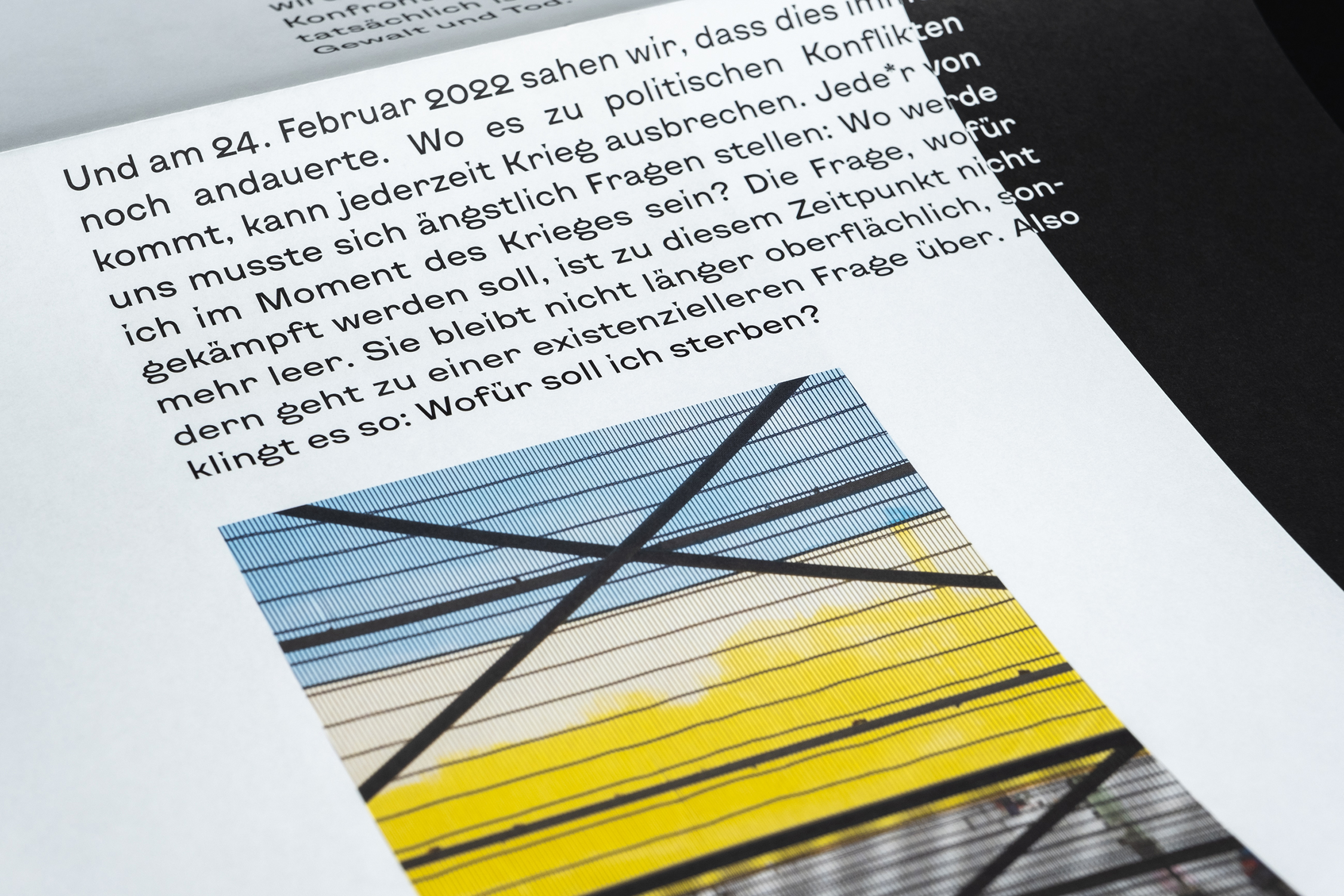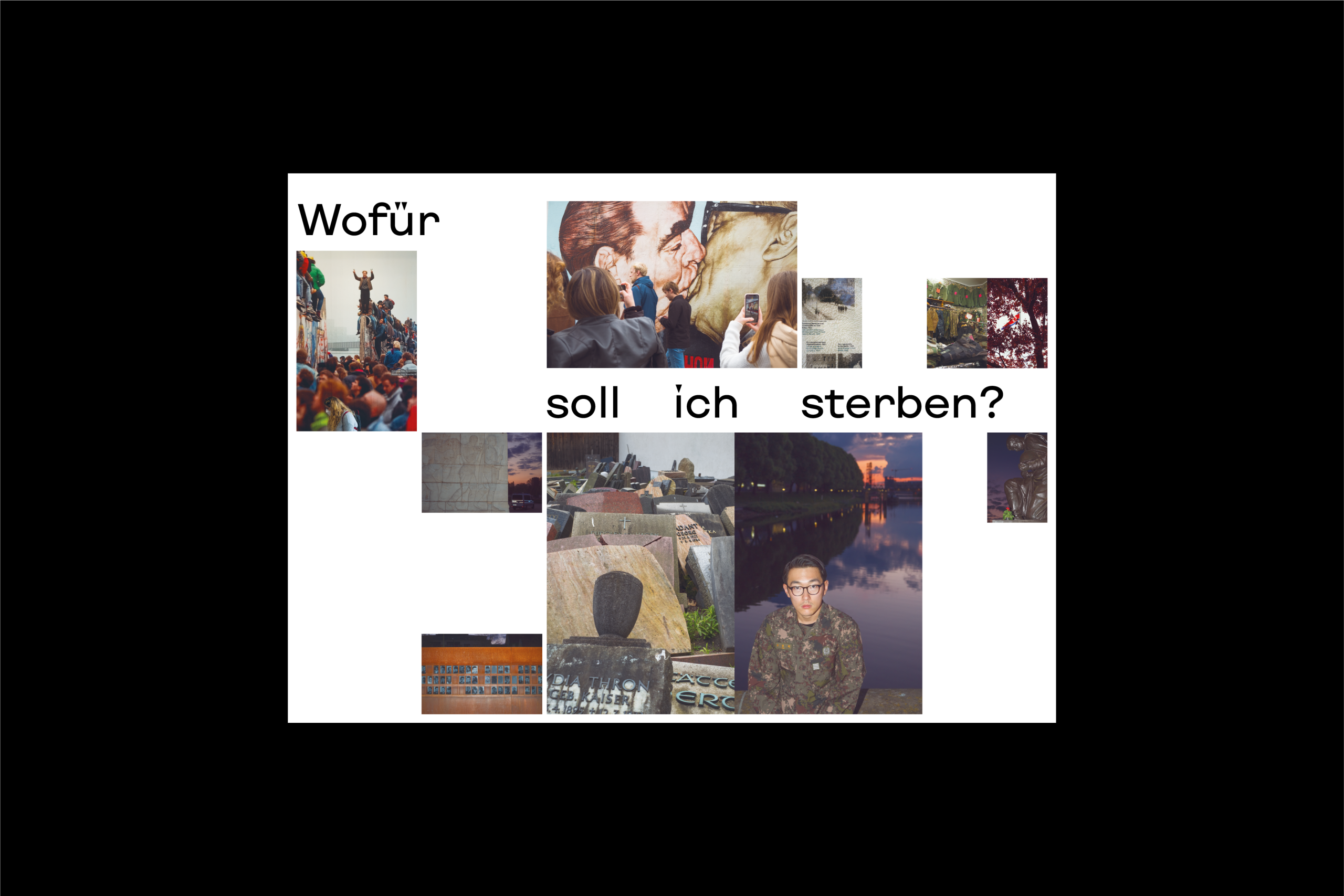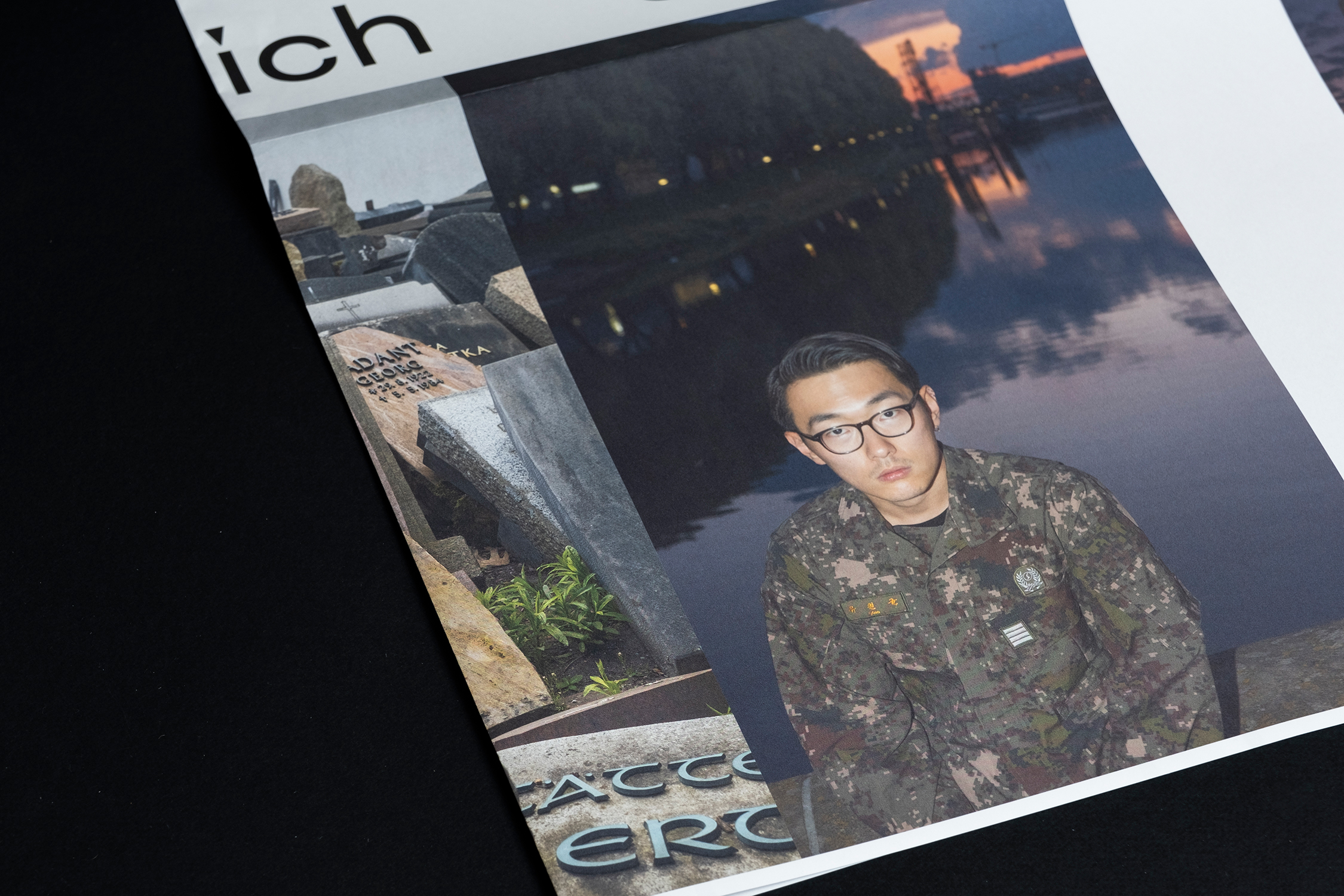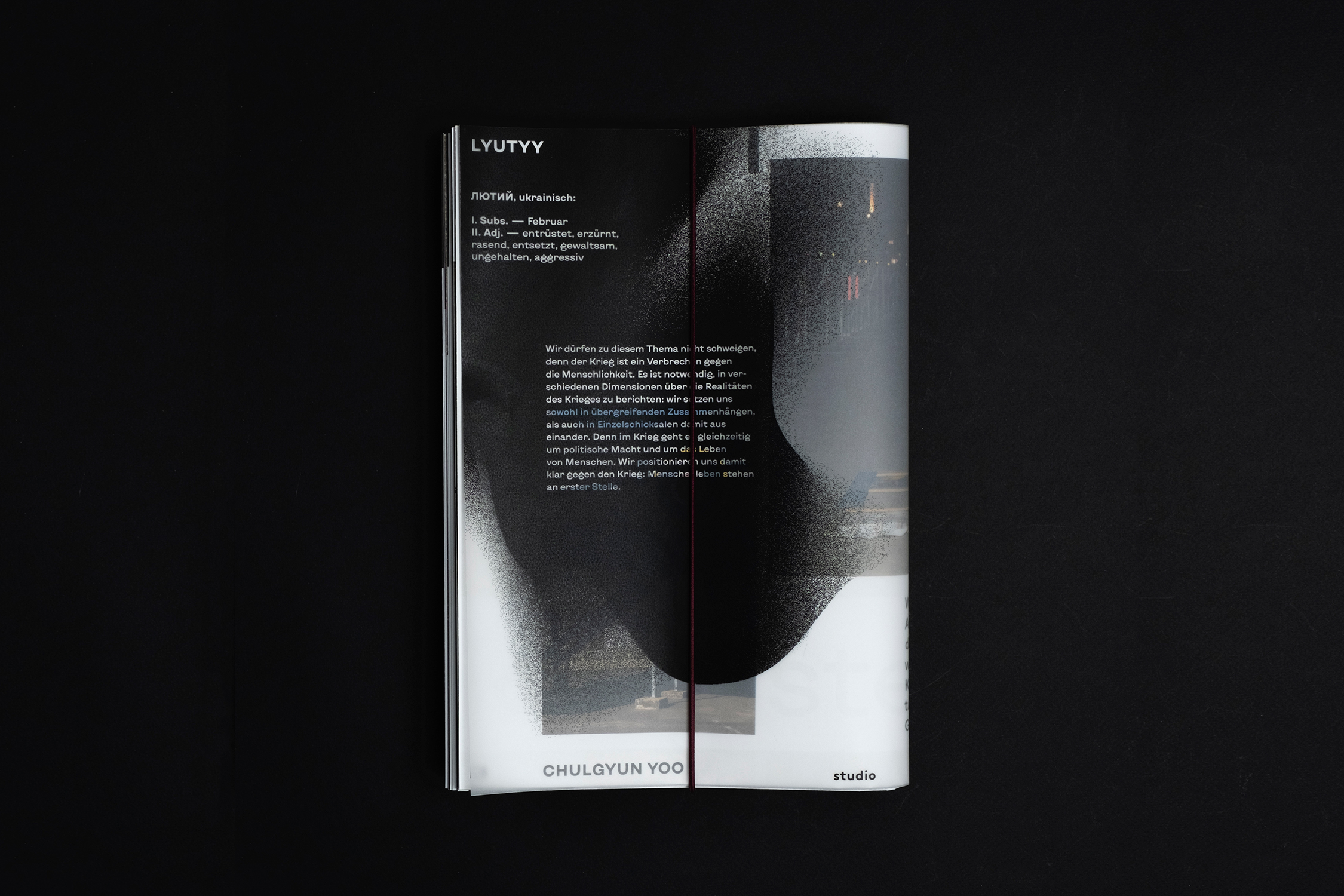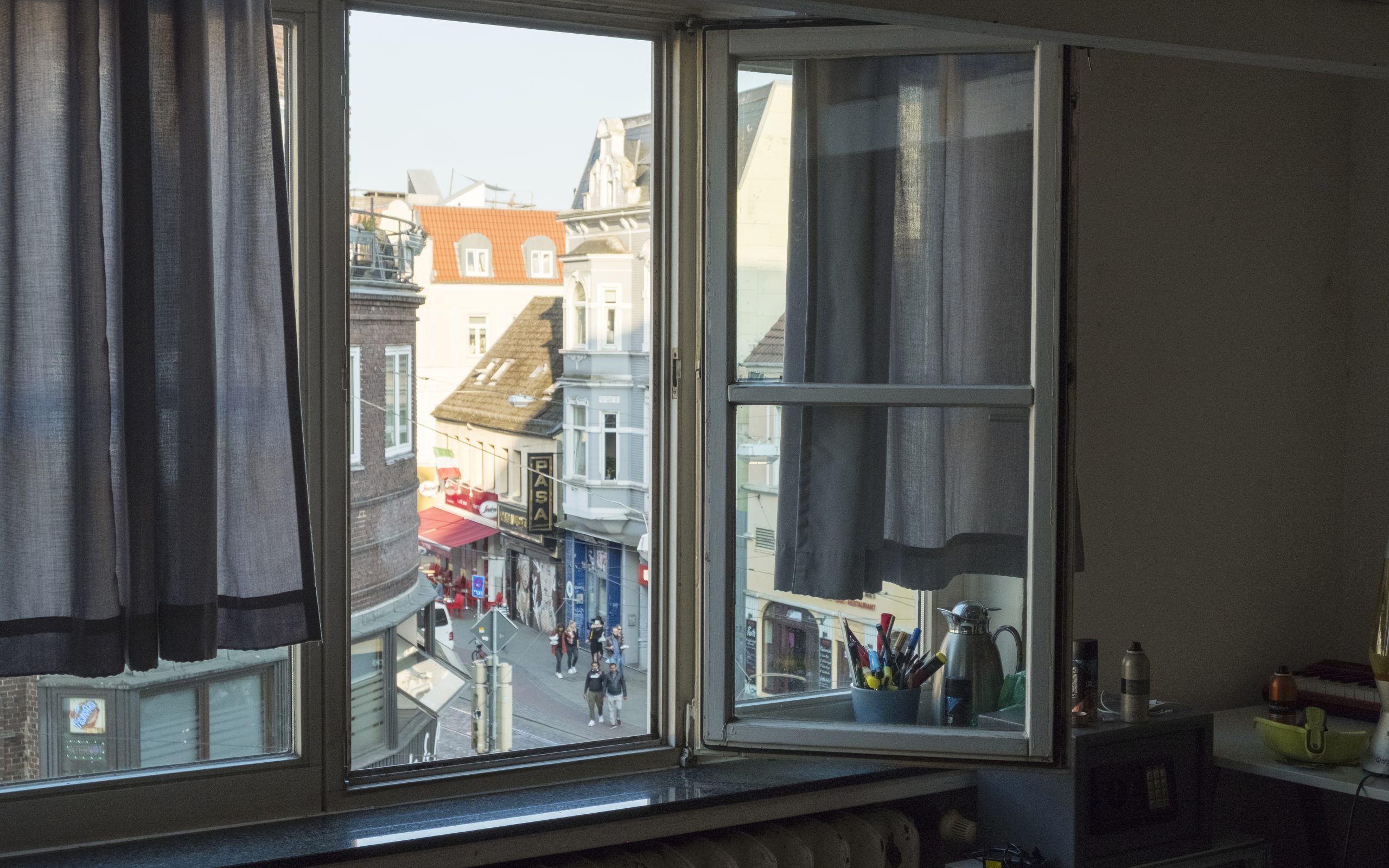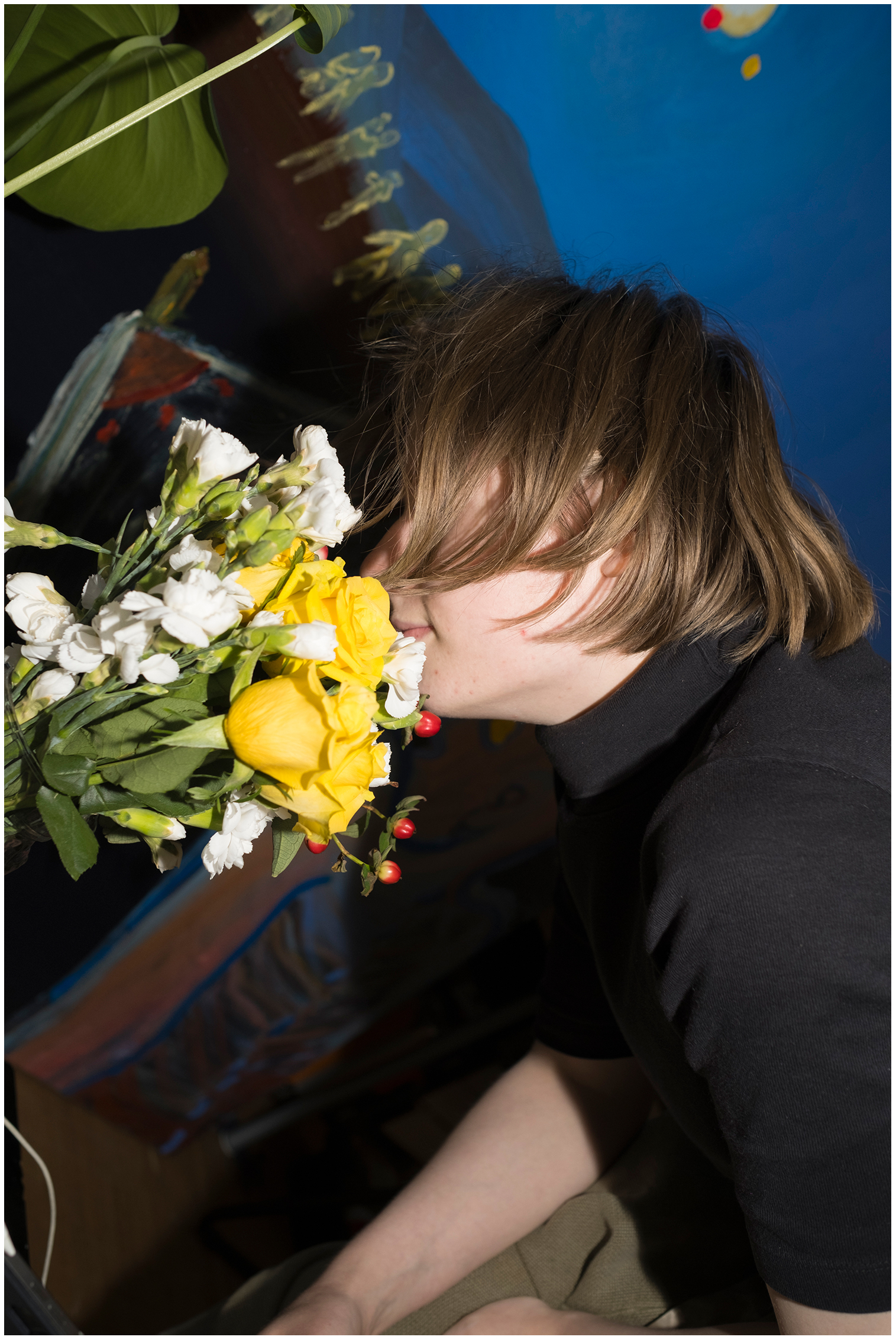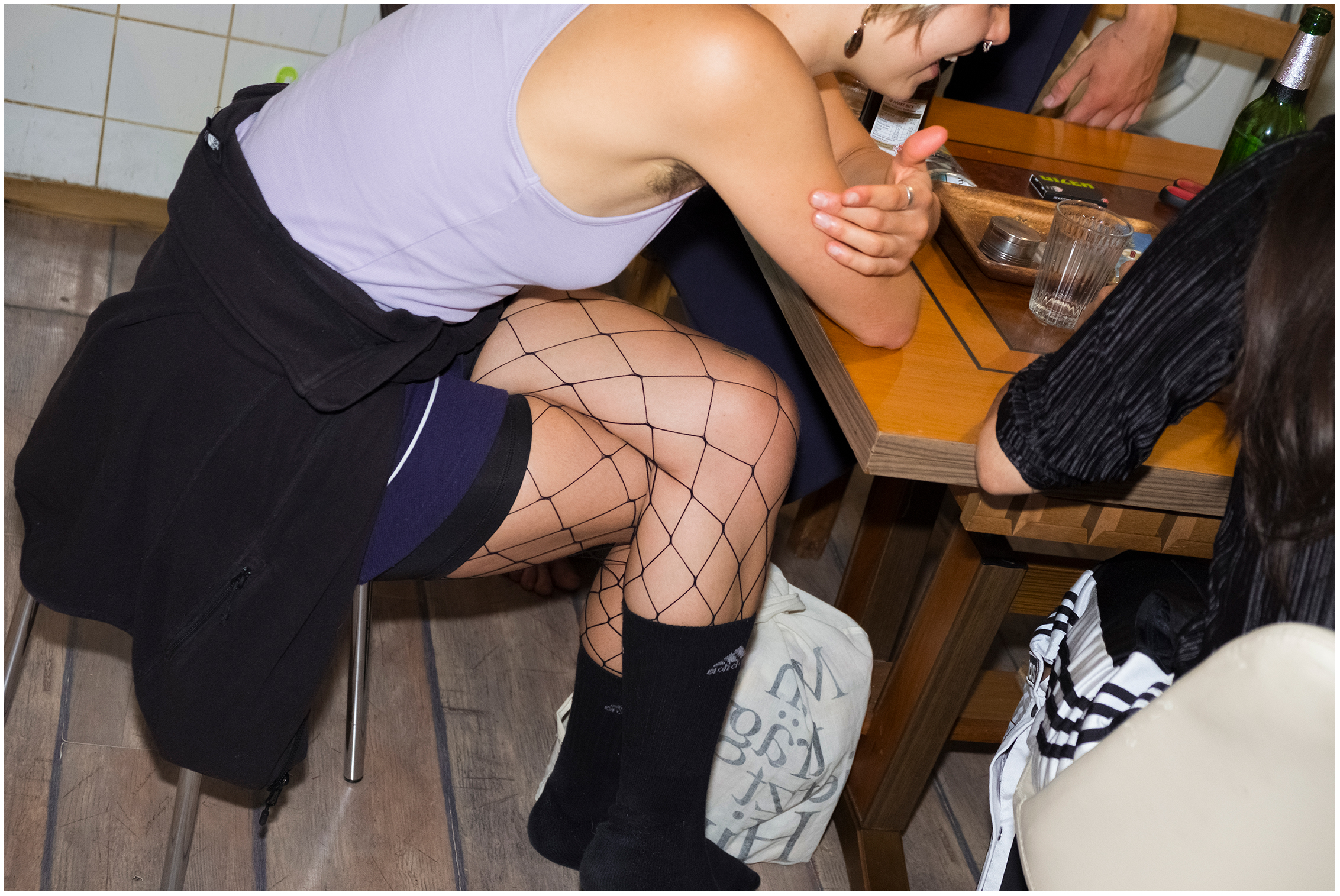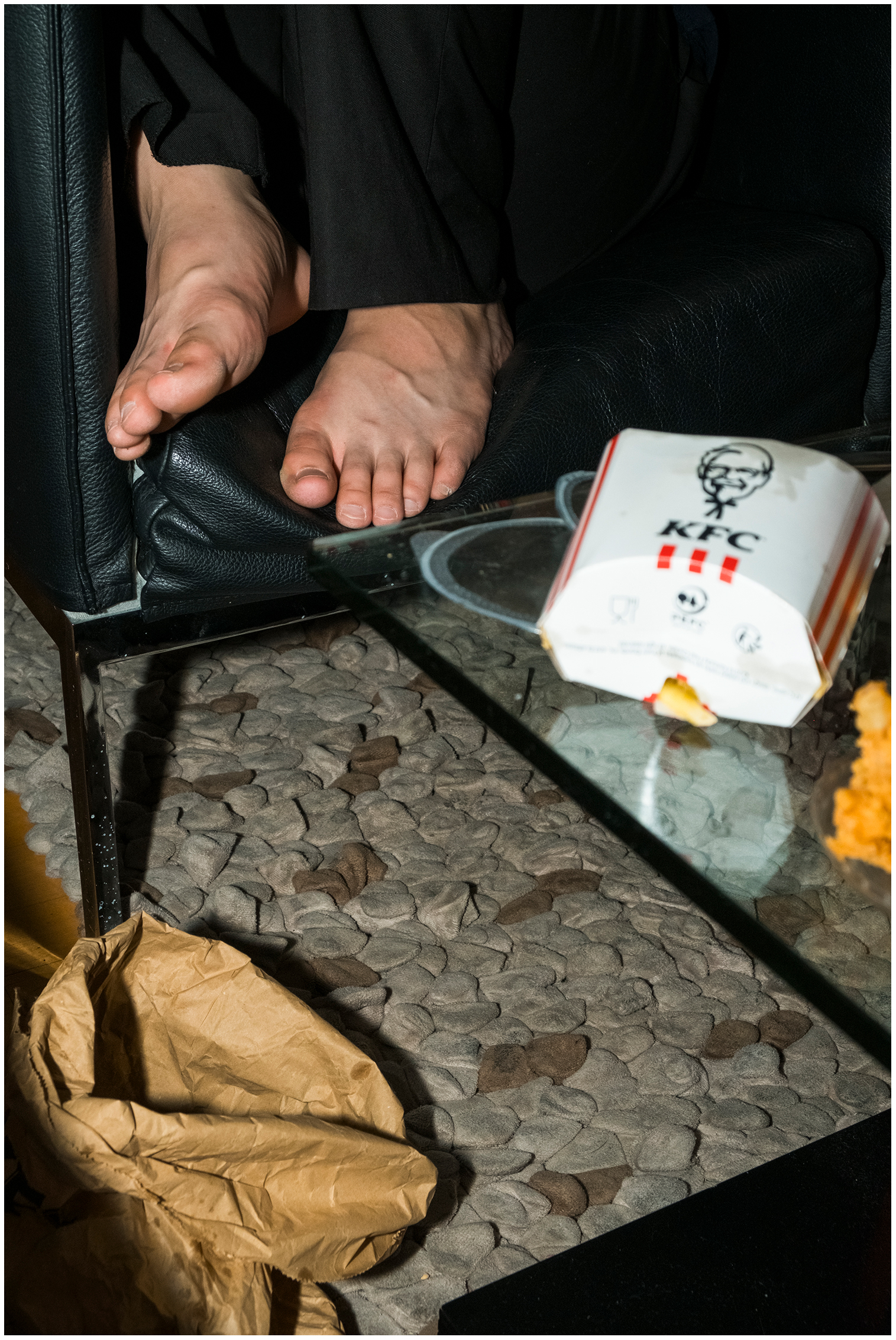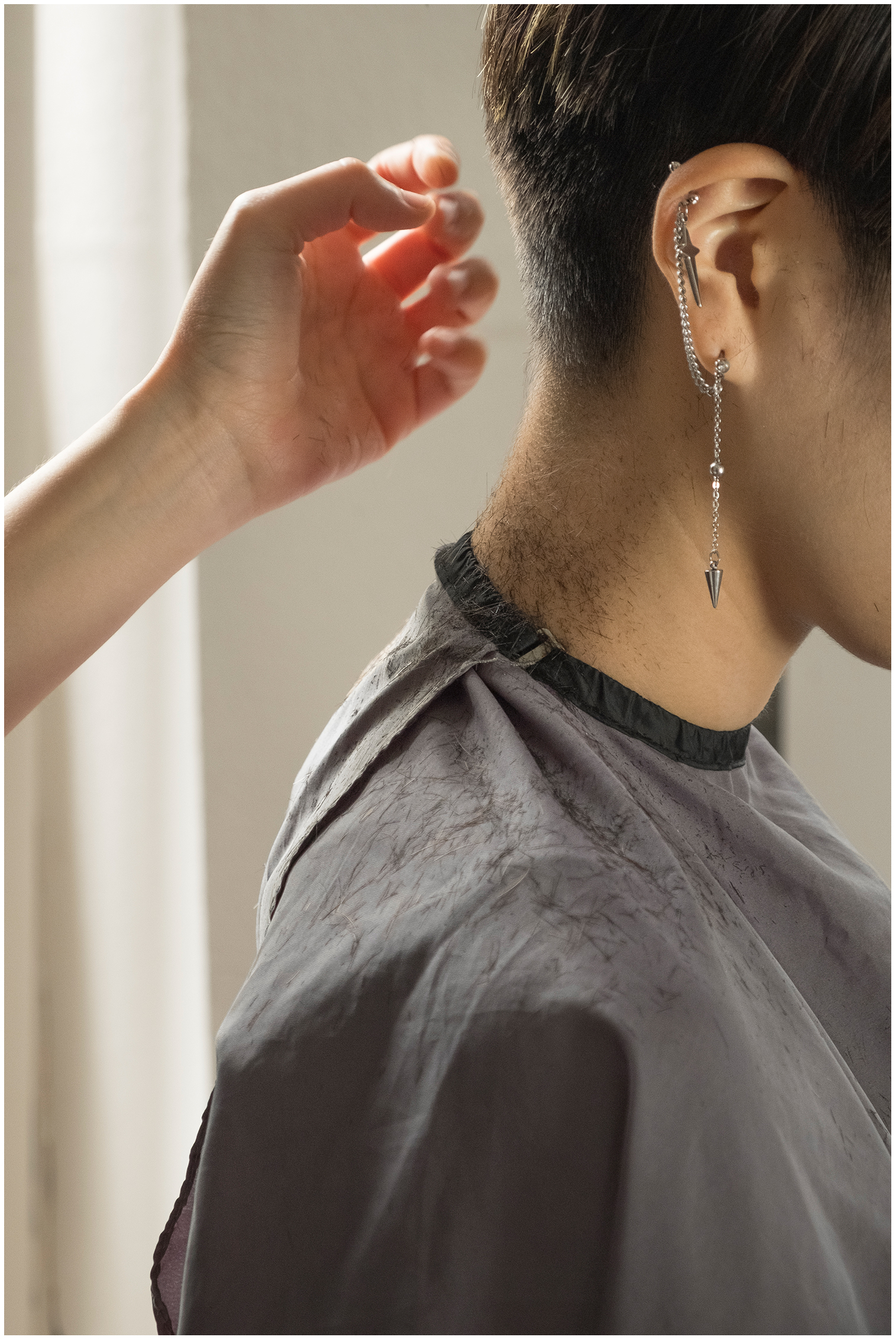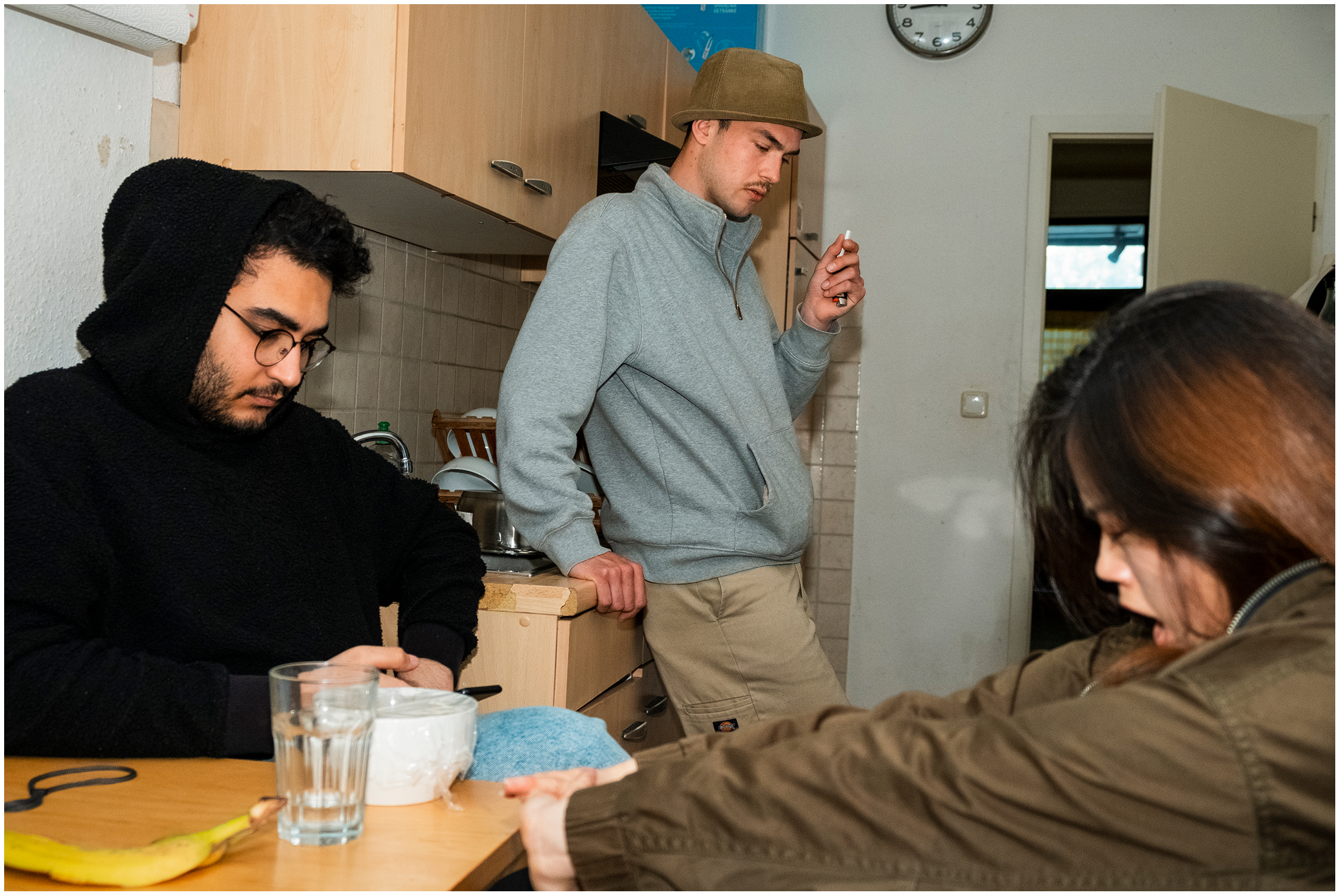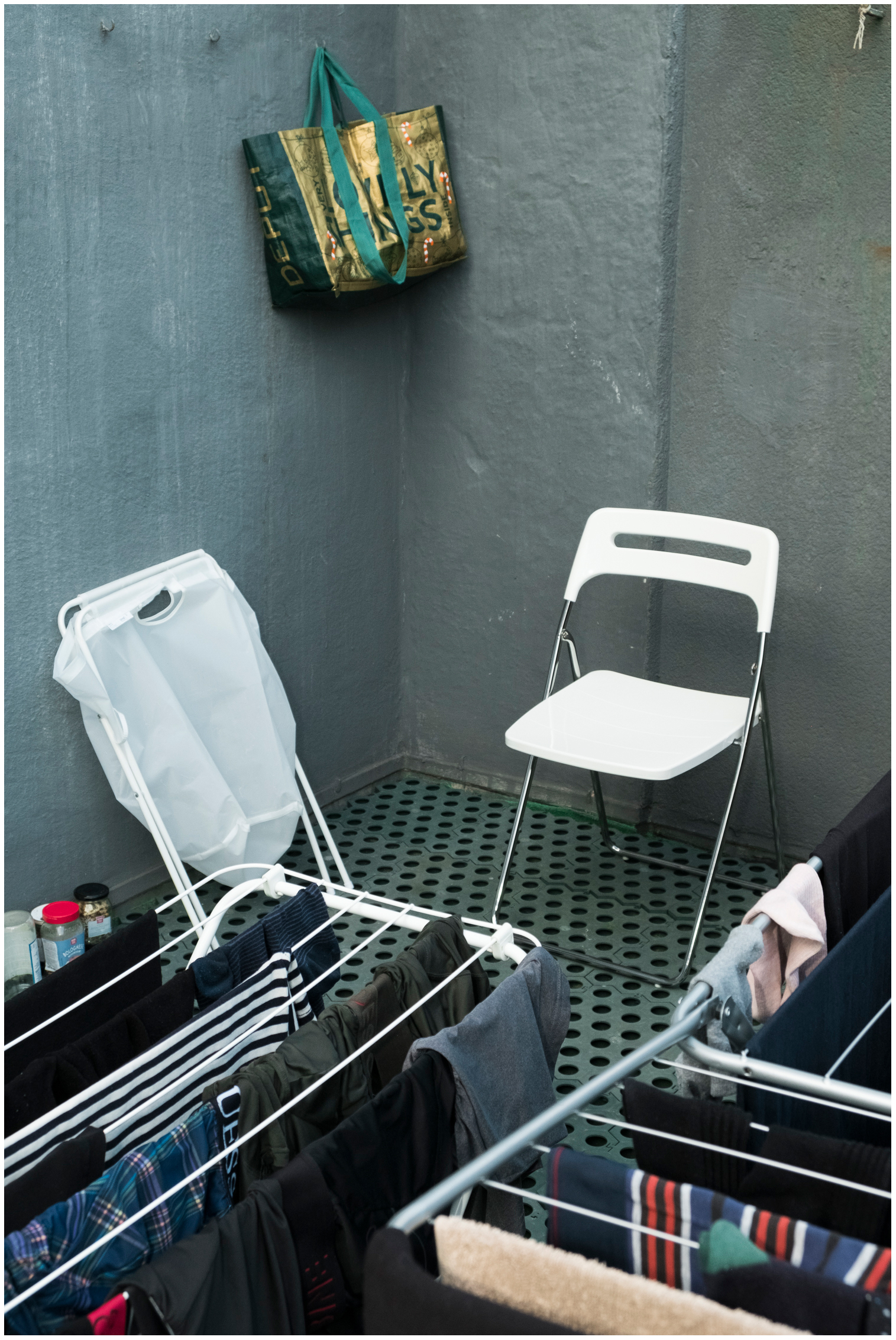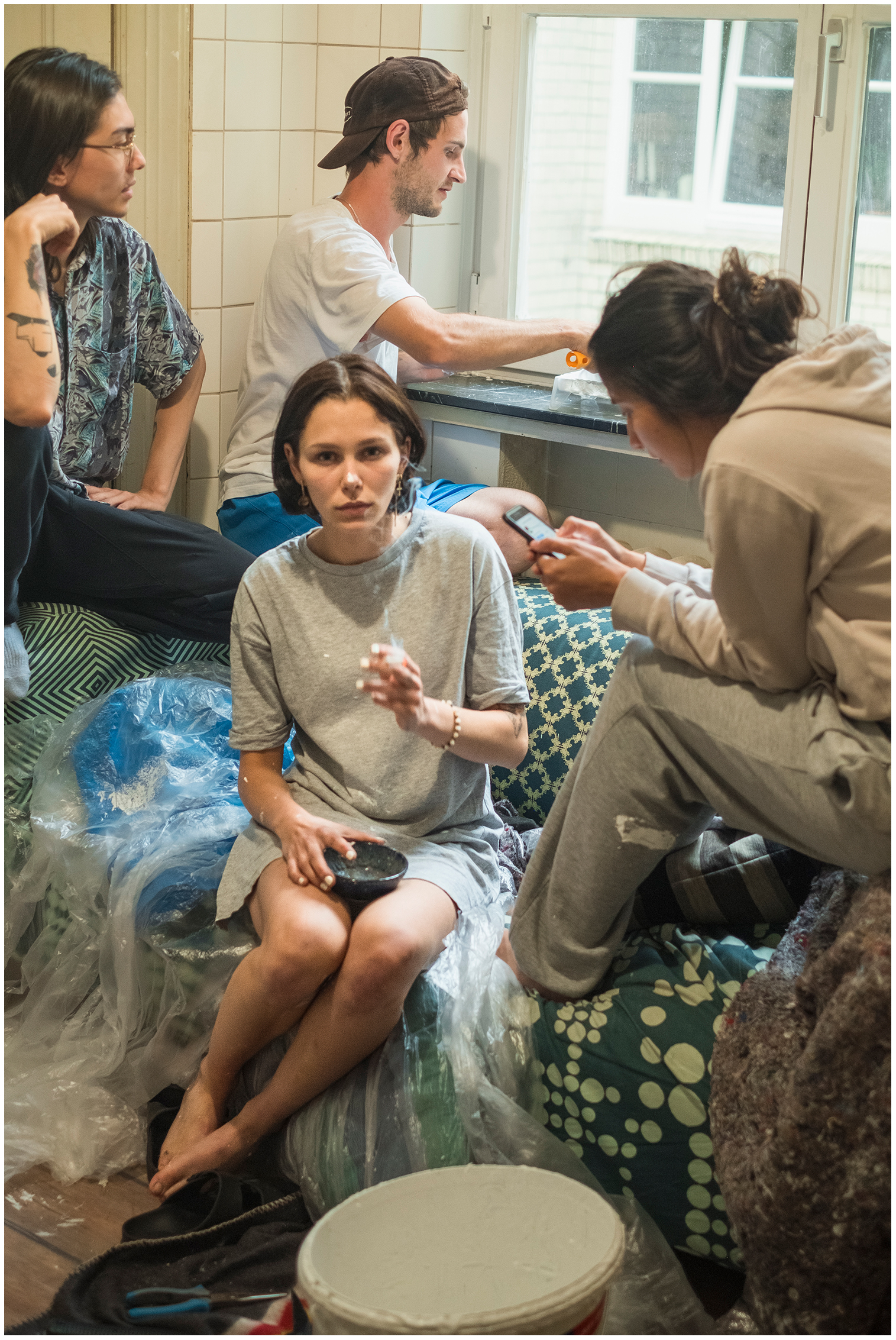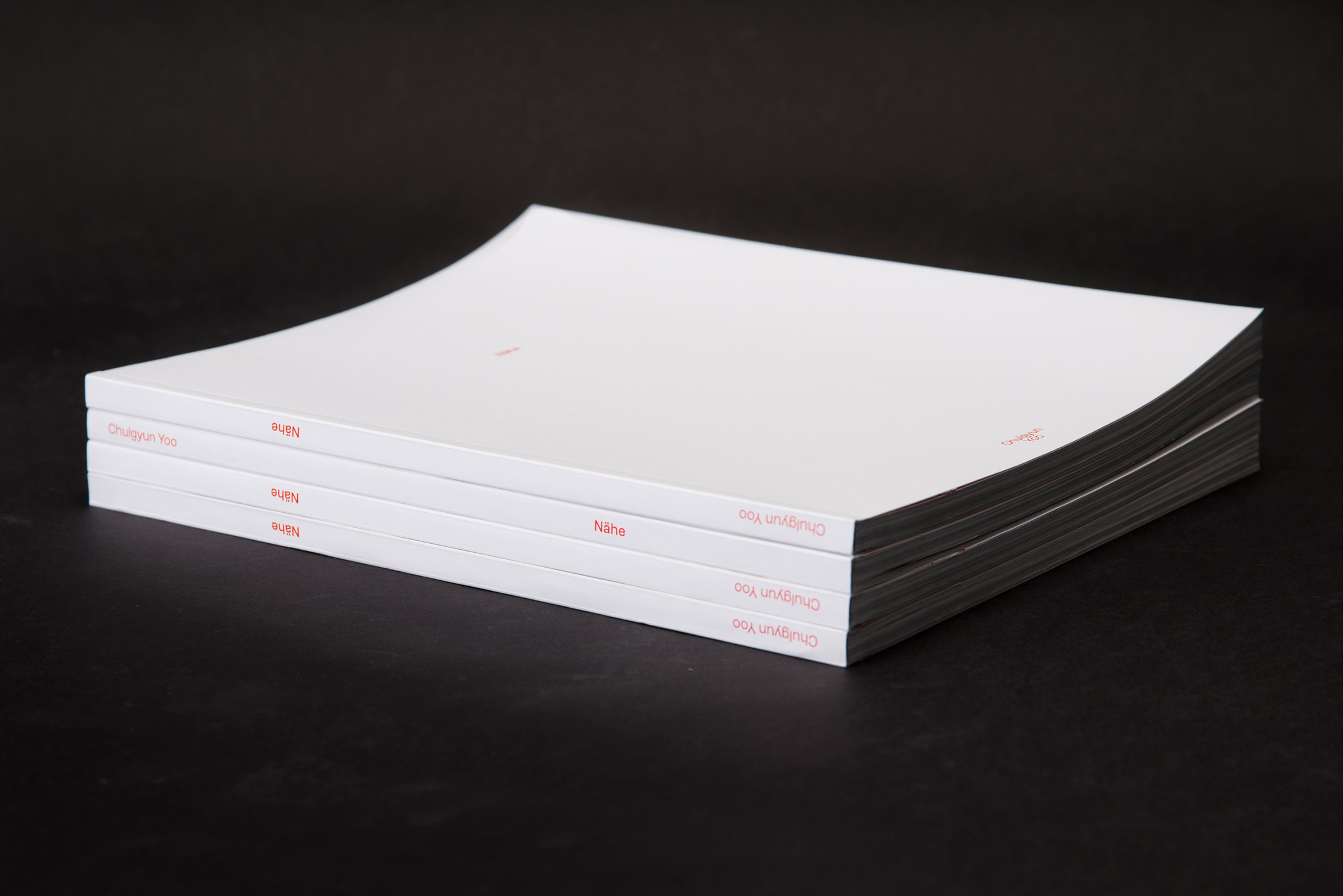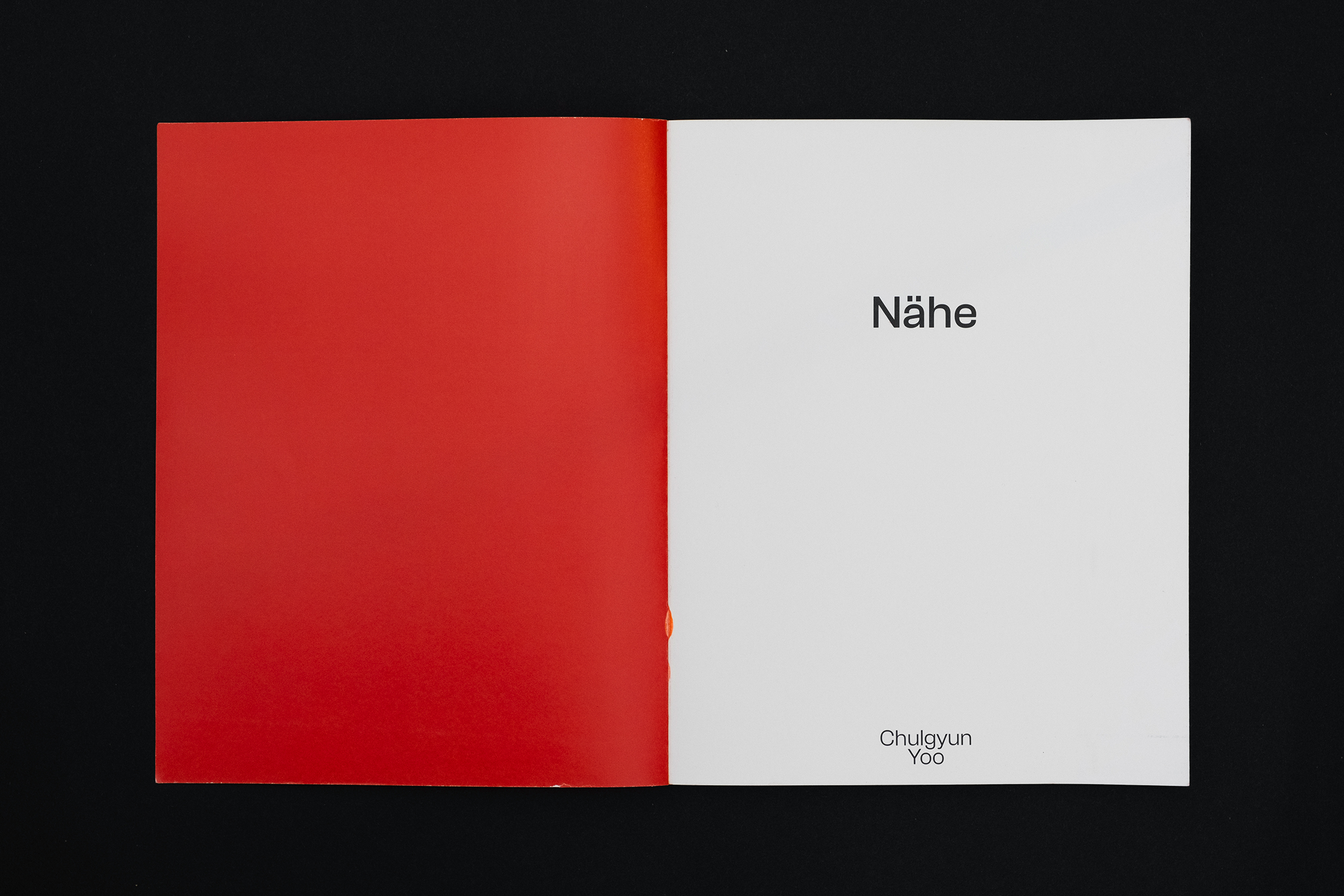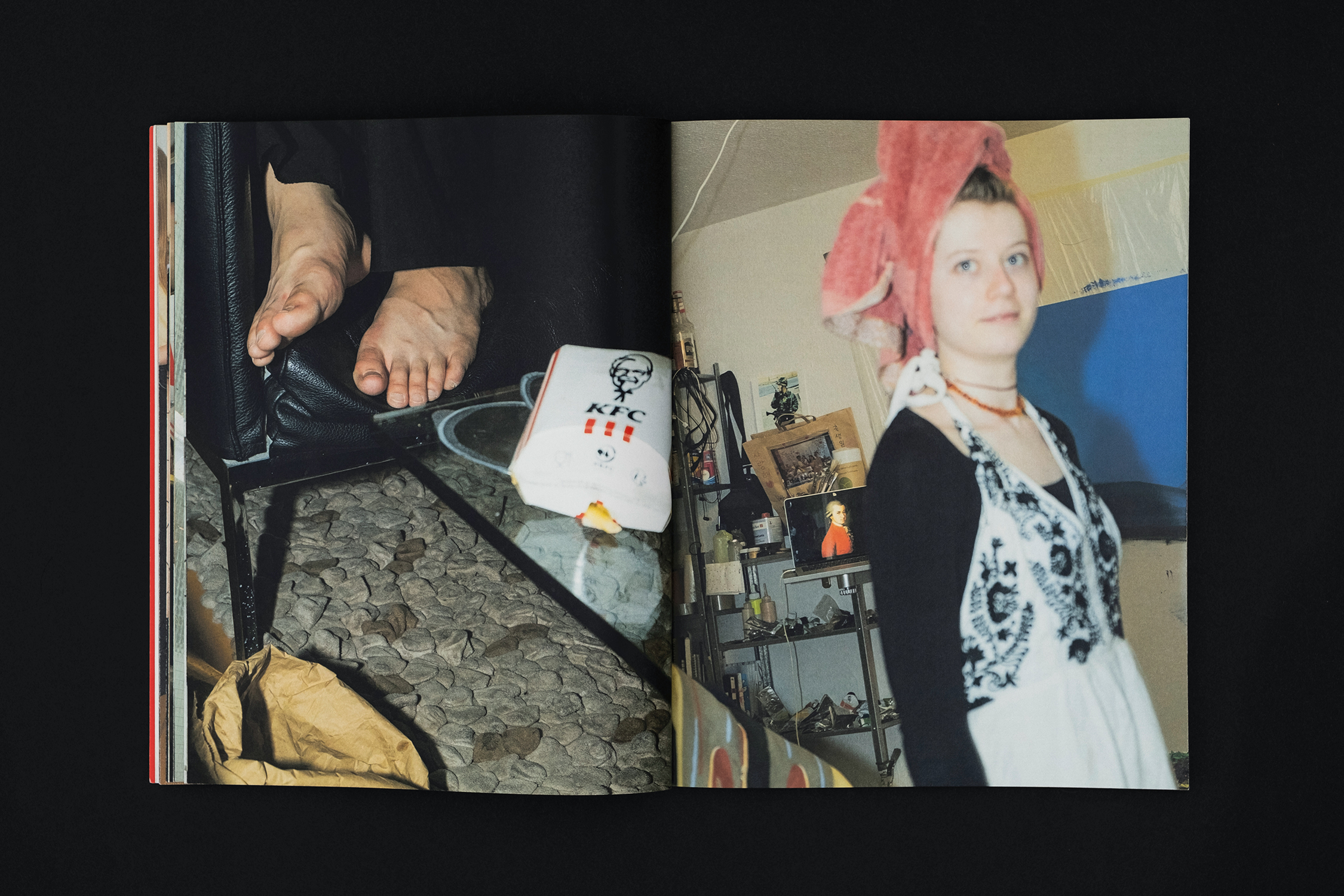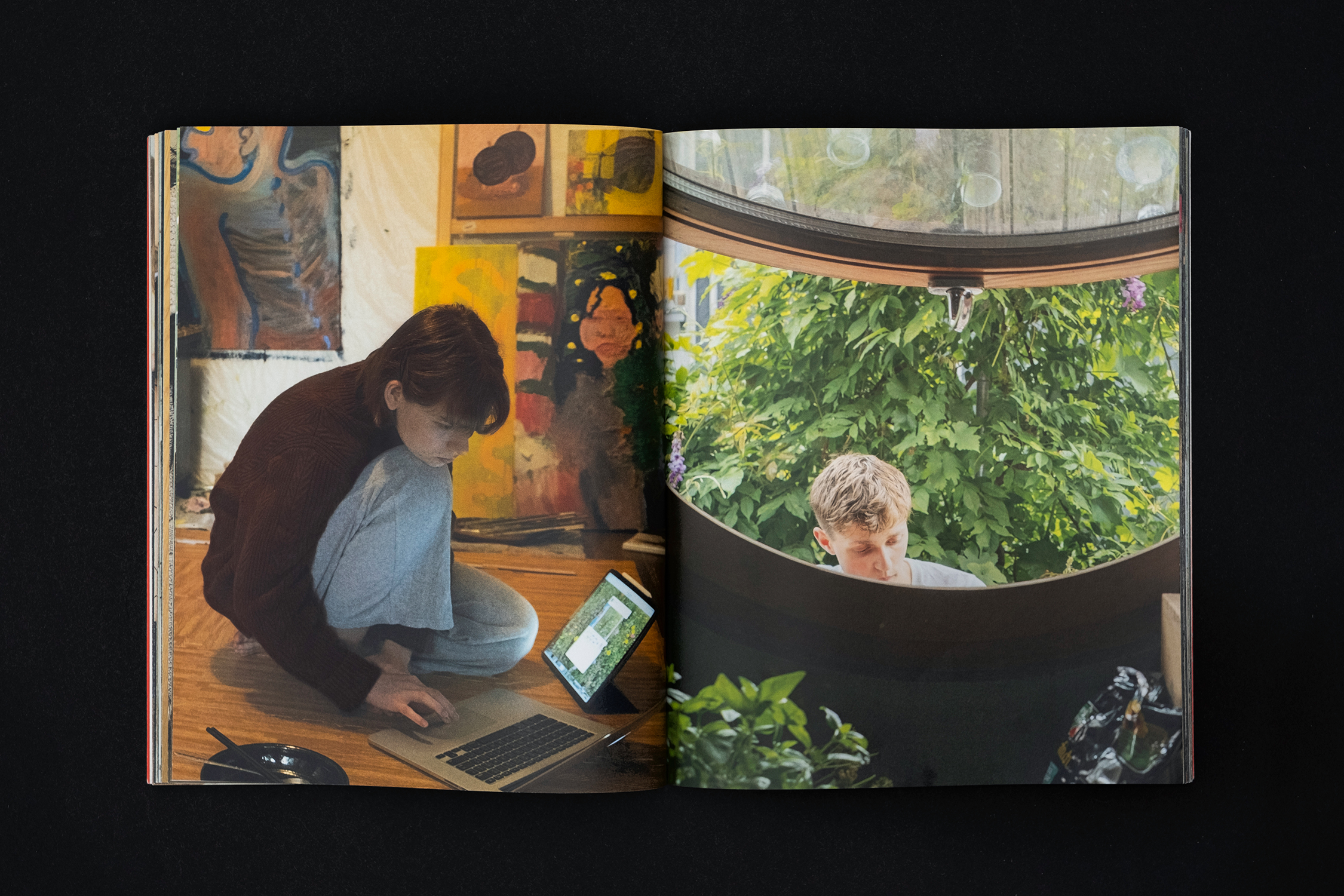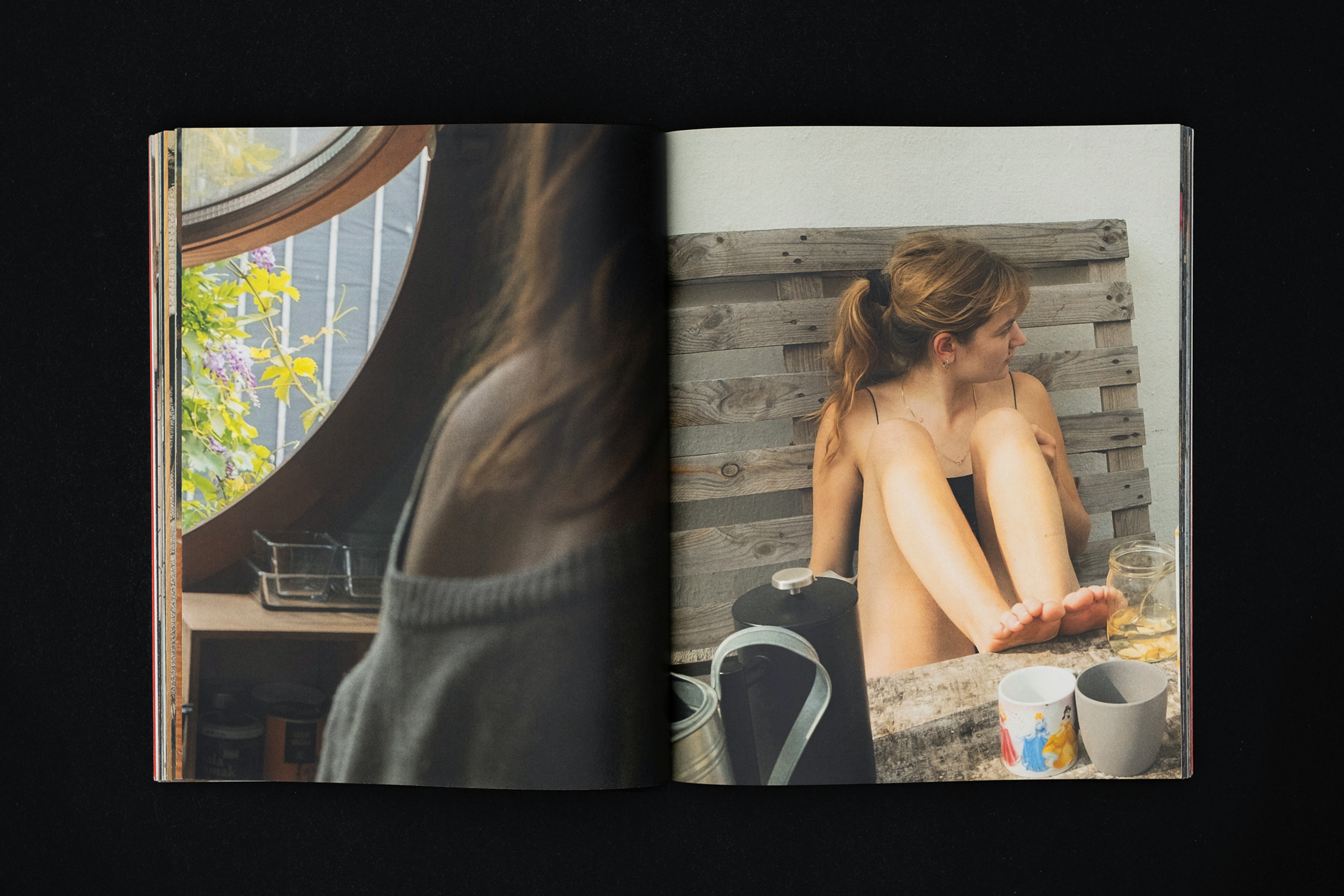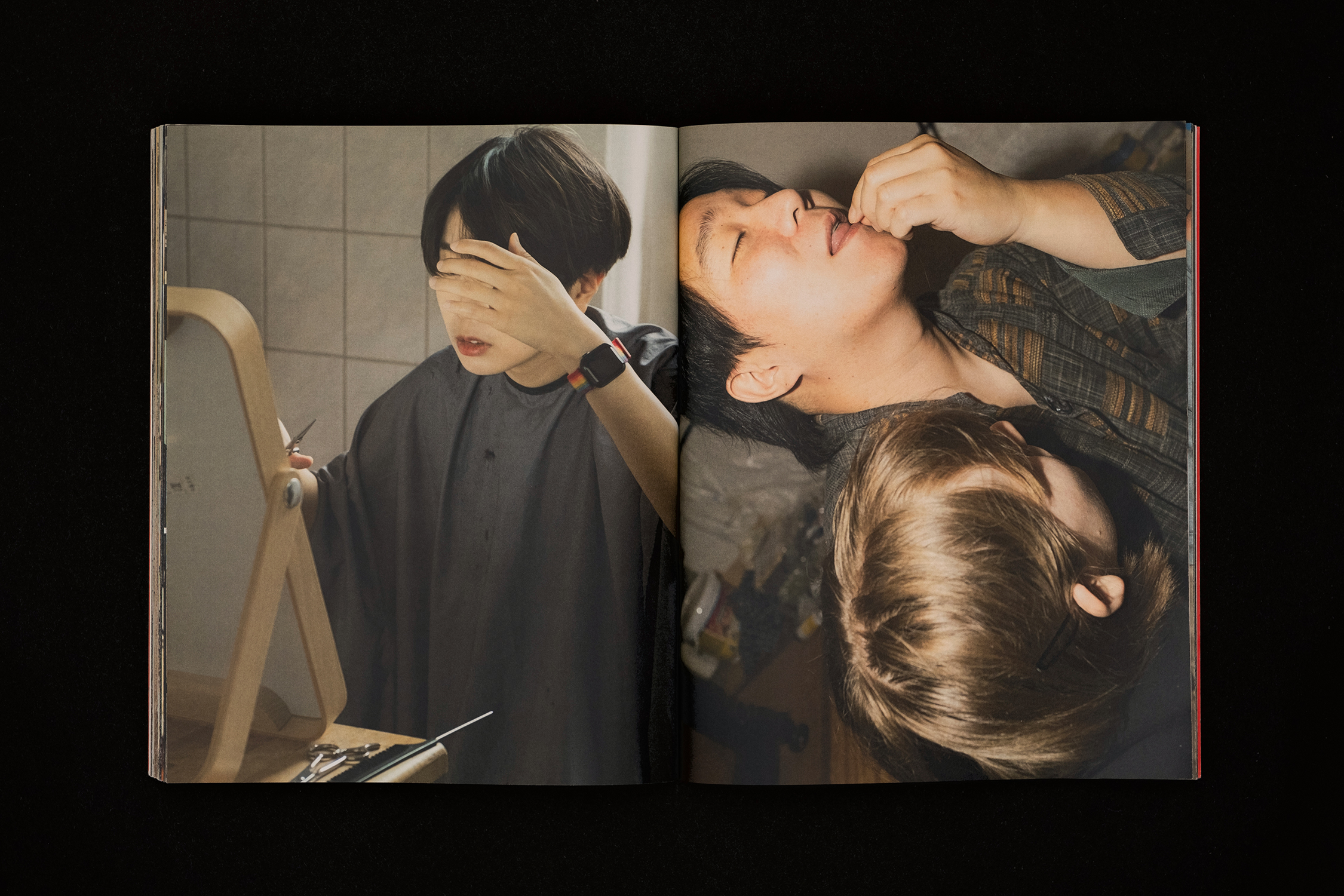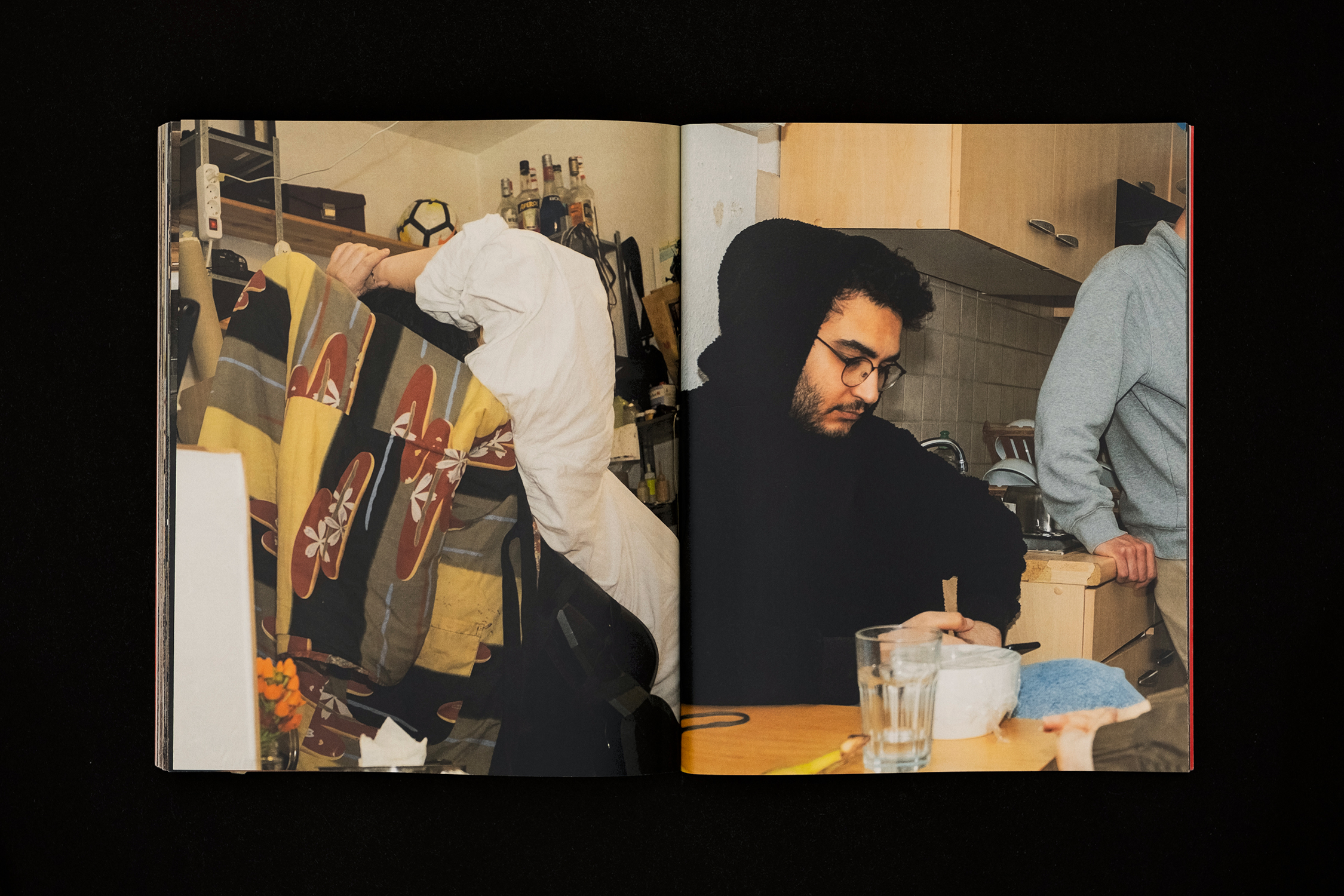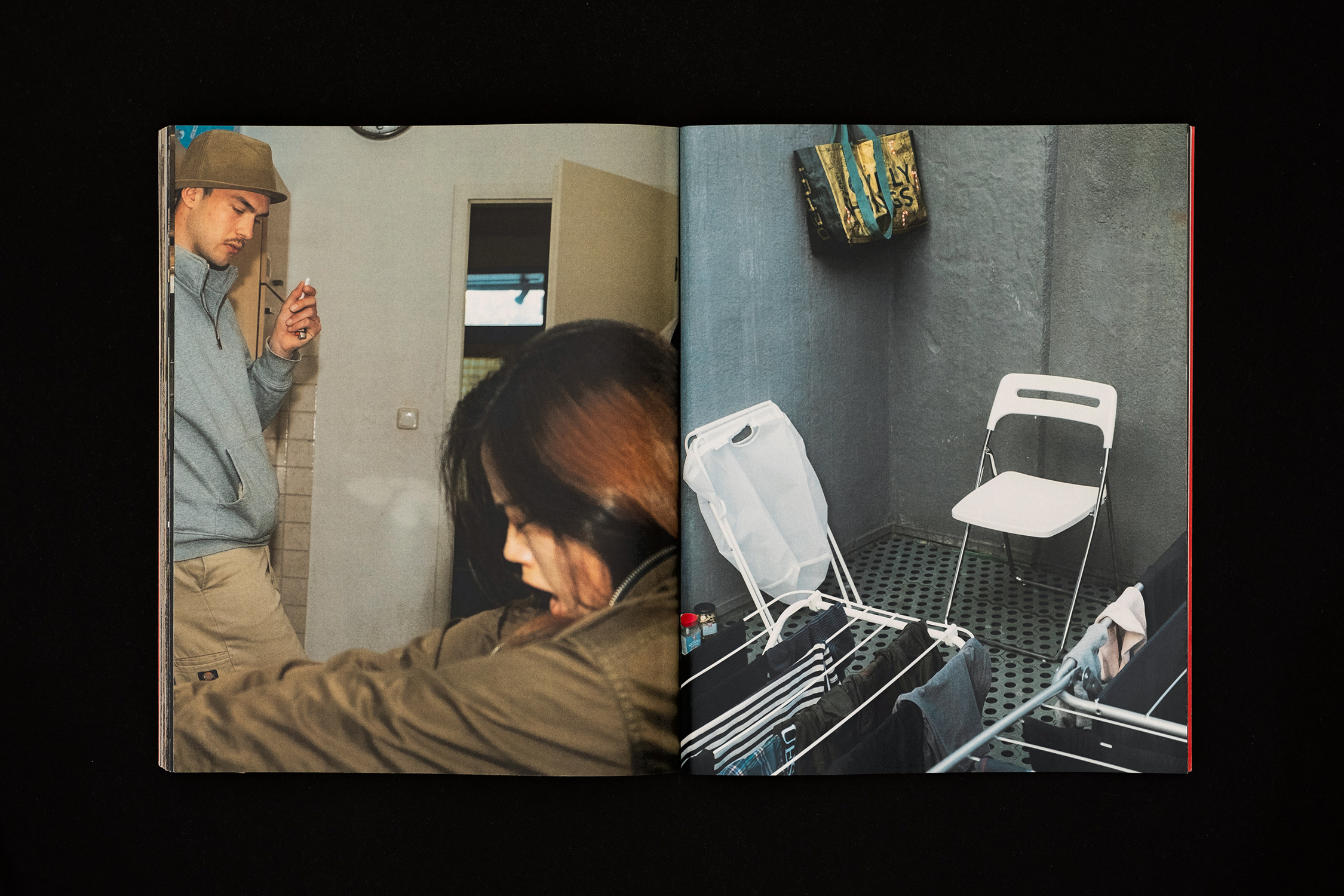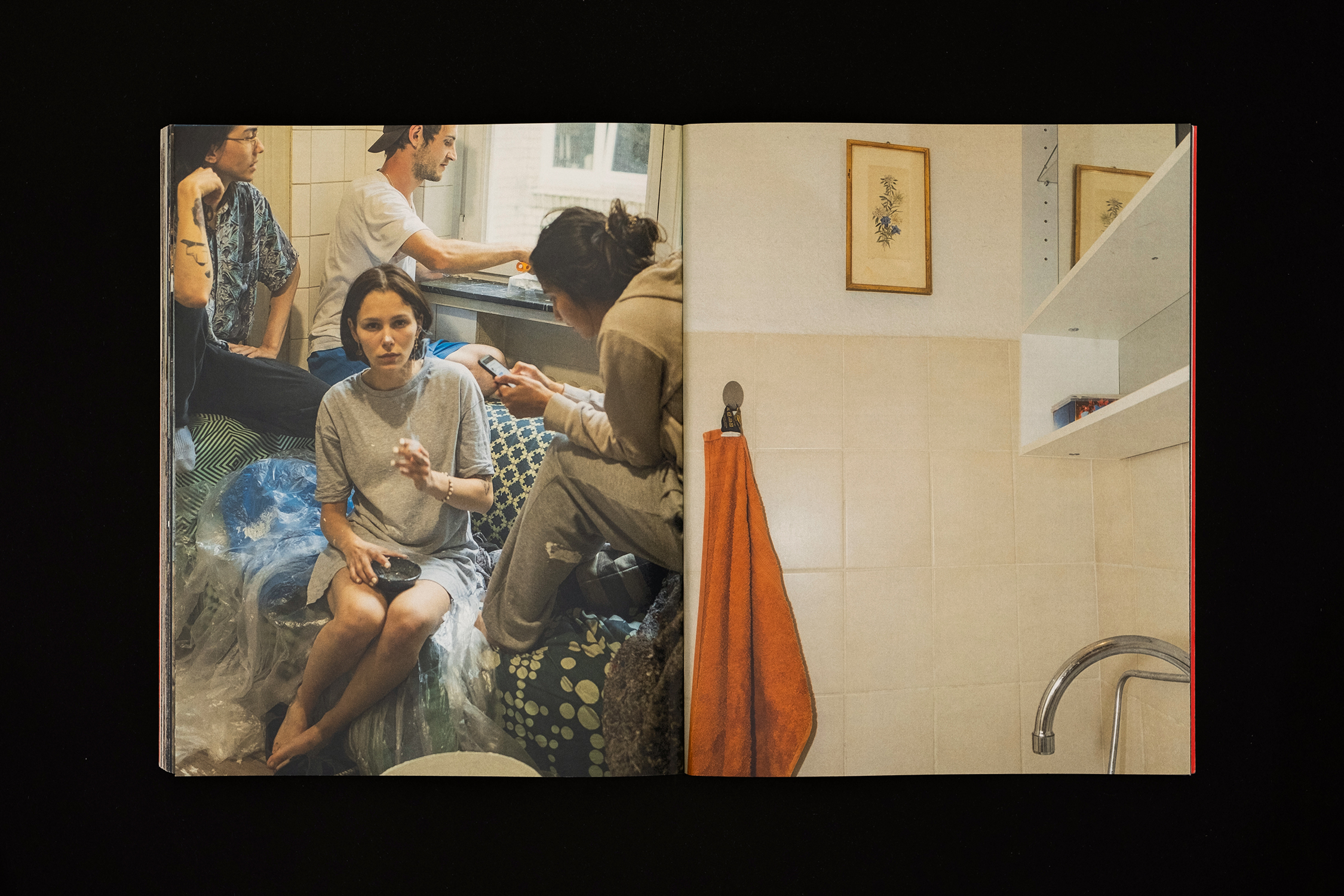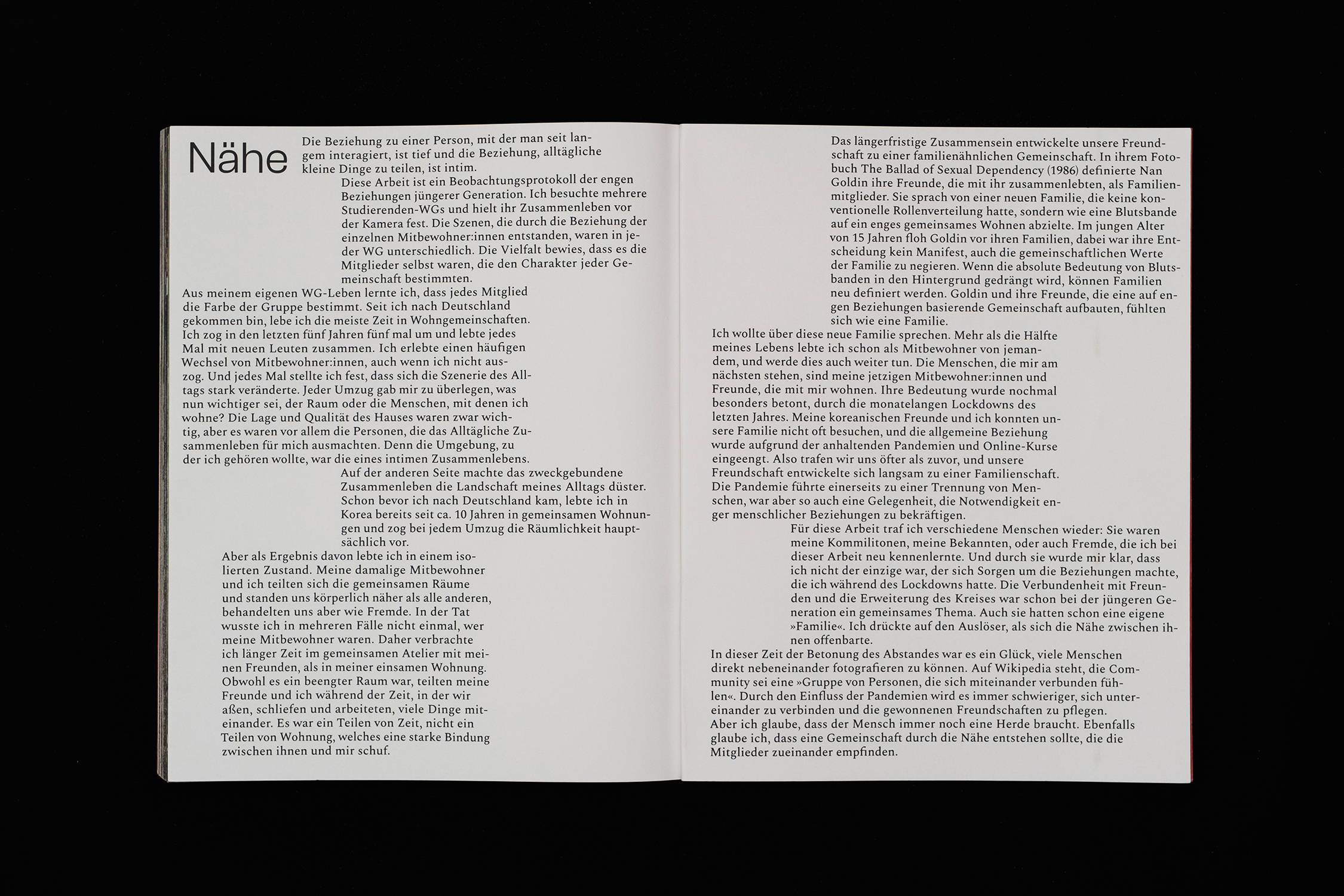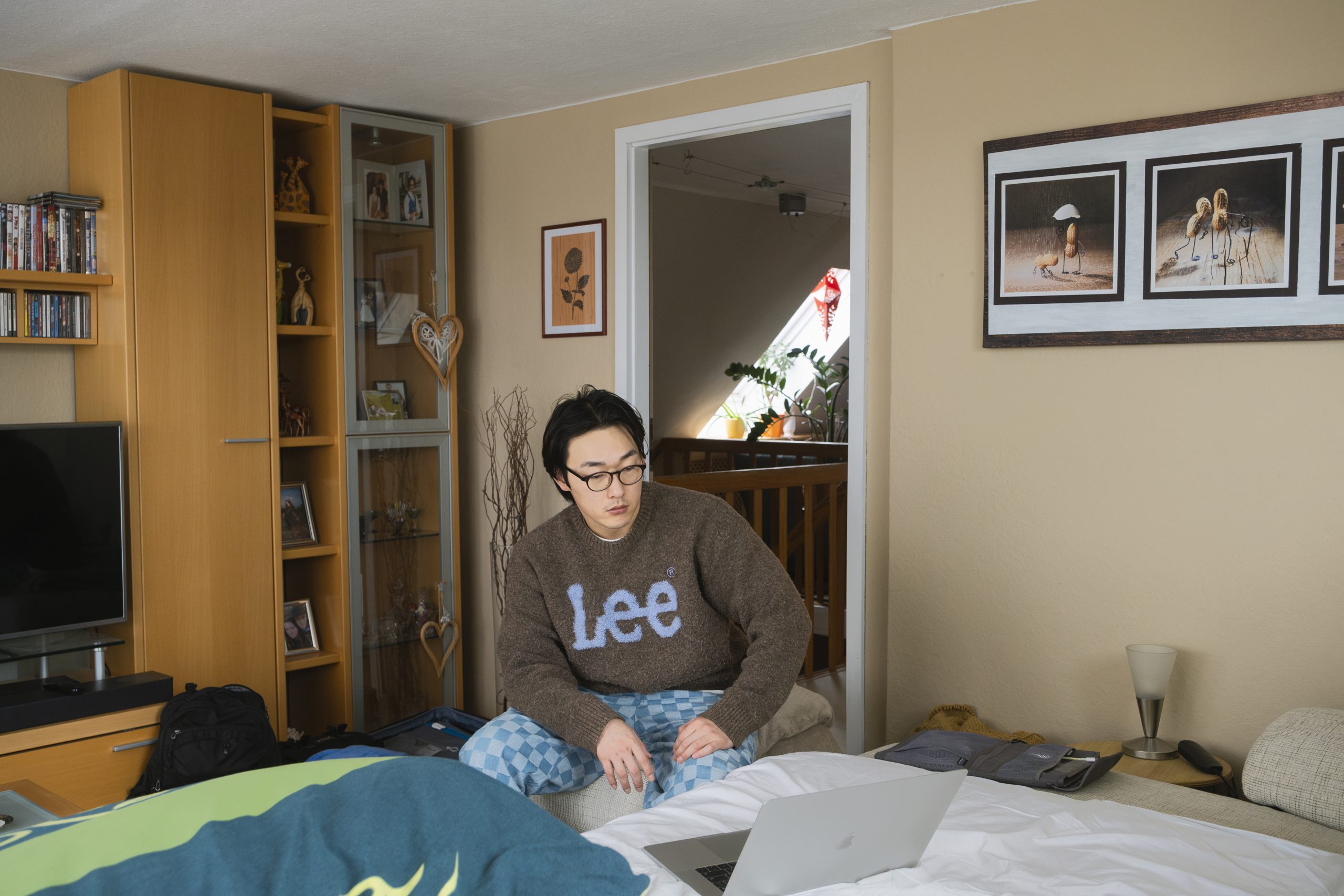
Where Is My Home?(2024)
photography
text
Editorial design
exhibition design
This work presents the ambivalent feelings of foreigners becoming part of foreign families in a humorous way.
Is it able to feel at home in a foreign community?
The situations in which foreigners are part of families are staged alongside the everyday life of these families. It is theatrical, but it is not just fiction. With his ambiguous status, whether the protagonist is part of the family or just a visitor, the question of belonging often arises from one image to the next. The concept of home and belonging is especially complex for foreigners. The subjects are perceived as outsiders by the local community, despite their localization. The awkward moments captured in this series of photographs are explained by this incongruity.
What is home for us in terms of coexistence?
Consequently, the question of what constitutes a home is again raised. For all individuals, a home should be a place where one feels comfortable and can be authentic. This can be attributed to a clear anchoring in the place and time in which one is present and the sense of security one derives from it. Over the course of my eight-year residence in Germany, I have endeavored to achieve a sense of belonging. Nevertheless, the indelible awkwardness is at the heart of this project. Through it, I question the ambiguity of the marginal man in the context of globalization. The work explores the meaning of home for human beings.



What is far Away will one day Become a longing(2023)
photography
text
Editorial design
This work depicts the landscapes of my childhood from the perspective of the present. These are the places where I lived, yet they have become as foreign to me as the years I spent away from them. Just as something that is far away suddenly no longer belongs to me, this night scene reflects my personal impressions of my time in my hometown, which has become foreign to me.
The rustic nature combined with the folkloric space is the source of my calm energy and my connection with life. The derelict buildings in the vicinity evoke the things I have left behind, while the construction sites that have taken their place foreshadow the things I will lose in the future. However, home is not a physical location; it is a memory. Even if the village appears to have undergone a radical transformation one day, the memory of those days will always be preserved.
“…Unlike the man-made natural spaces in cities, nature in the countryside is natural and unforced. Even people’s living spaces are partly invaded by bushes and other things, so today’s rural village is very strange to me, and this is another factor that widens the gap between the real space and my personal memories.”
From the own text


What Shall I Die For?(2022)
photography
Editorial design
Exhibition design
This work was done by participating in the team project LYUTYY. More information about the whole project can be found here.
Why do people fight? Or what do they fight for?
In the face of the repeated history of war, these basic questions sound empty. History describes war as political conflict and ideological confrontation between states, but in fact war is a cruel reality of violence and death.
On 24th of February 2022, we saw this repetition was still continuing. Where there is political conflict, war can break out at any time. Each of us had to fearfully ask ourselves these questions: Where will I be at the moment of war? The question of what to fight for is no longer empty at this point. It no longer remains superficial, but moves to existential ground. So it sounds like this:
What am I going to die for?
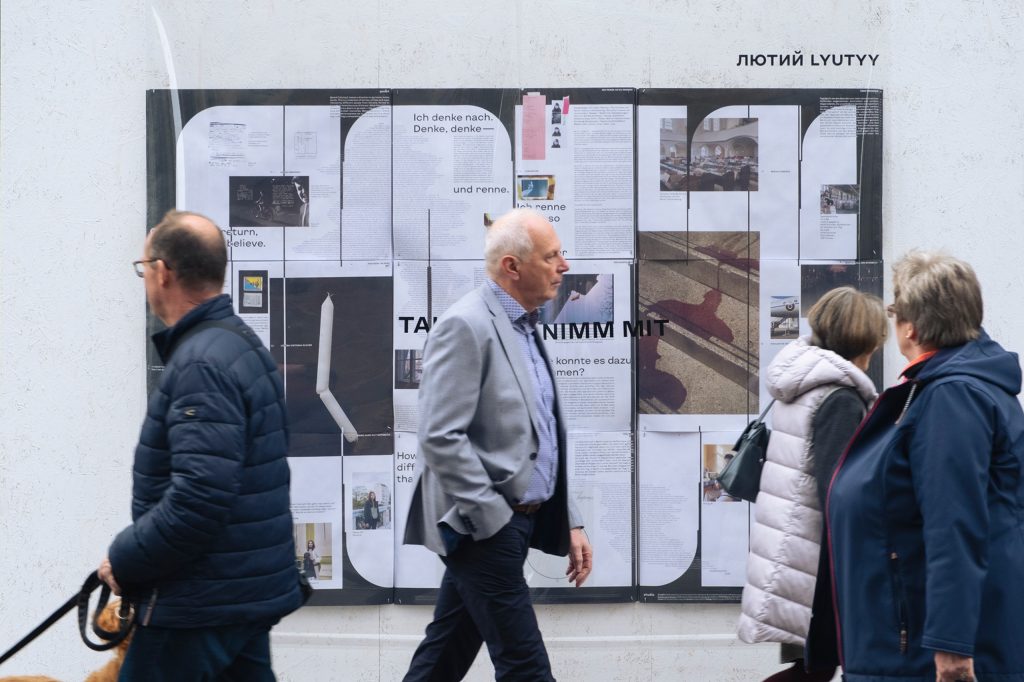




Closeness(2021)
photography
text
Exhibition design
How does the concept of close friendship manifest in the context of shared living arrangements?
The shared flat, which is normally called WG, is a prevalent lifestyle choice in Germany, particularly among younger students and workers. Through a close and daily interaction, these individuals often form a familial-like community. The relationship between shared living and the depth and intimacy of the community is the focus of this research. Indeed, during the challenging period of the global pandemic, the significance of community living became evident. The idyllic summer of 2021, when the lockdown was suddenly eased, presented the optimal opportunity to document the closeness of the younger generation.
“The relationship with a person you have interacted with for a long time is deep and the relationship of sharing everyday little things is intimate.“
From the own text
